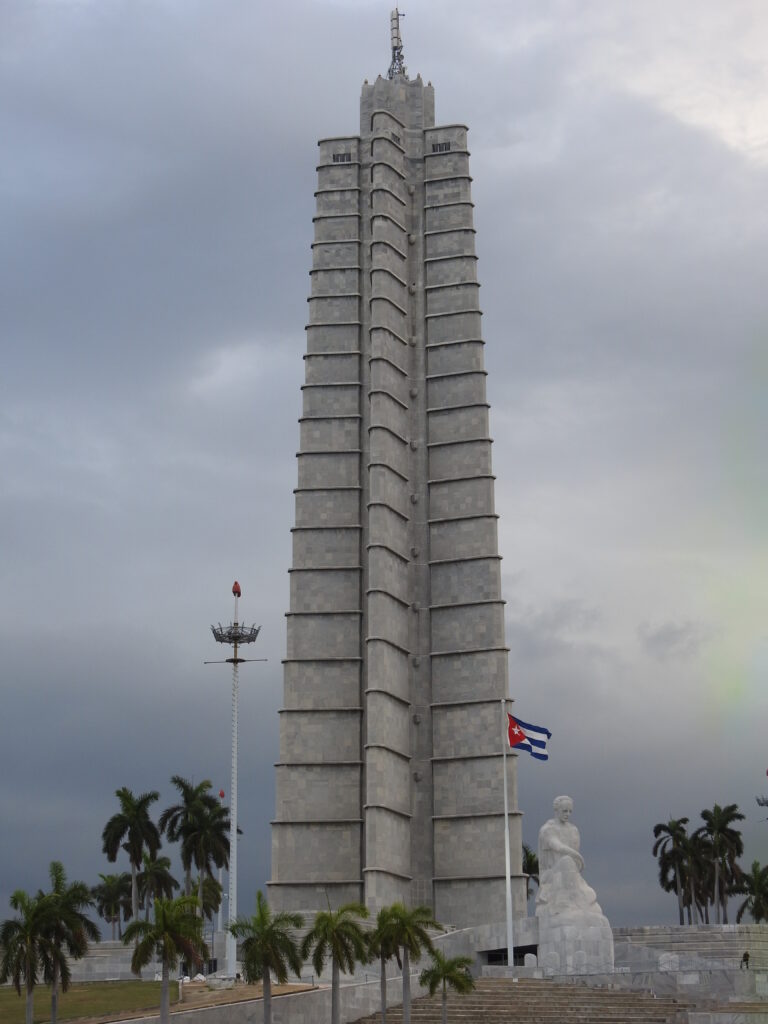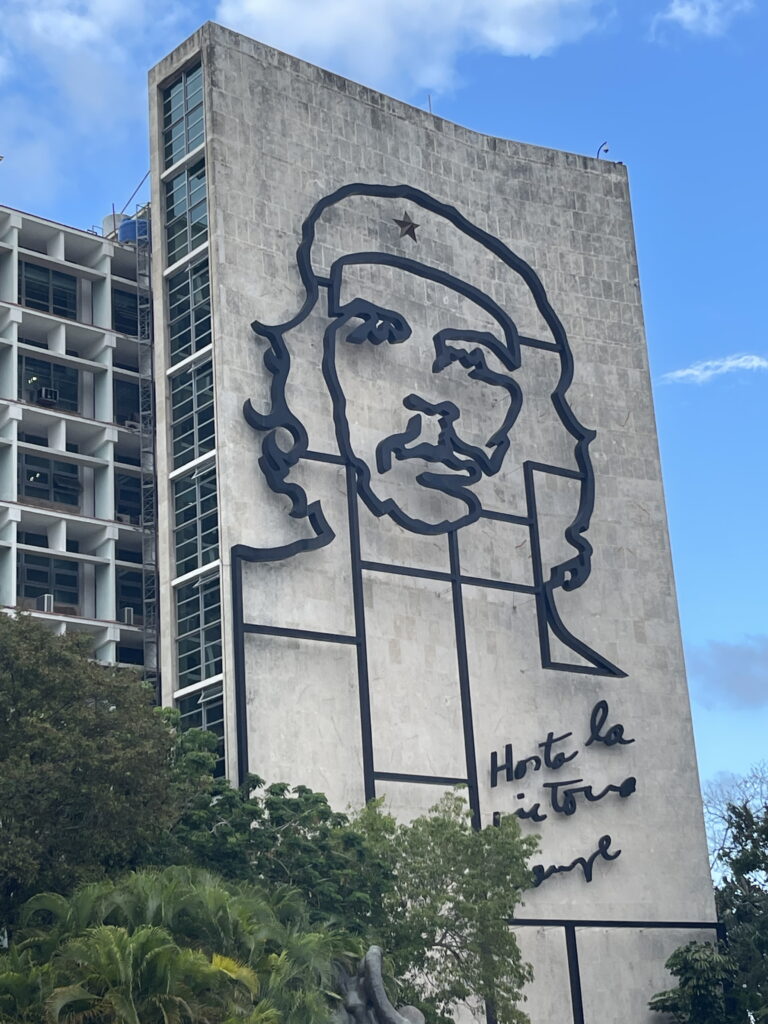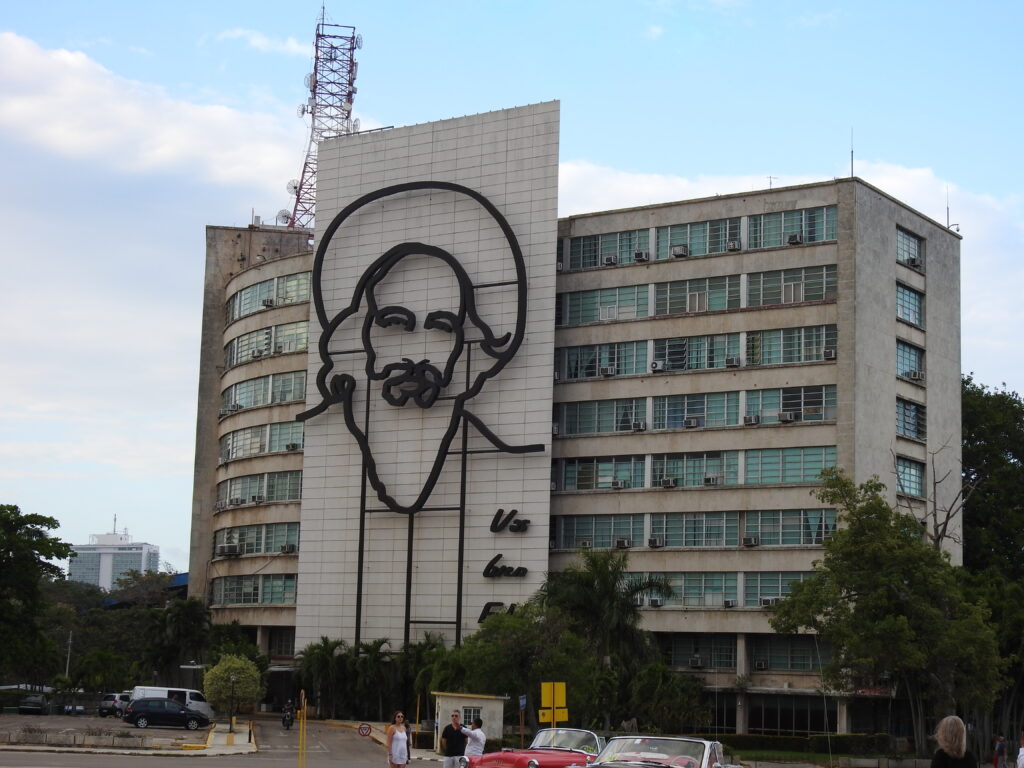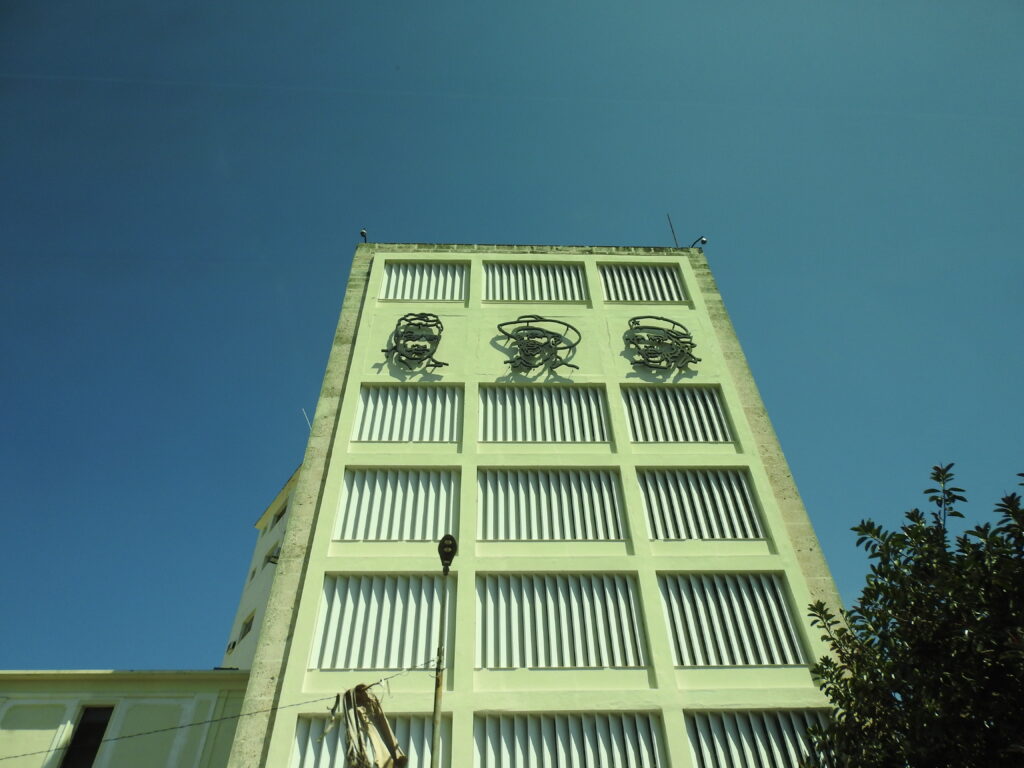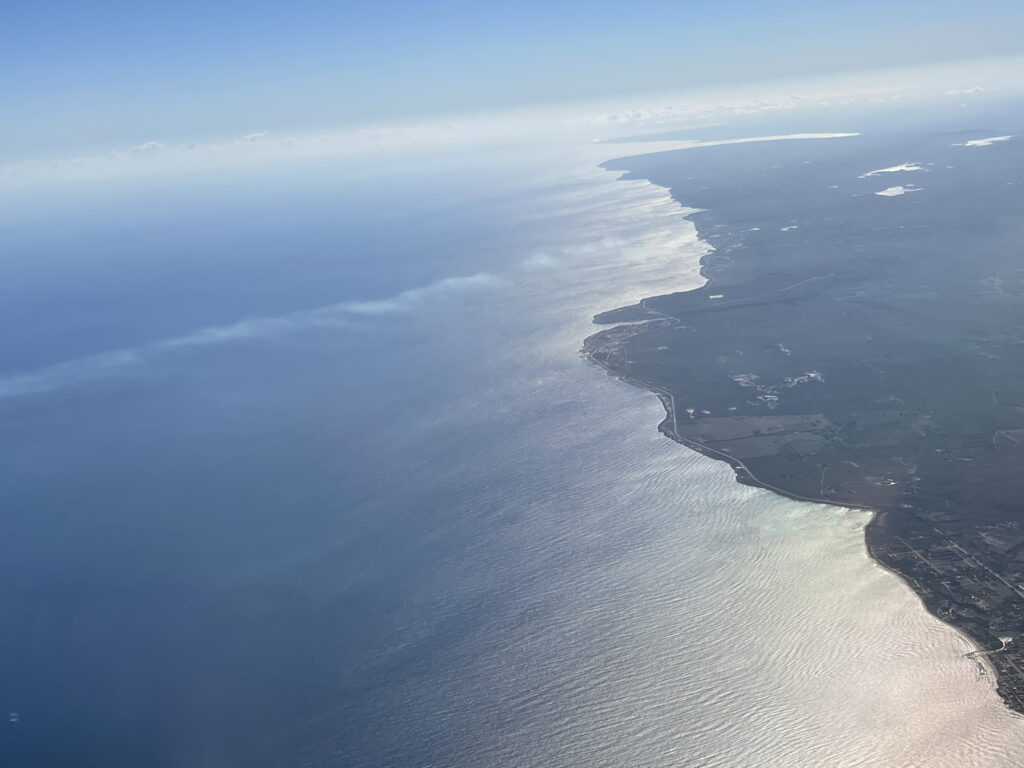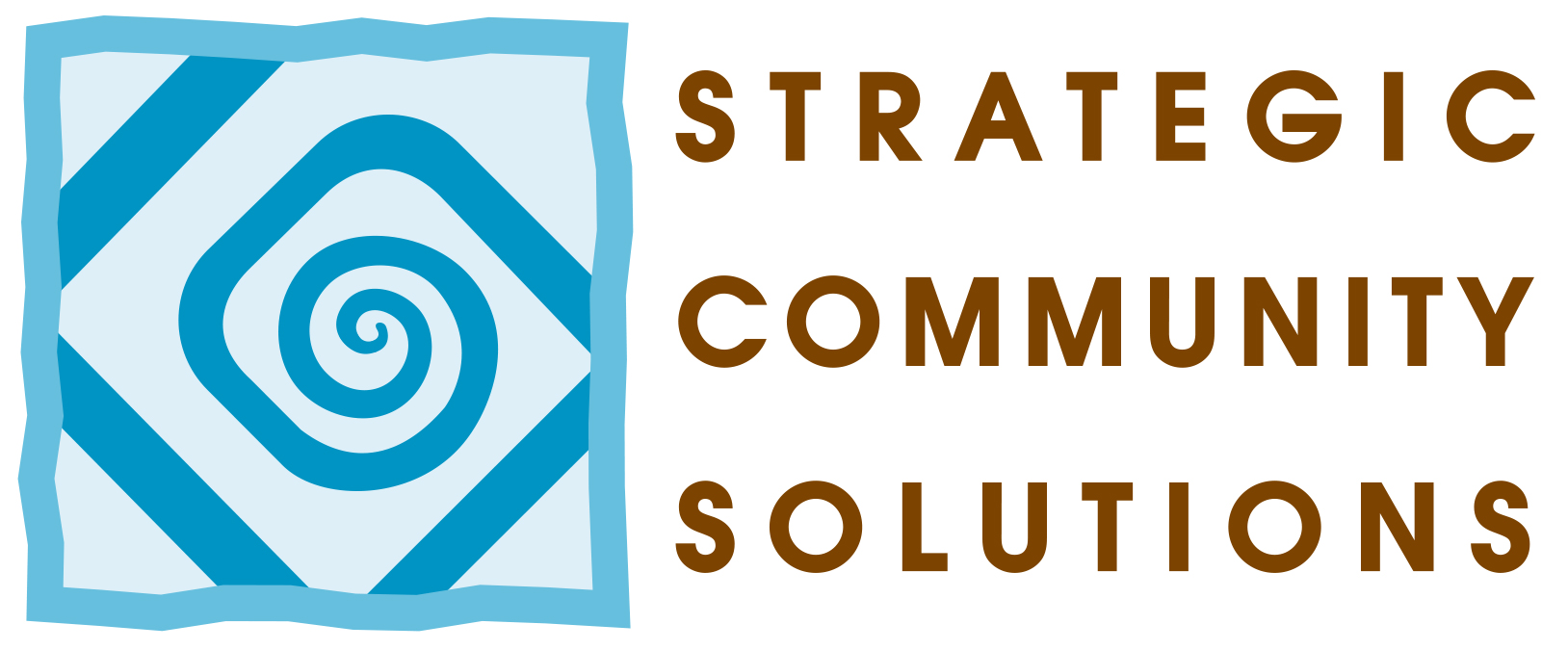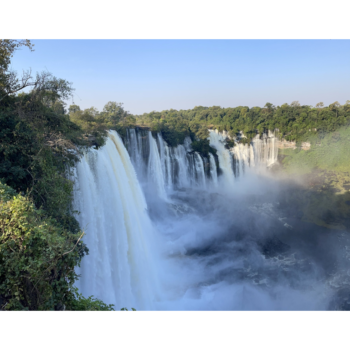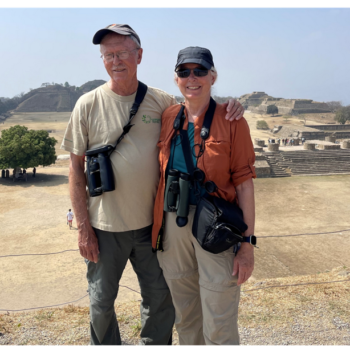
Captivating Cuba
- On December 4, 2023
We finally made it to Cuba this year! This is a trip we’d wanted to do for a long time. We went in late March with Victor Emanuel Nature Tours (VENT), largely because the guide was David Ascanio, who we’d met at Panama’s Canopy Tower back in 2003. It was a short, 11-day trip packed with fascinating experiences. If you’d like to know more about the relationship of Cuba and the U.S., we highly recommend the book “Cuba: An American History” by Ada Ferrer.
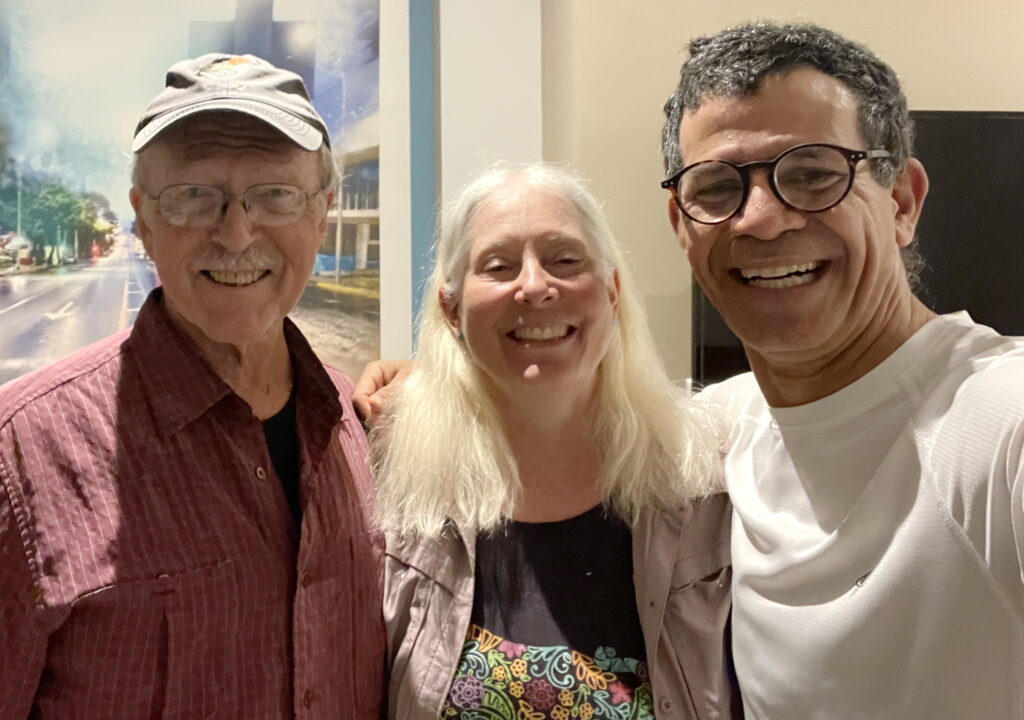
As you see below, it’s only about 100 miles from the tip of Florida to Cuba … and we were surprised to learn of the many and long-standing connections between the two countries.
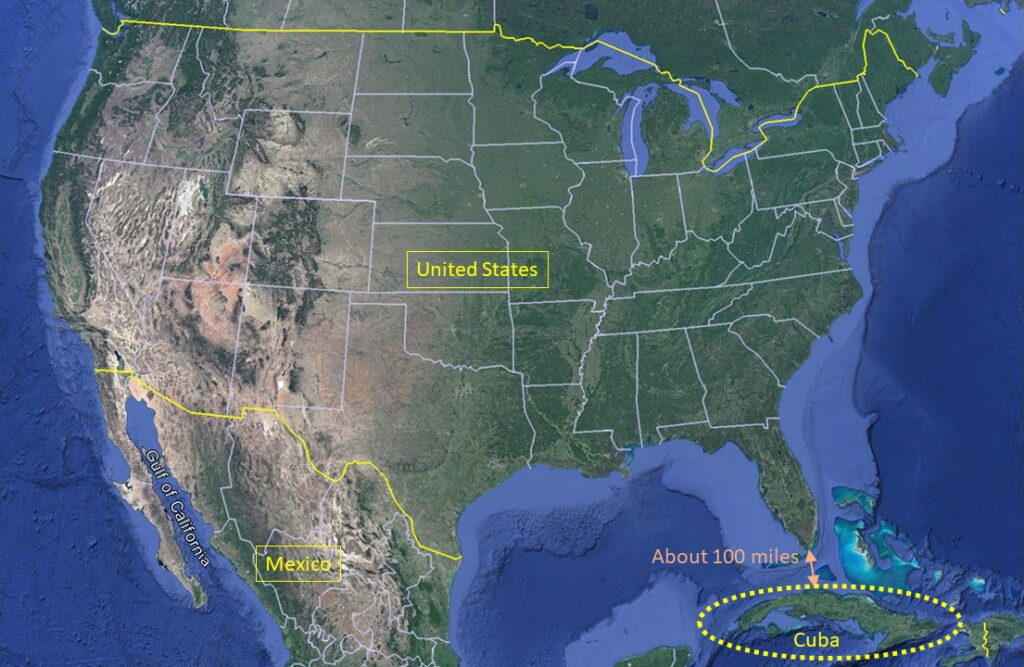
The map below shows the places we visited during our trip.
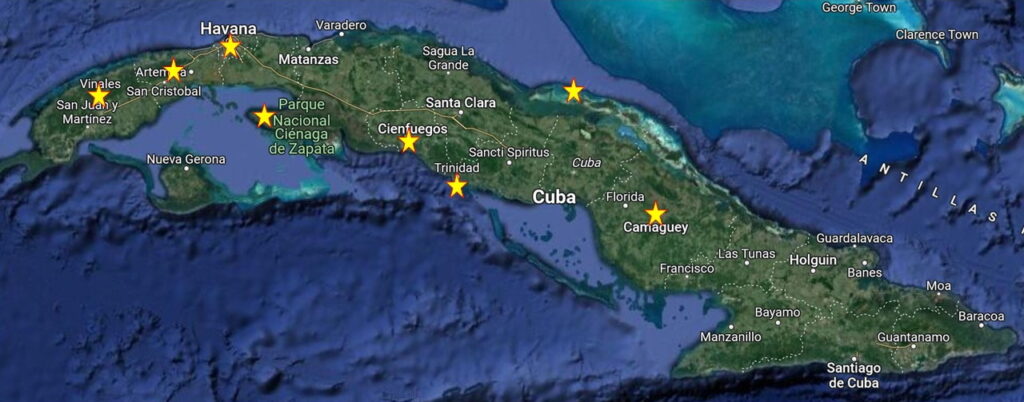
Throughout the trip, our dedicated companions made the most of every stop and took advantage of all the experiences that are unique to Cuba!
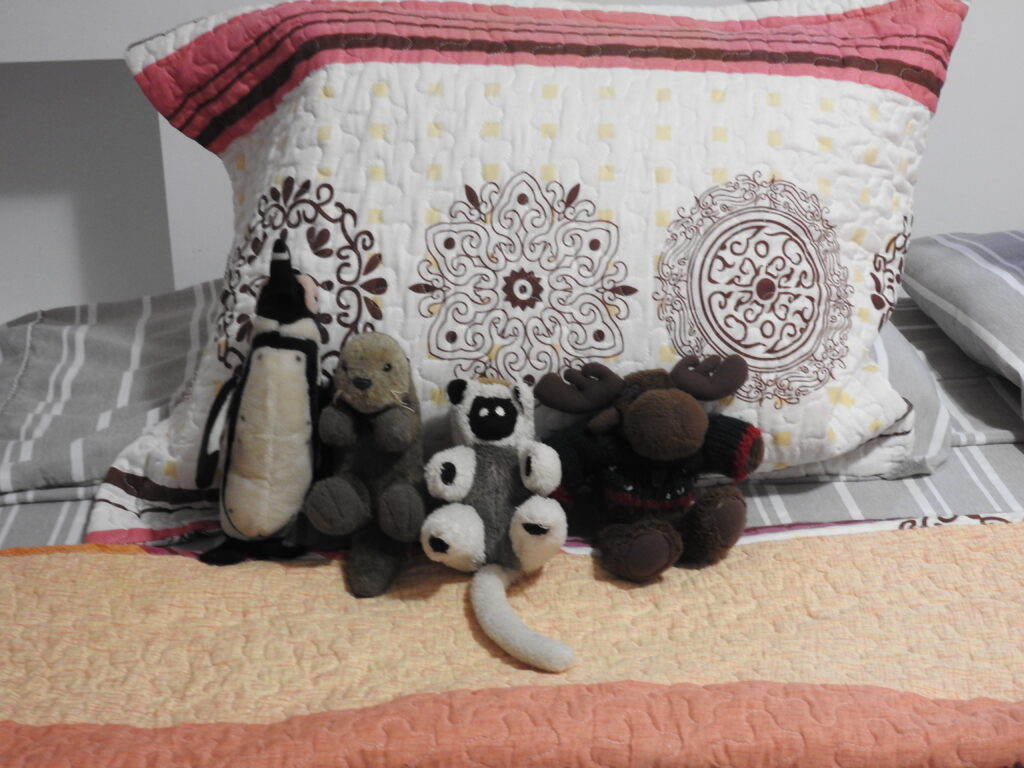
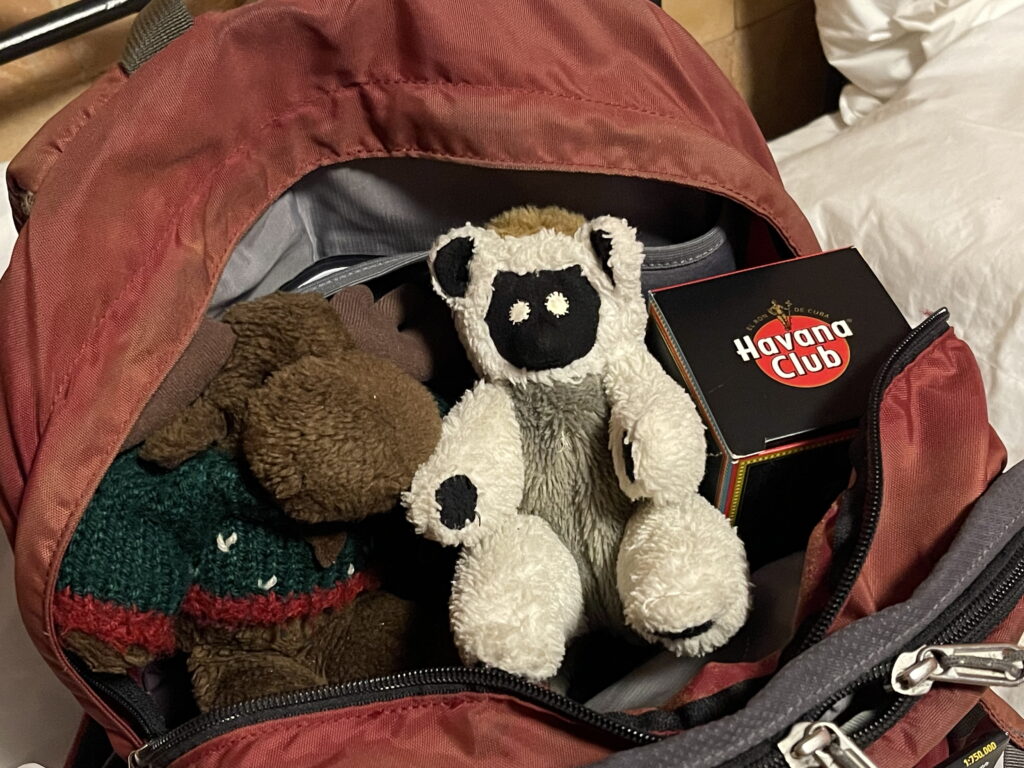
Some Common Cuban Experiences
These are some of the things that are typical in Cuba, but not what we’d expect in the States.
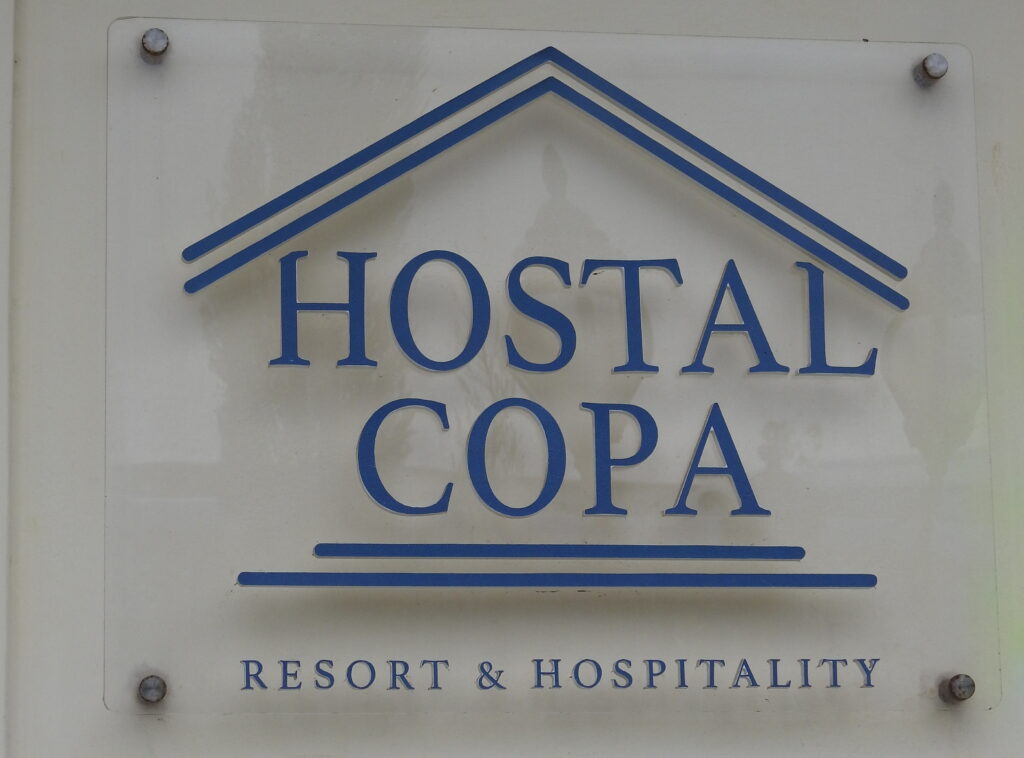
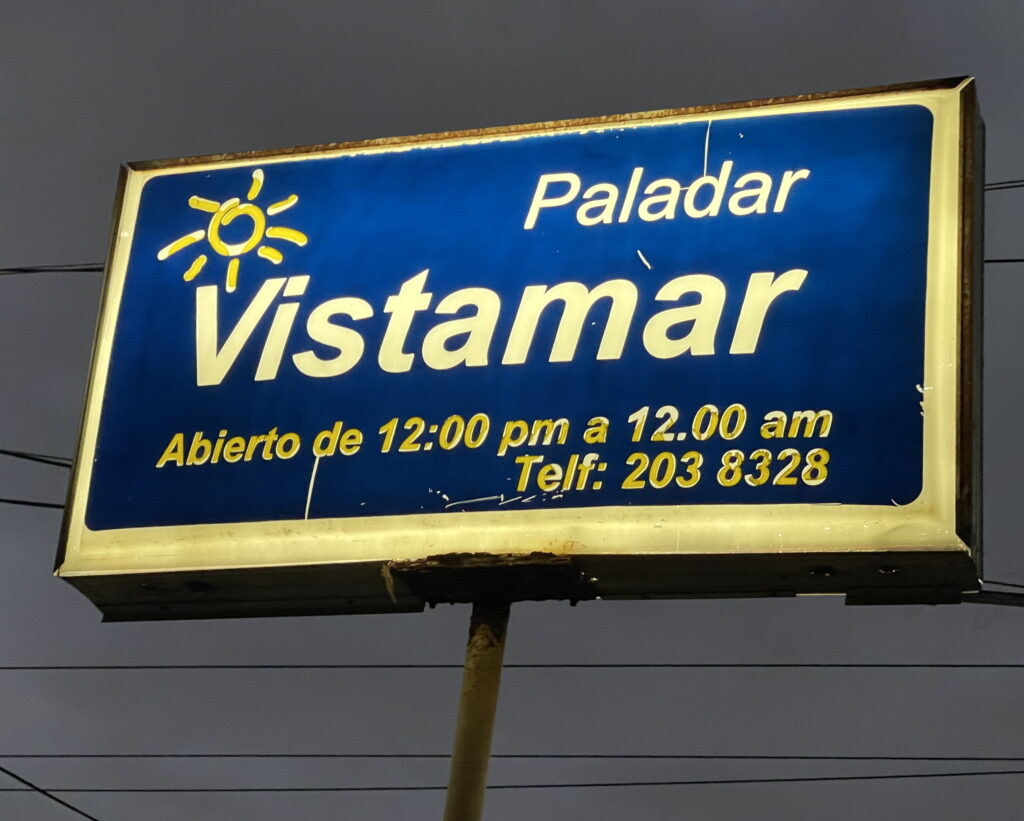
The U.S. State and Treasury Departments are very strict when it comes to Americans spending money in Cuba. You are not allowed to spend money with businesses that are public-private partnerships with the government, so that means you can’t use facilities of most major companies. When Raul Castro was in charge, he wanted to encourage small and family-owned businesses. The result are the “hostals” and the “paladars”. Hostals are actually like lovely boutique hotels, not the youth hostels we imagine. Paladars are restaurants with delicious, creative cooking and ingredients that aren’t found elsewhere in Cuba. (Their name comes from a Brazilian telenovela that was popular at the time the government began to introduce them here.)
Many places have food shortages or limited selection. This is all we found in one ‘quick-stop’-type convenience store.
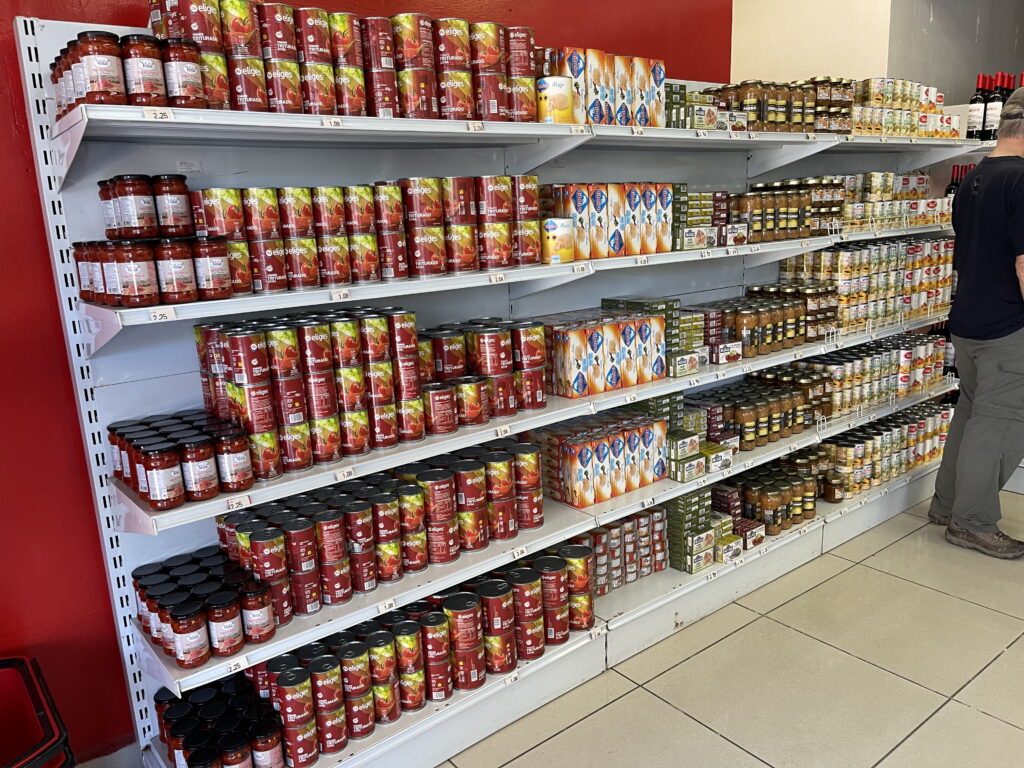
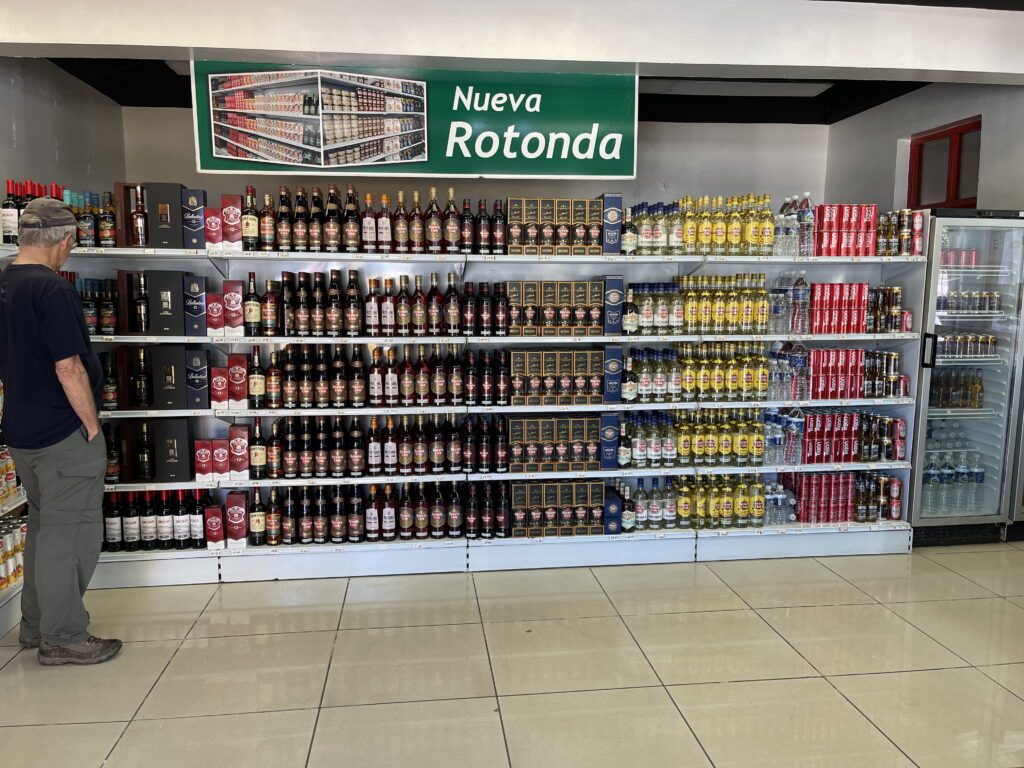
Many transportation modes are common in cities and countryside. Here are some we don’t see much in the U.S.
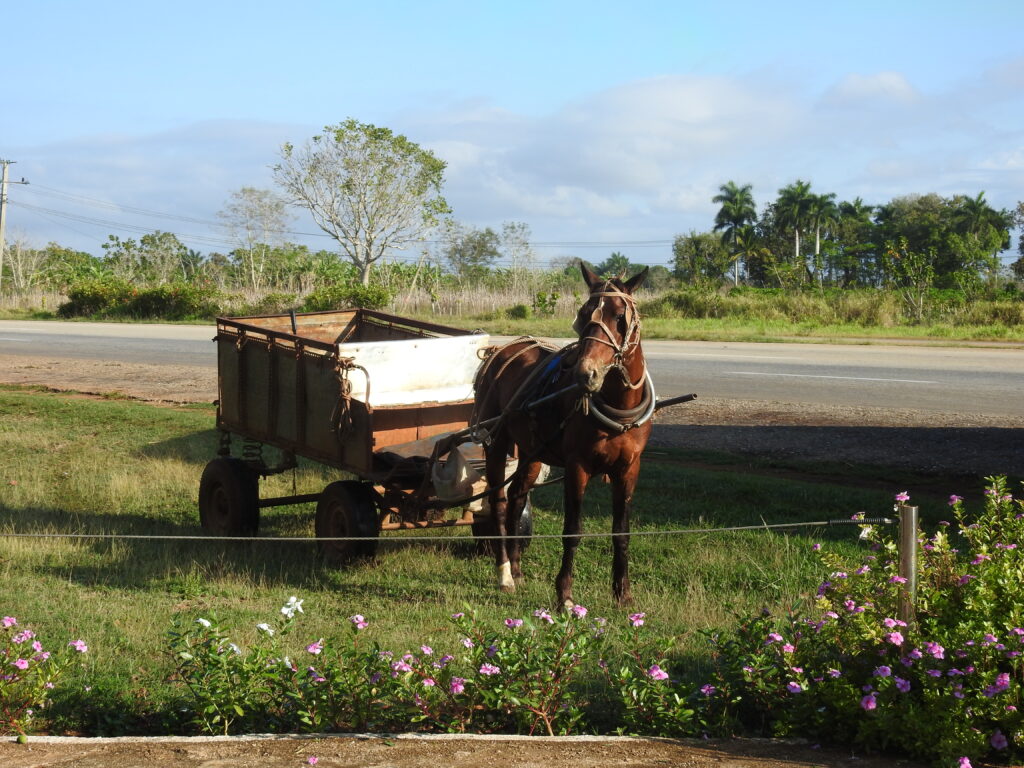
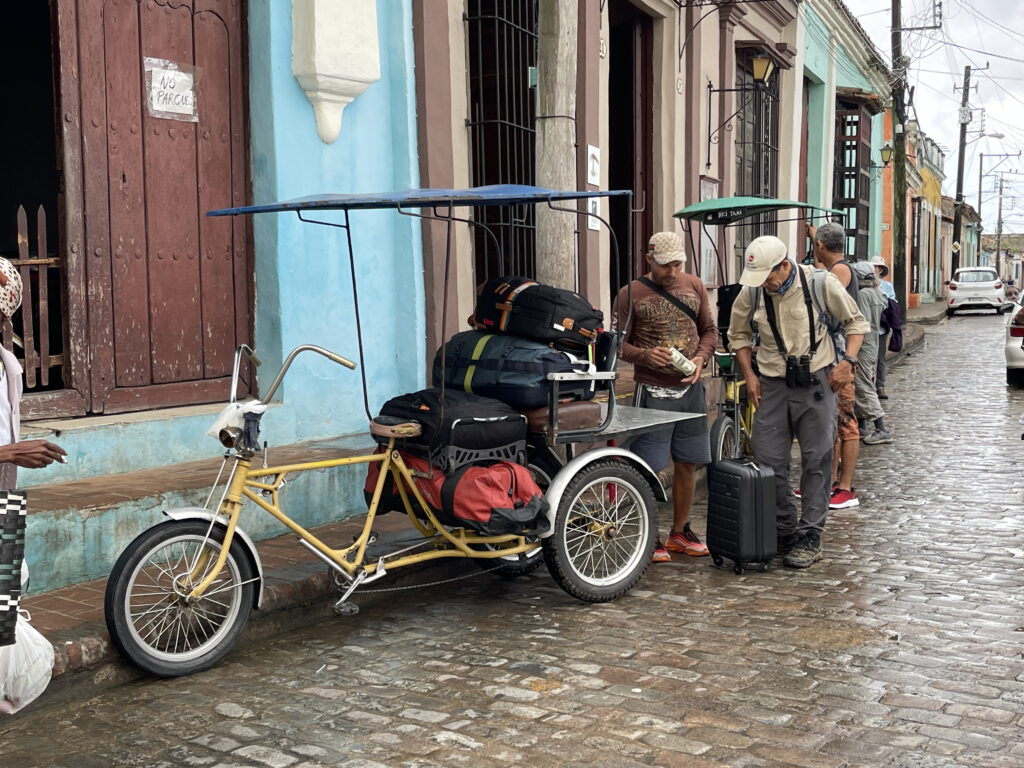
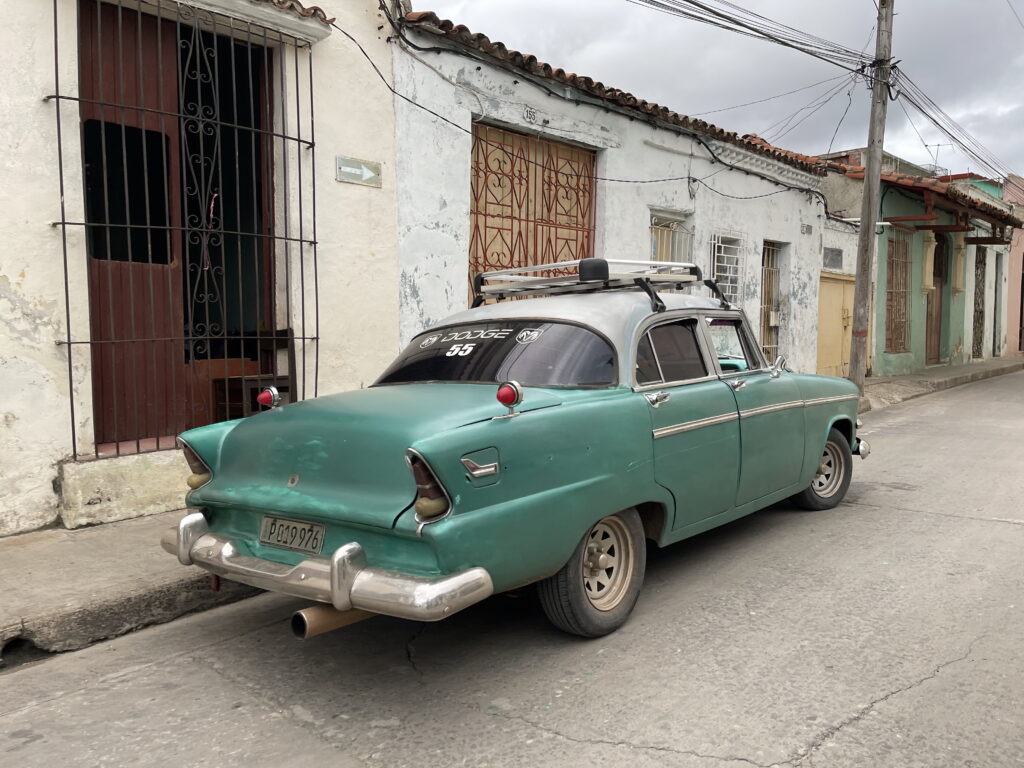
There aren’t many private sector jobs, so there seems to be an effort to employ lots of people in government jobs — thus, there’s lots of bureaucracy. Whenever our large bus needed gas, the driver had to go to a special office and get an approval slip to take to a gas station. We happened to be at the one below when the ‘permission-slip’ employee was at lunch, so we had to hang out there until they returned.
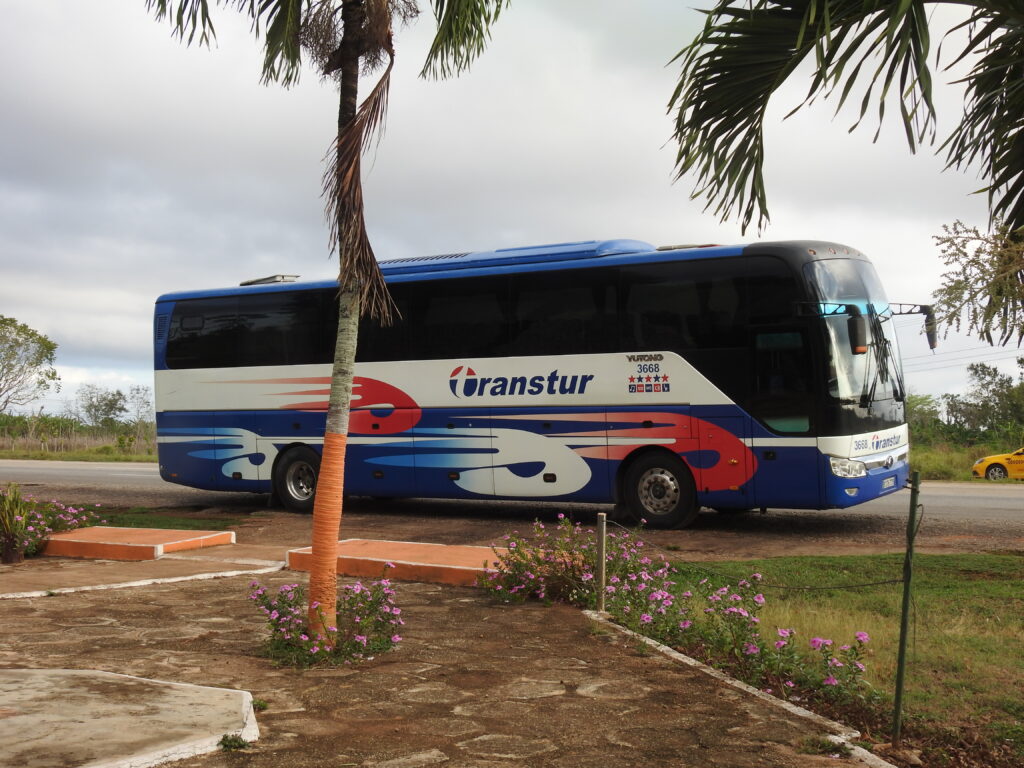
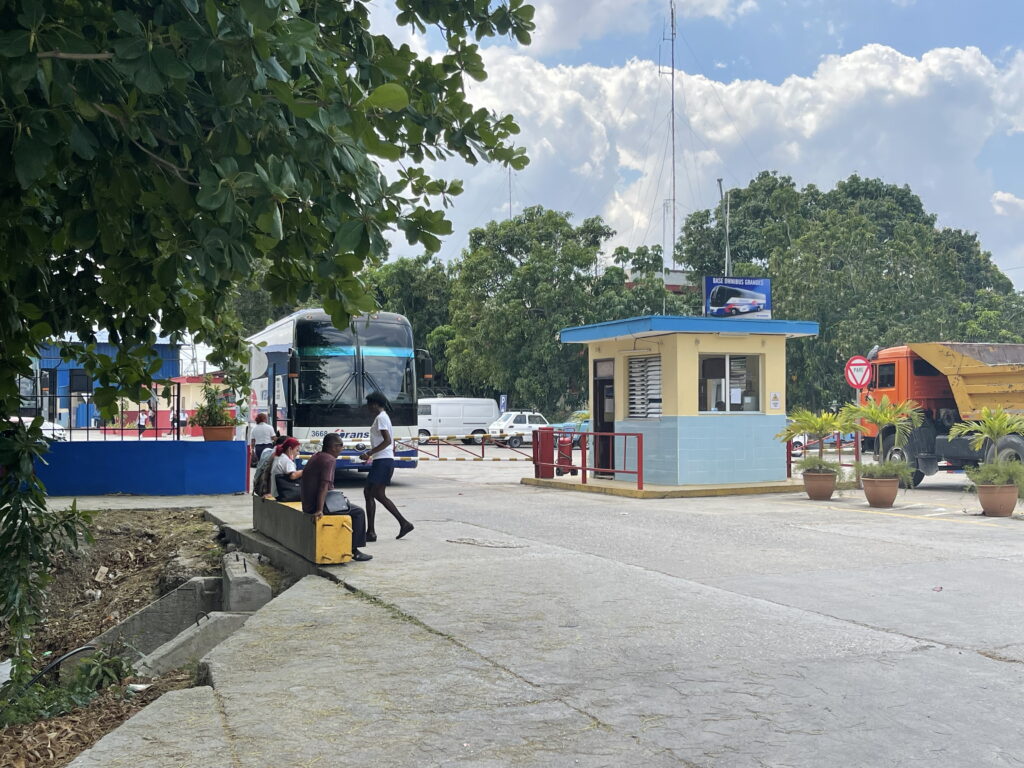
On the Road to Camagüey
We arrived in Havana on March 20th and spent the first night at Hostal Copa. The next morning, we headed southeast towards Camagüey. We stopped for lunch and birding near Santa Clara, on a narrow dirt track in a field. Our bus driver Hector was determined to drive us in and then turn around.
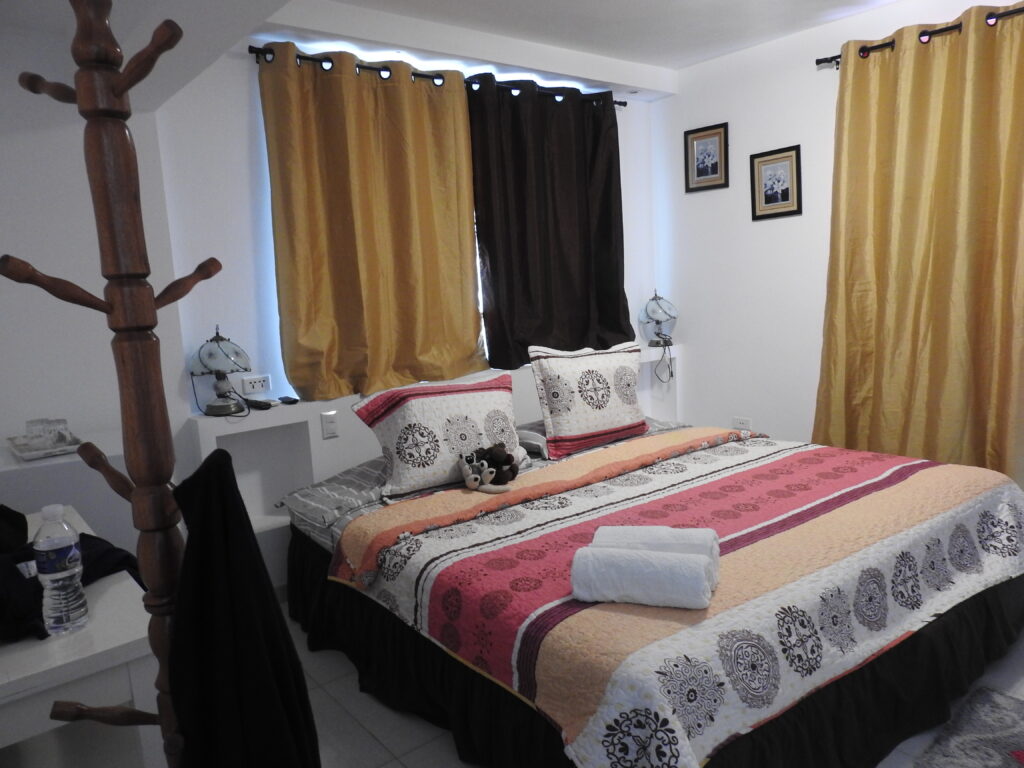
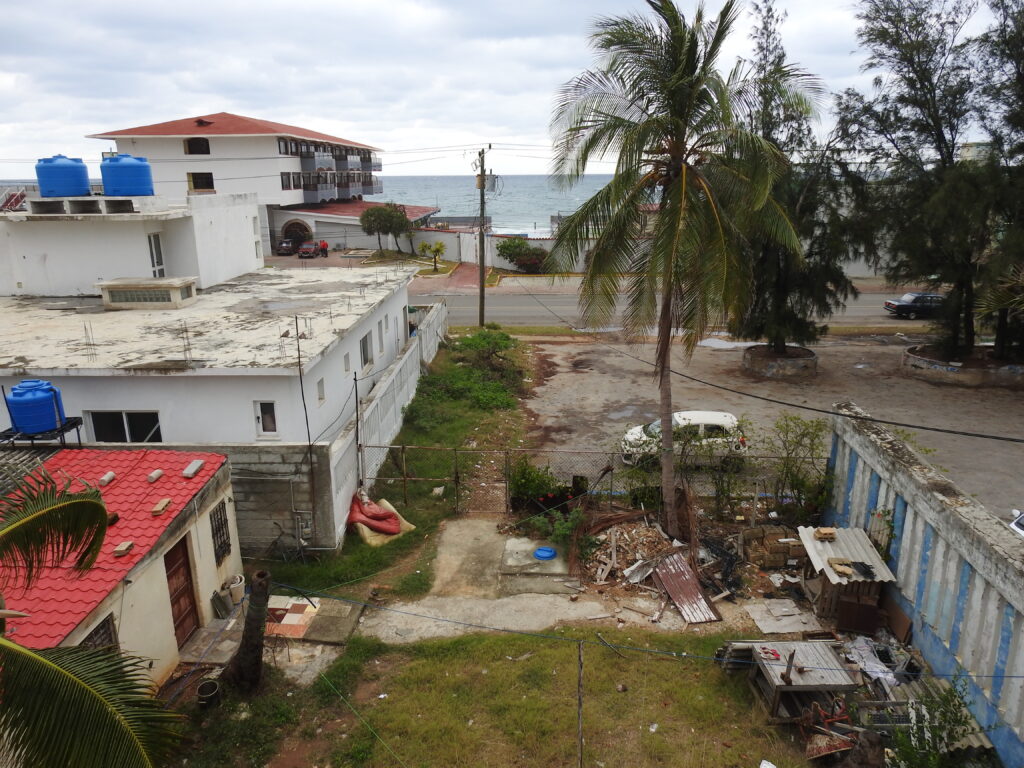
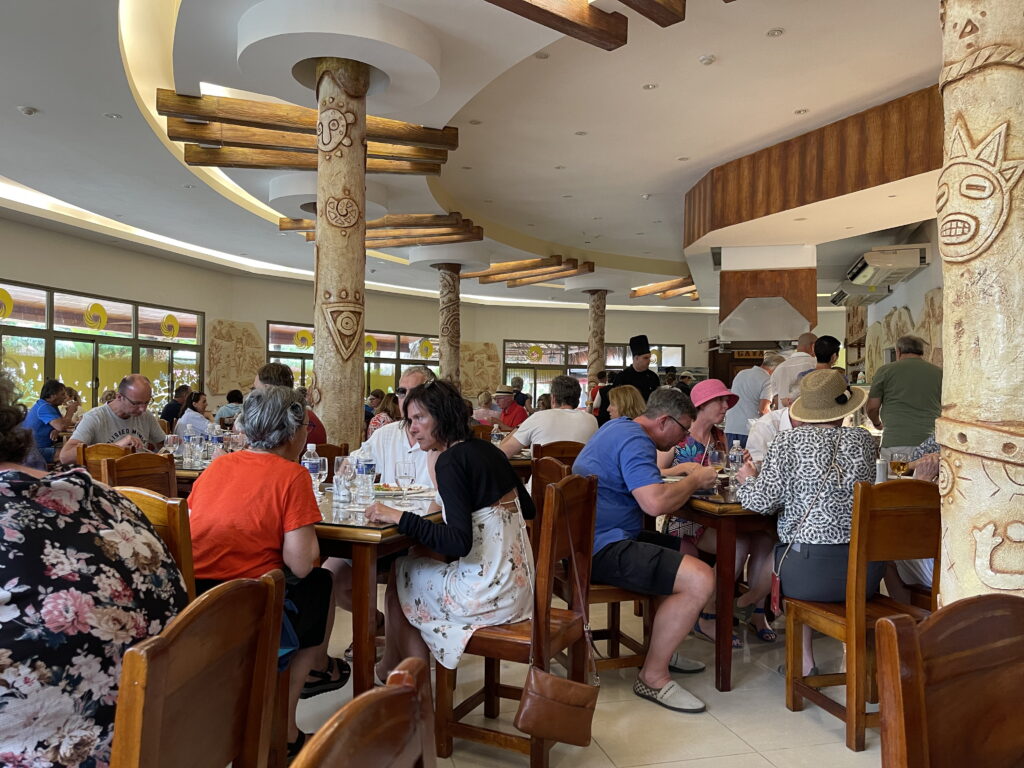
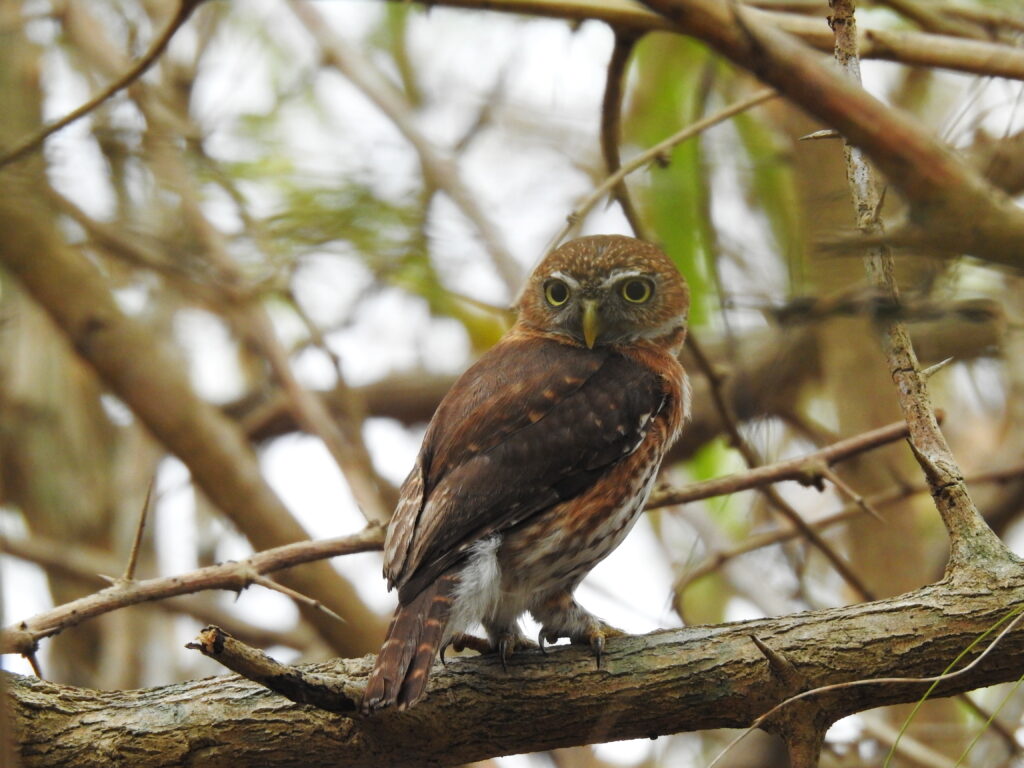
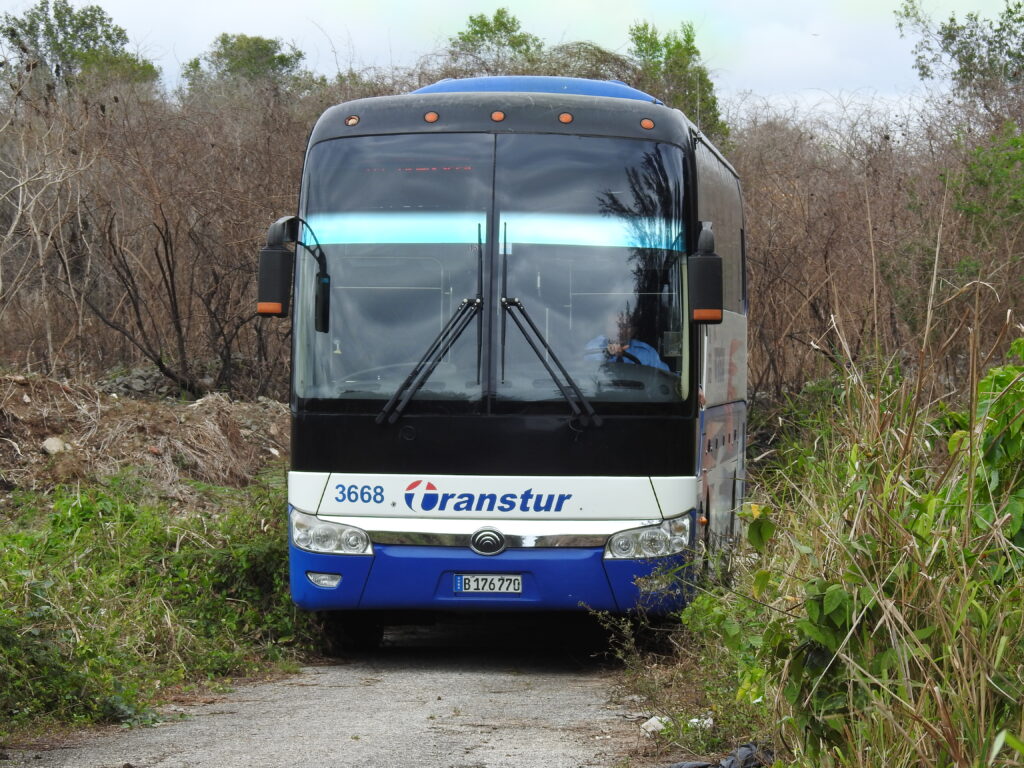
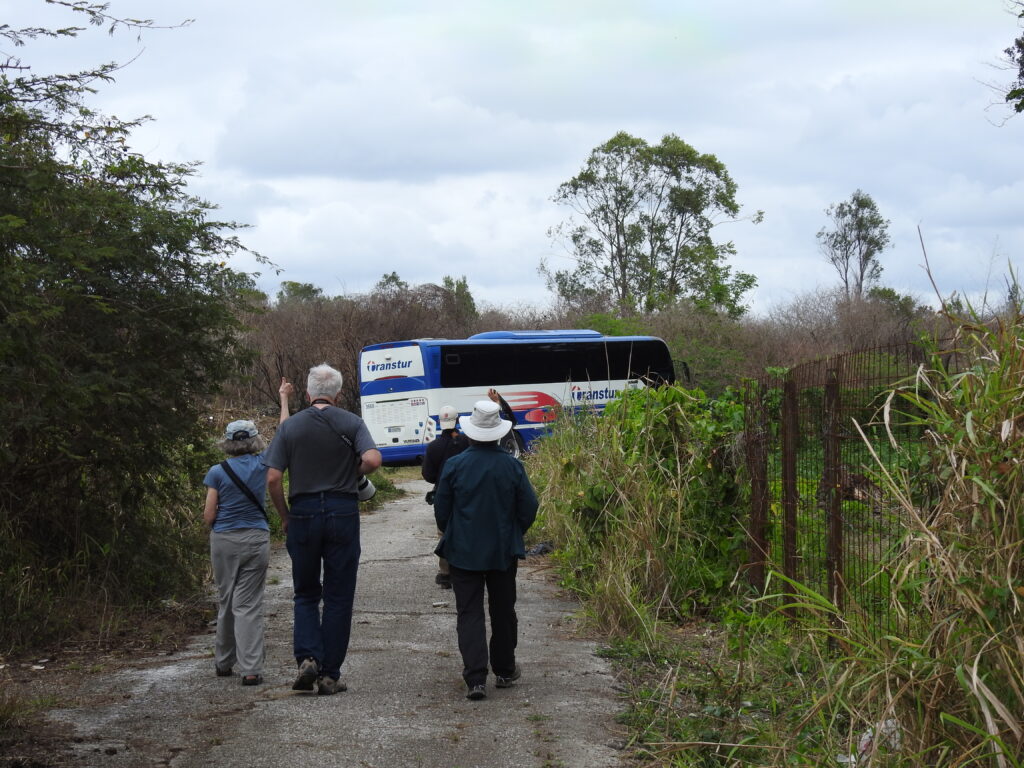
Cuban Highways
Our first stretch of road was the National Highway, the biggest road in the country. It has 4 lanes (2 in each direction). It was built by the Soviets in the 1980’s. It ends a little ways past Santa Clara, which was as far as it had gotten when the Soviet Union fell in 1992. From there east, the main highway (CC) is a 2-lane road built by the dictator Bautista in the 1930’s.
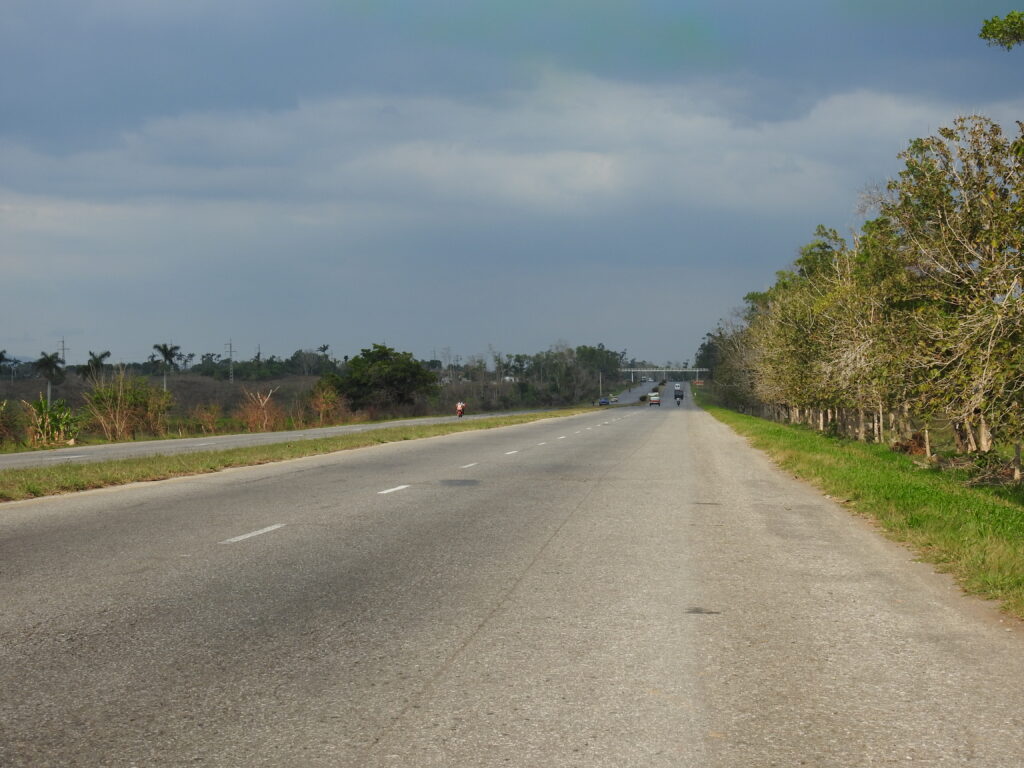
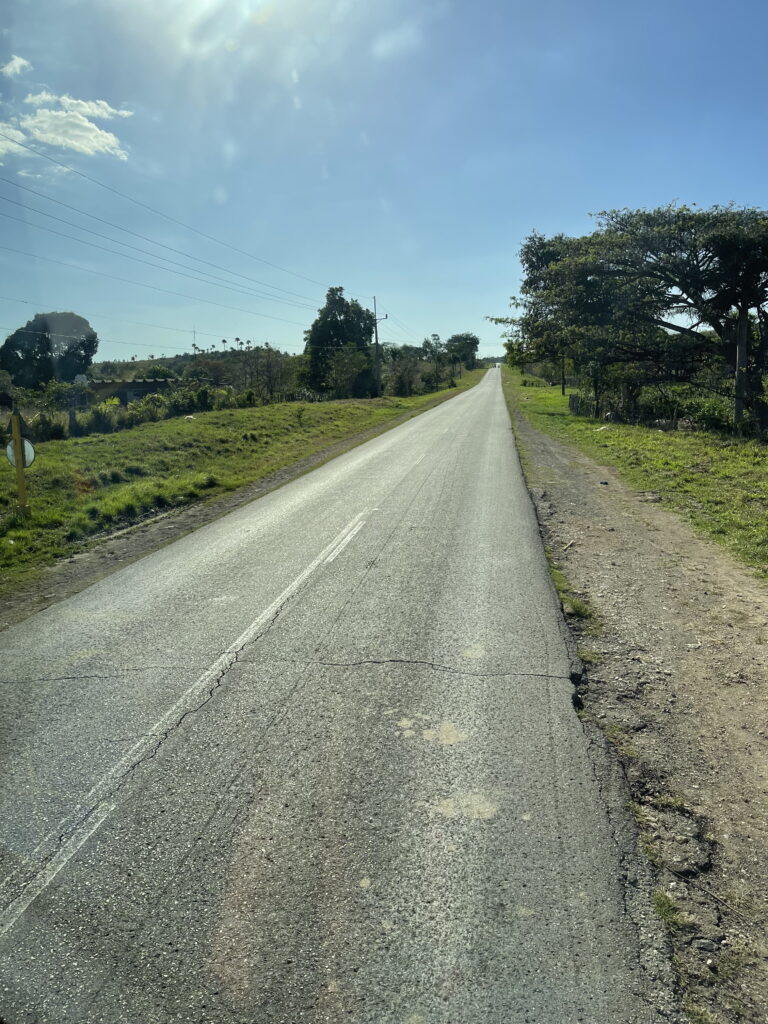
Camagüey
This city was founded by the Spanish in 1514, just 22 years after Columbus ‘discovered’ the New World. It is named for the indigenous Taino village that was here before the Spanish arrived. It’s the provincial capital and has over 300,000 residents. Its Old Town is a UNESCO World Heritage site.
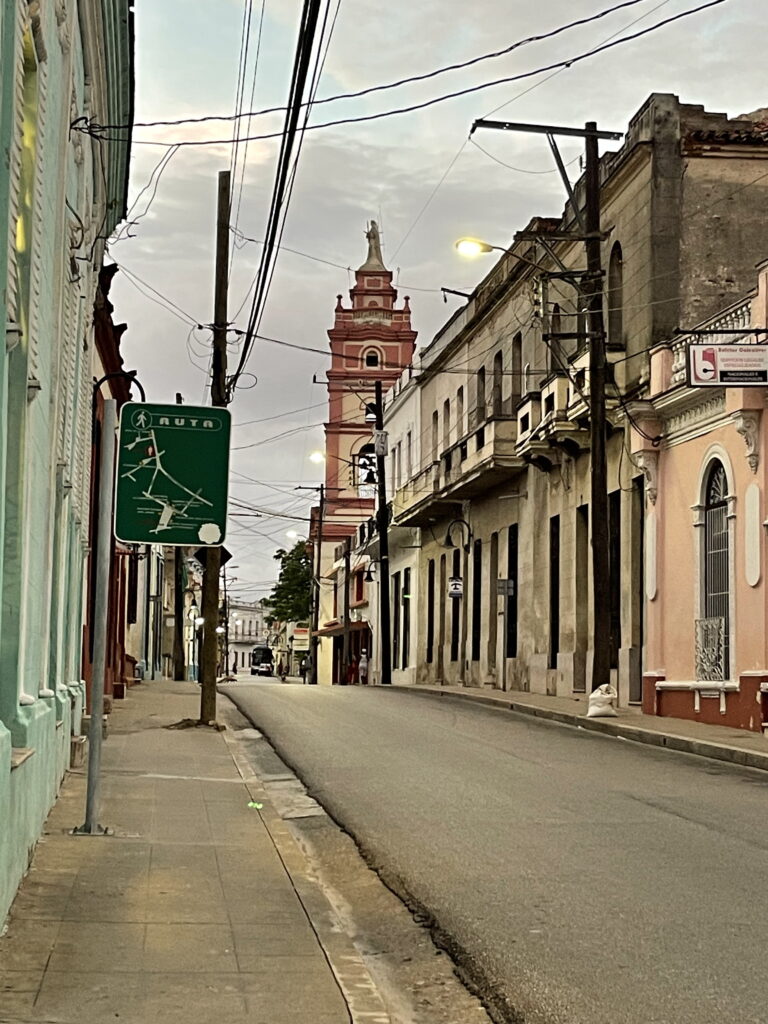
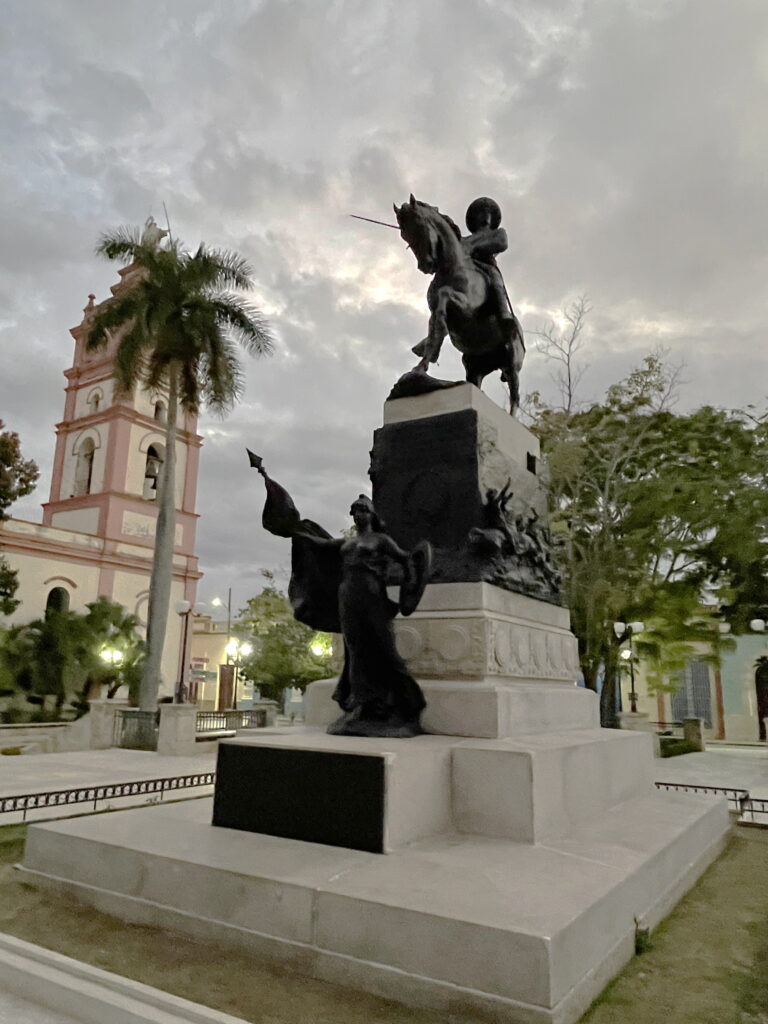
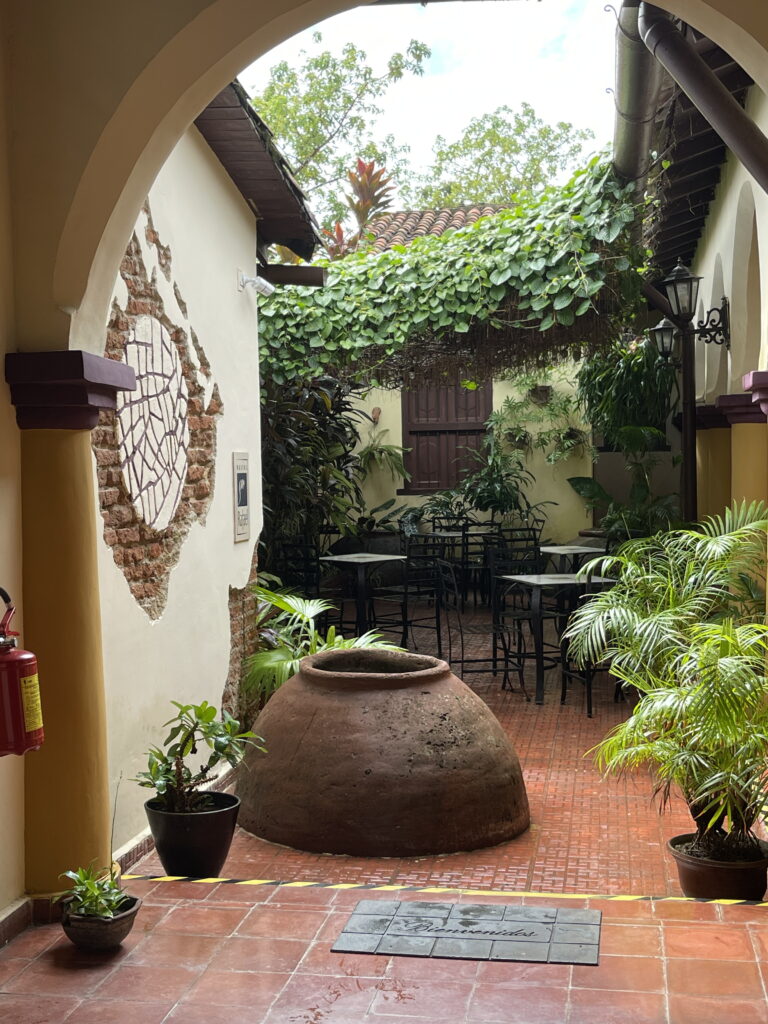
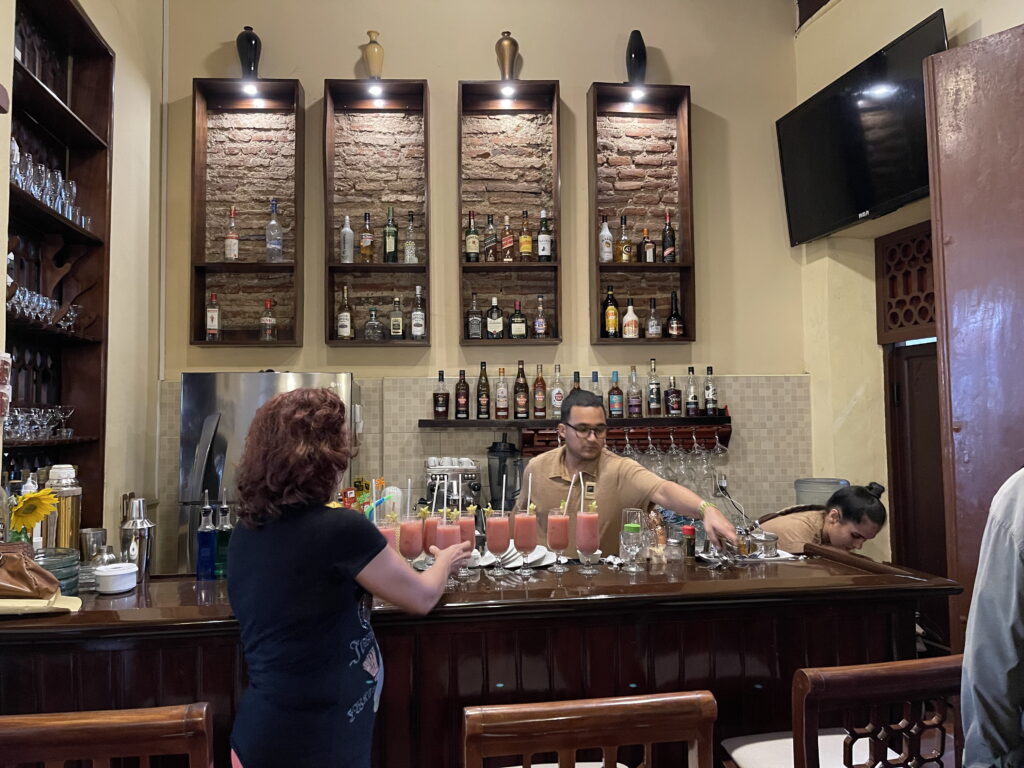
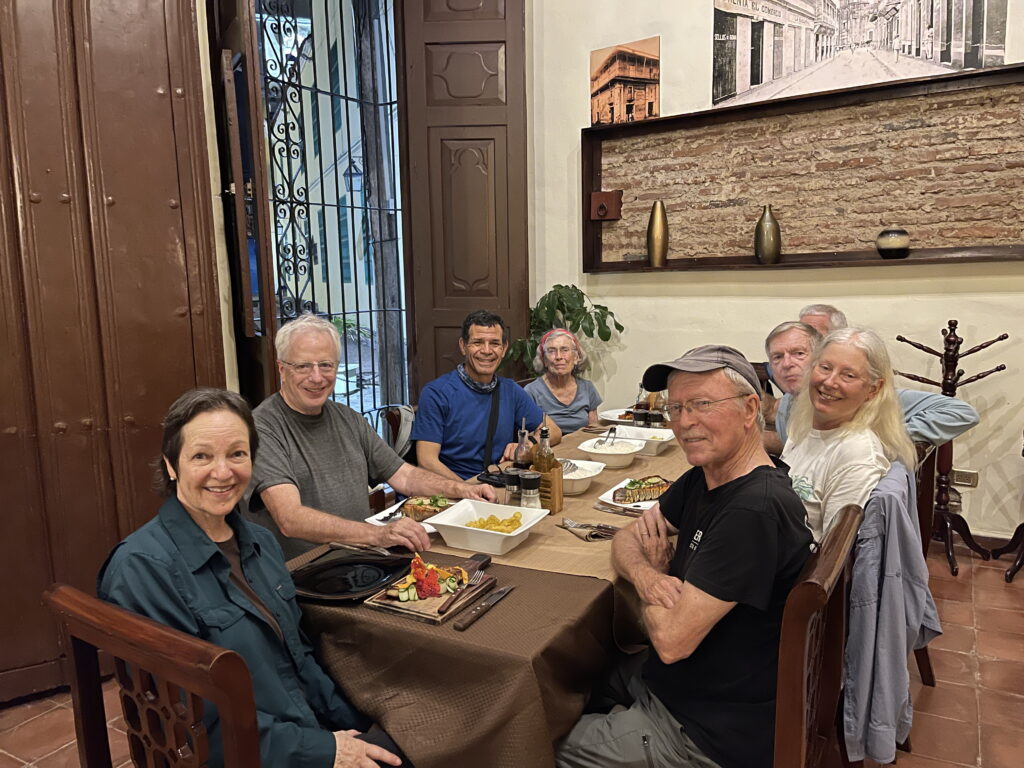
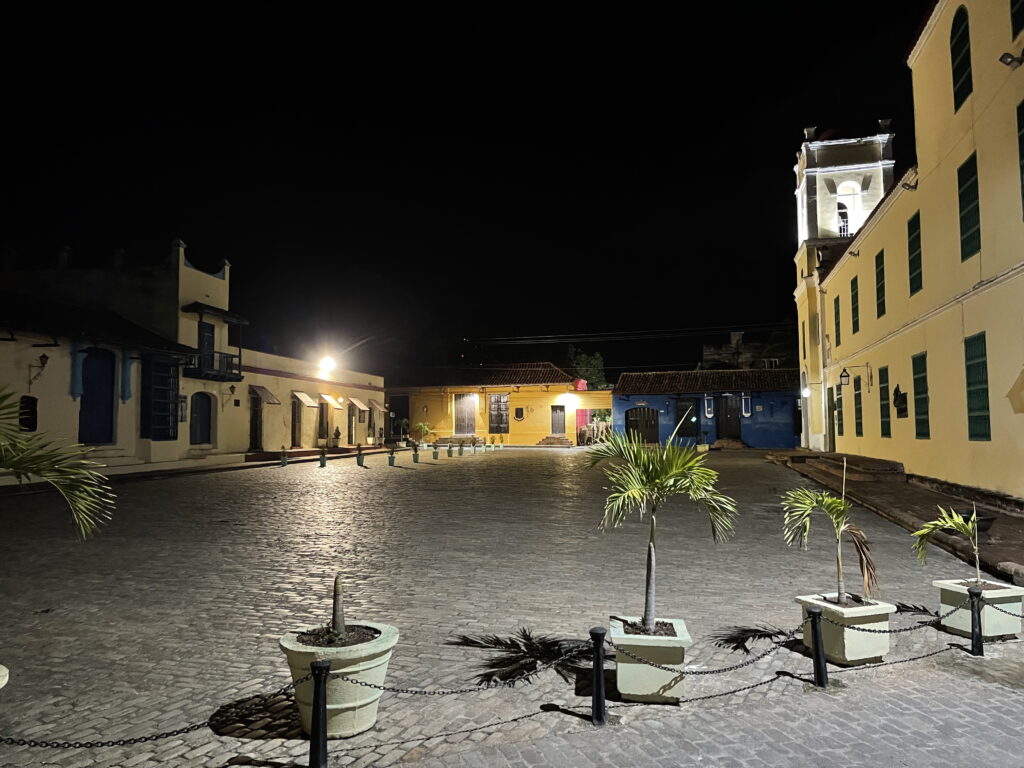
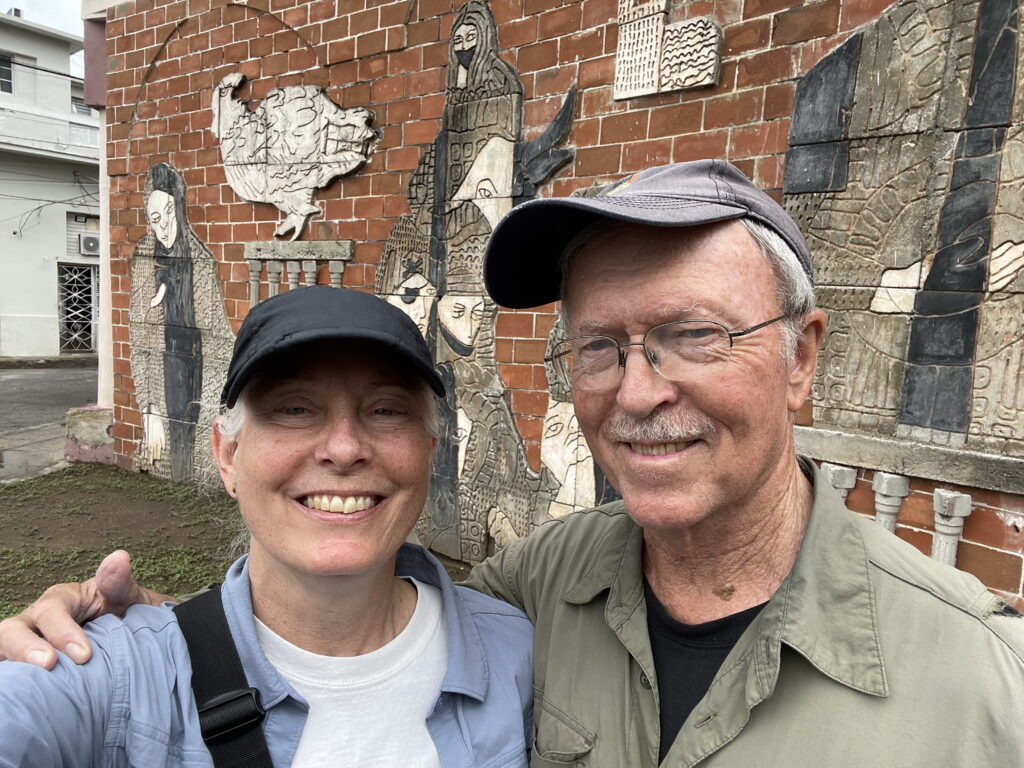
Next morning we birded the Najasa highlands, and found nesting Giant Kingbirds and Cuban Pewees, among others.
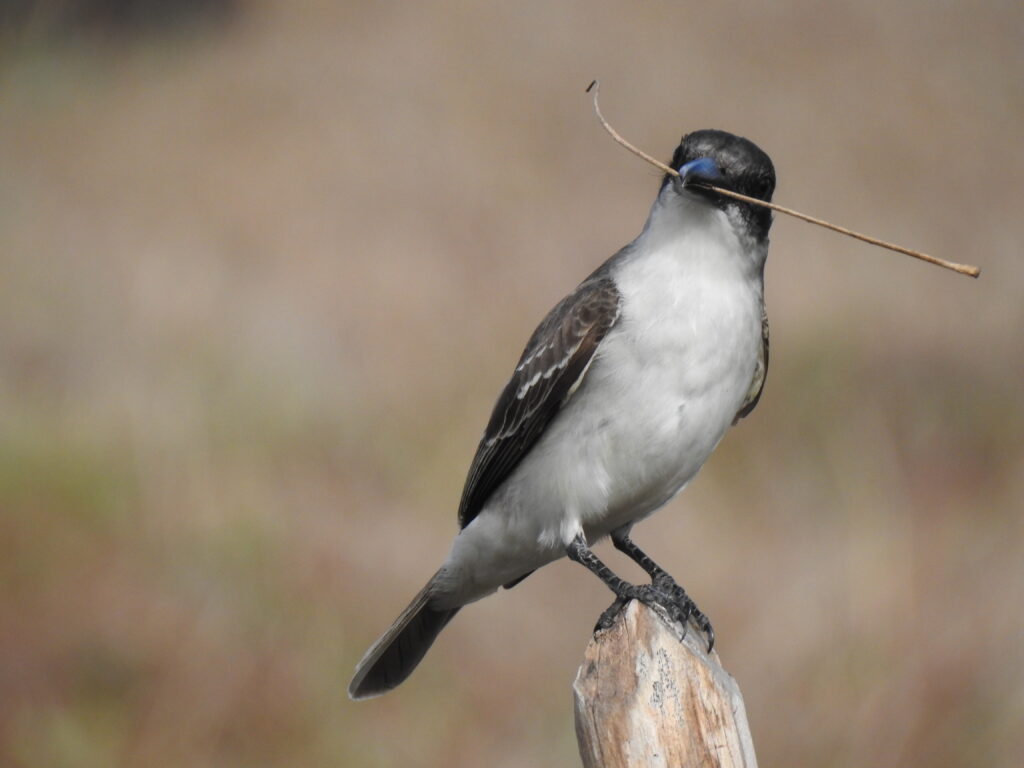
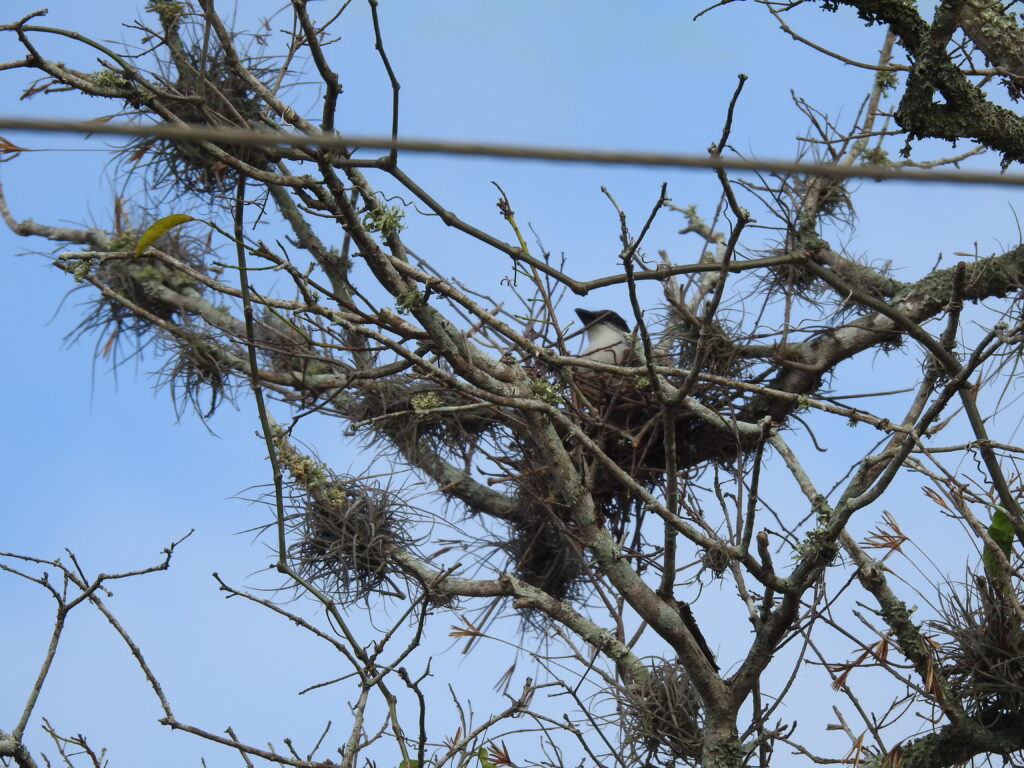
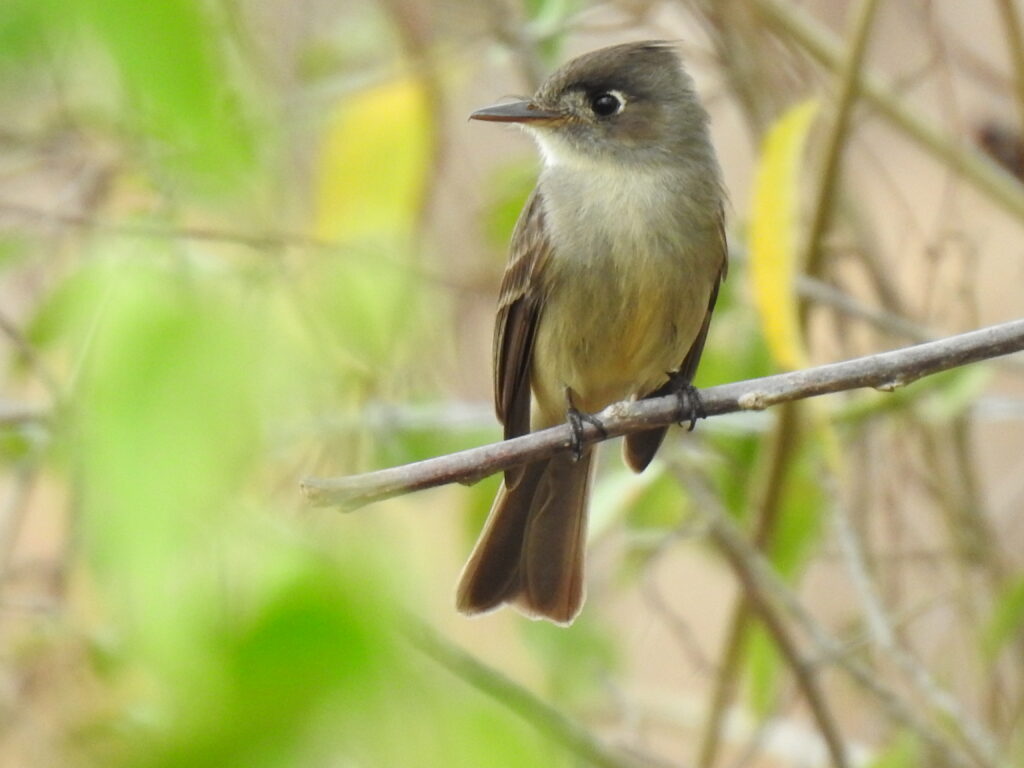
Cayo Coco and Cayo Paredón
We traveled northwest, then east to reach a set of keys (cayos in Spanish) on the north side of the main island of Cuba. This was our first stay at a big hotel chain – the Gran Astons are so new the chain isn’t yet on the Treasury Department list of prohibited lodges (they’re funded by Indonesian investors in partnership with some part of the Cuban government). An odd spot – the Wild Boar Cave — along with mangroves and beach brought interesting and diverse birds and sights.
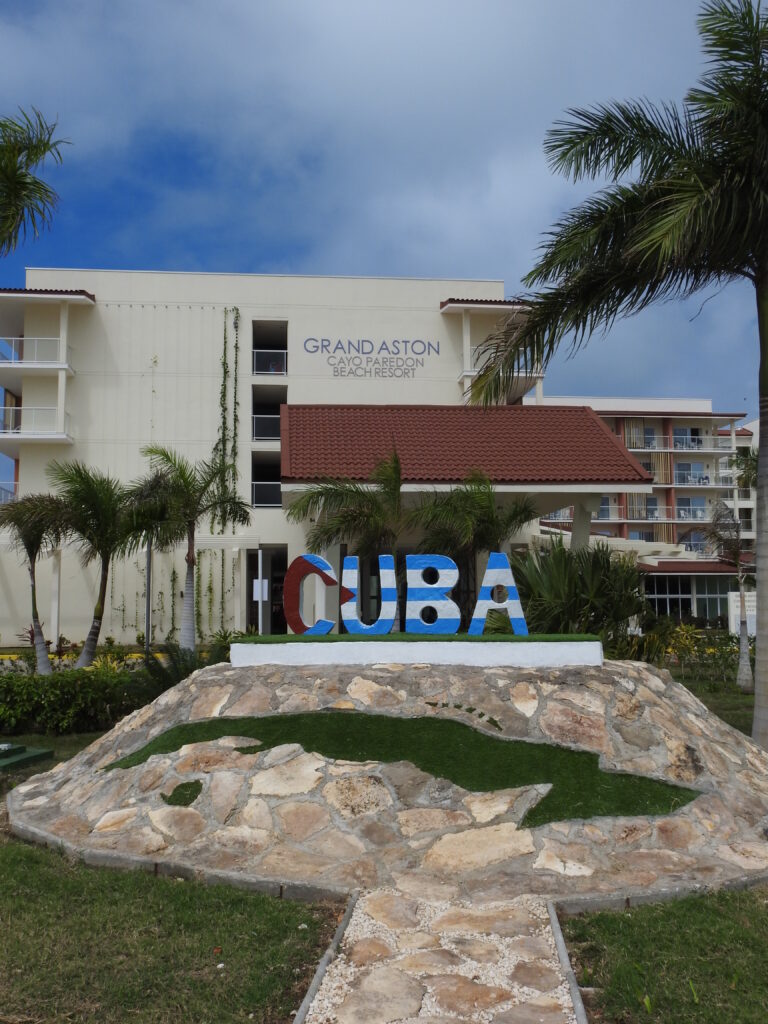
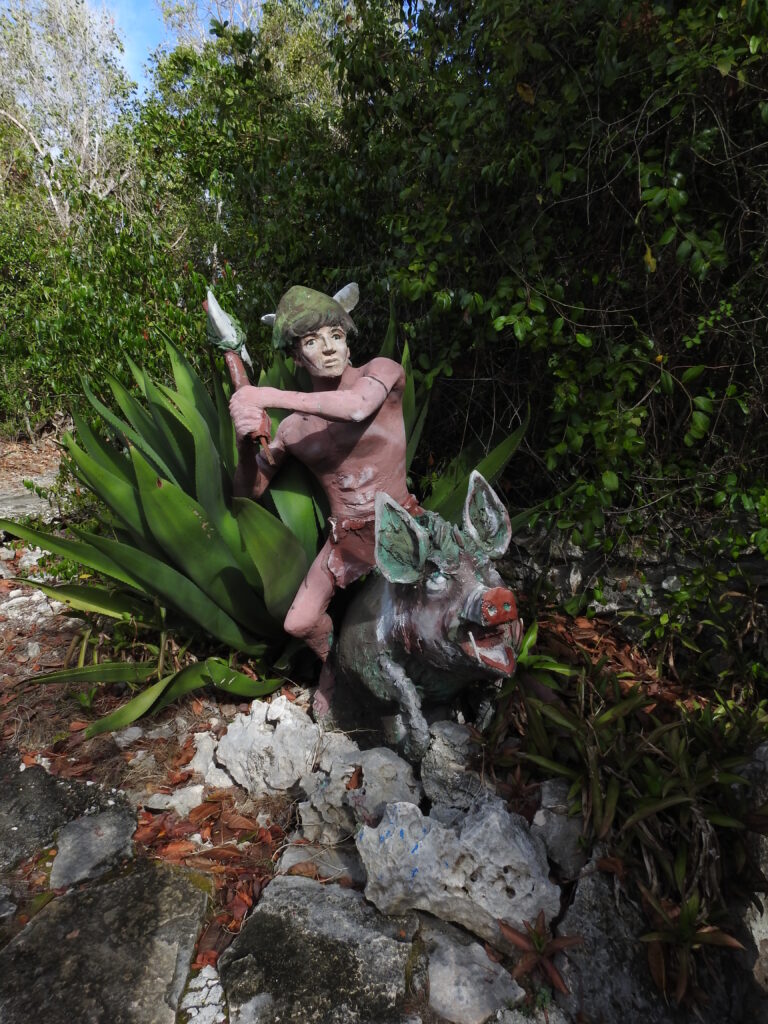
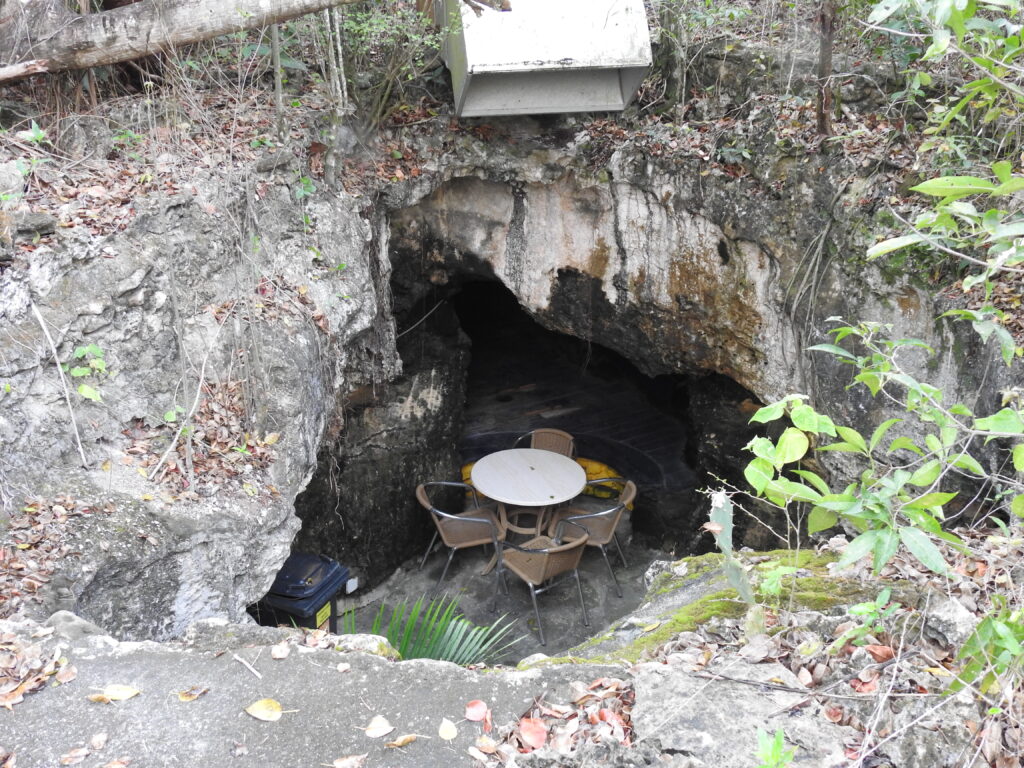
And here are the birds:
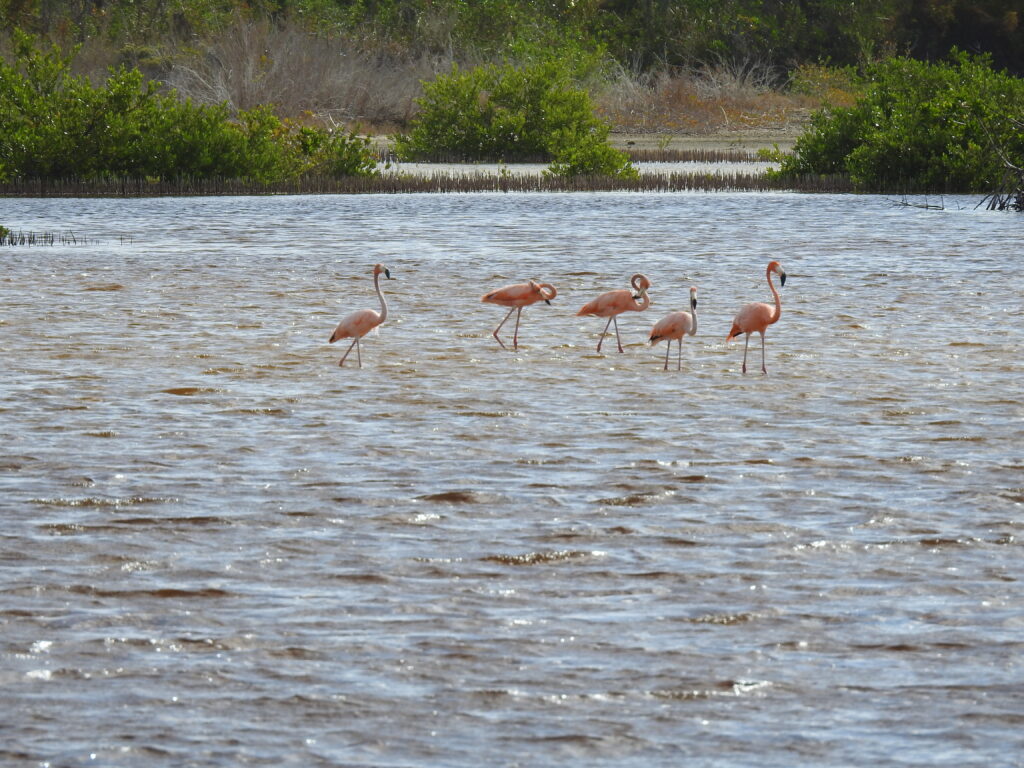
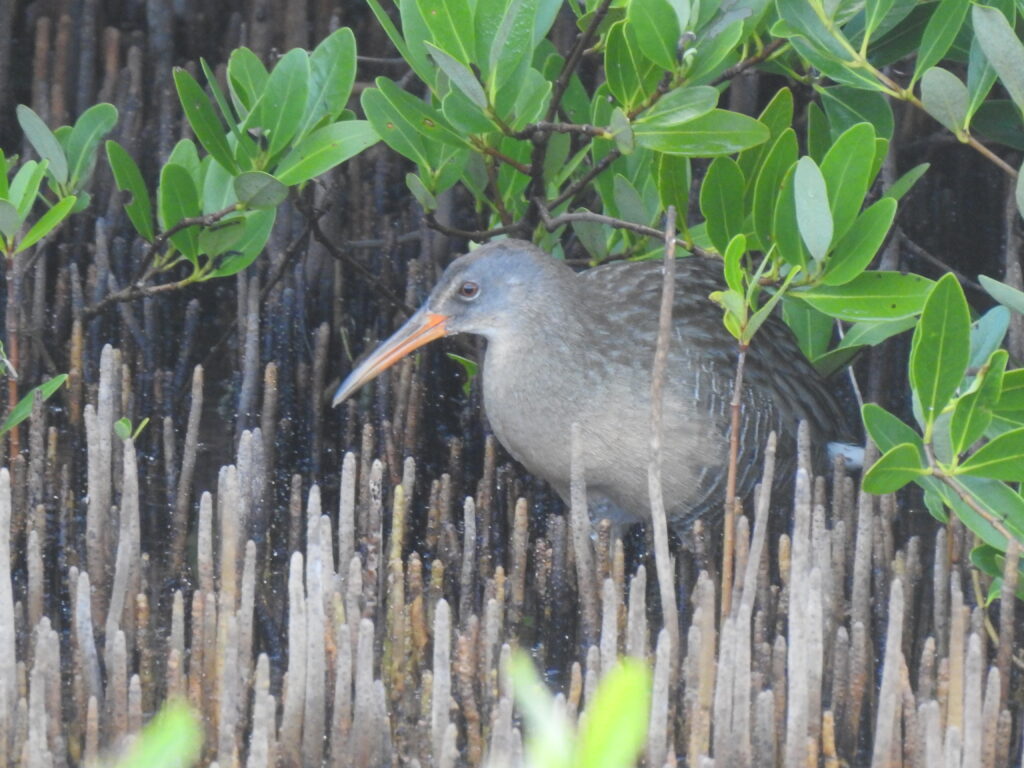
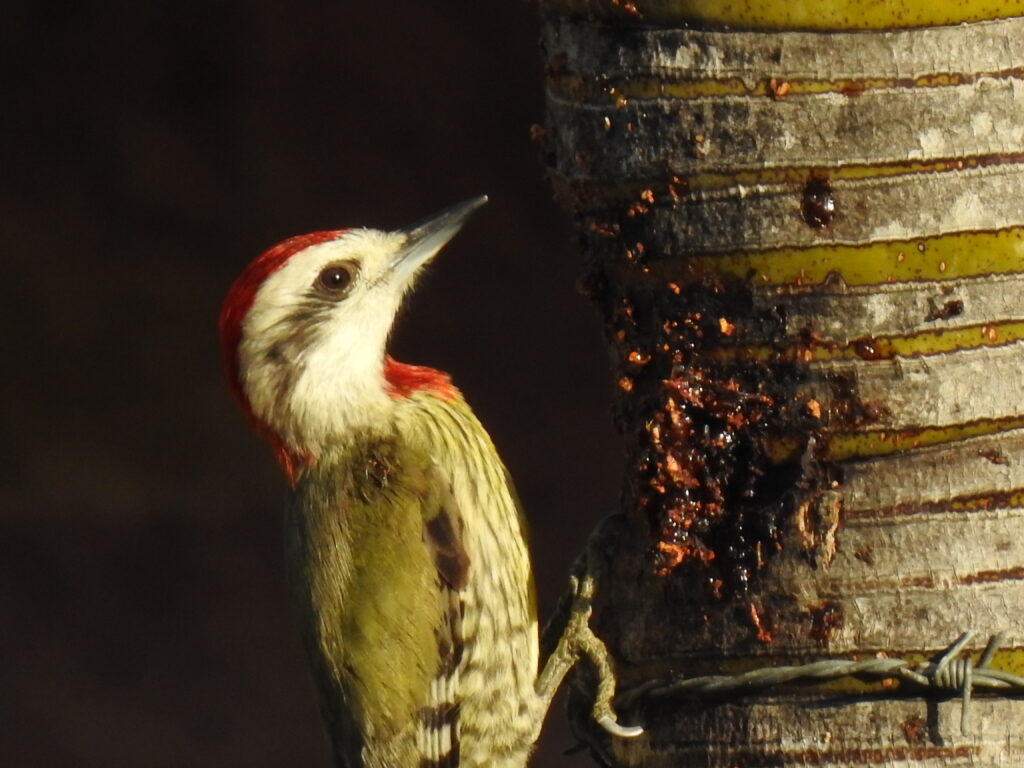
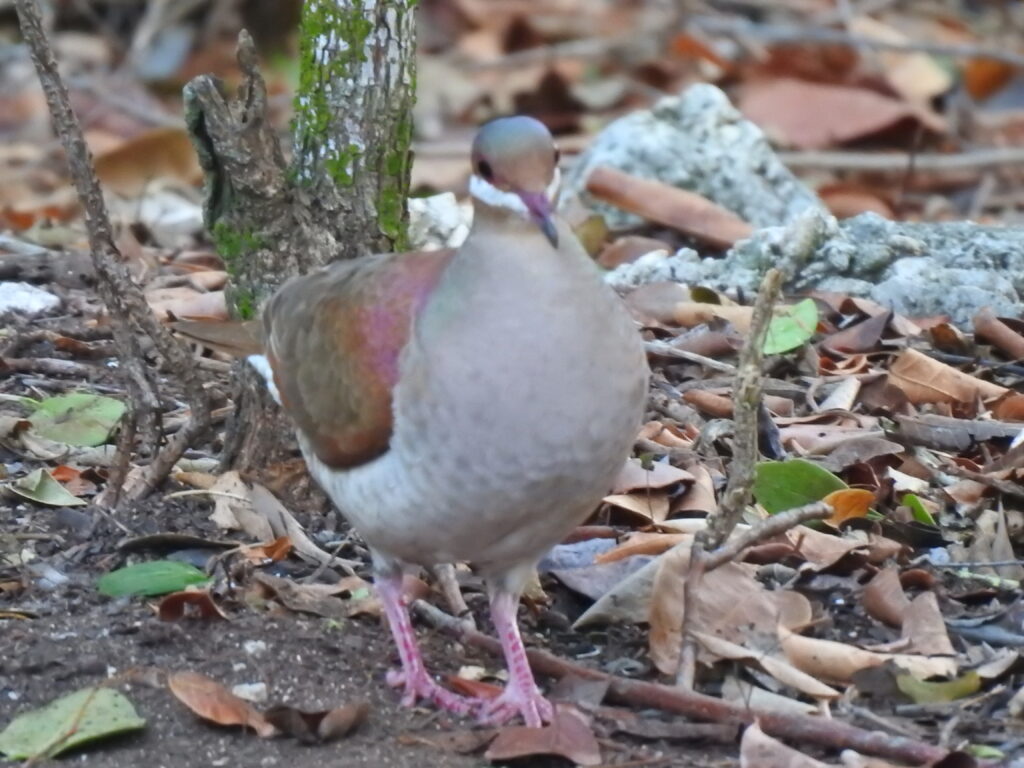
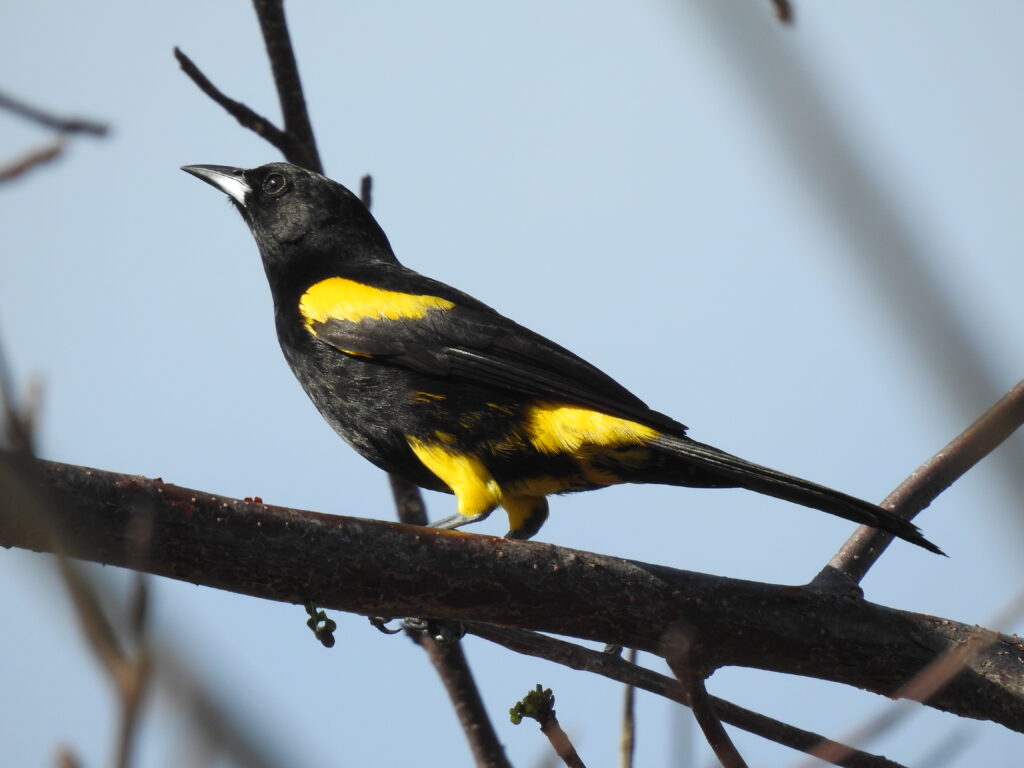
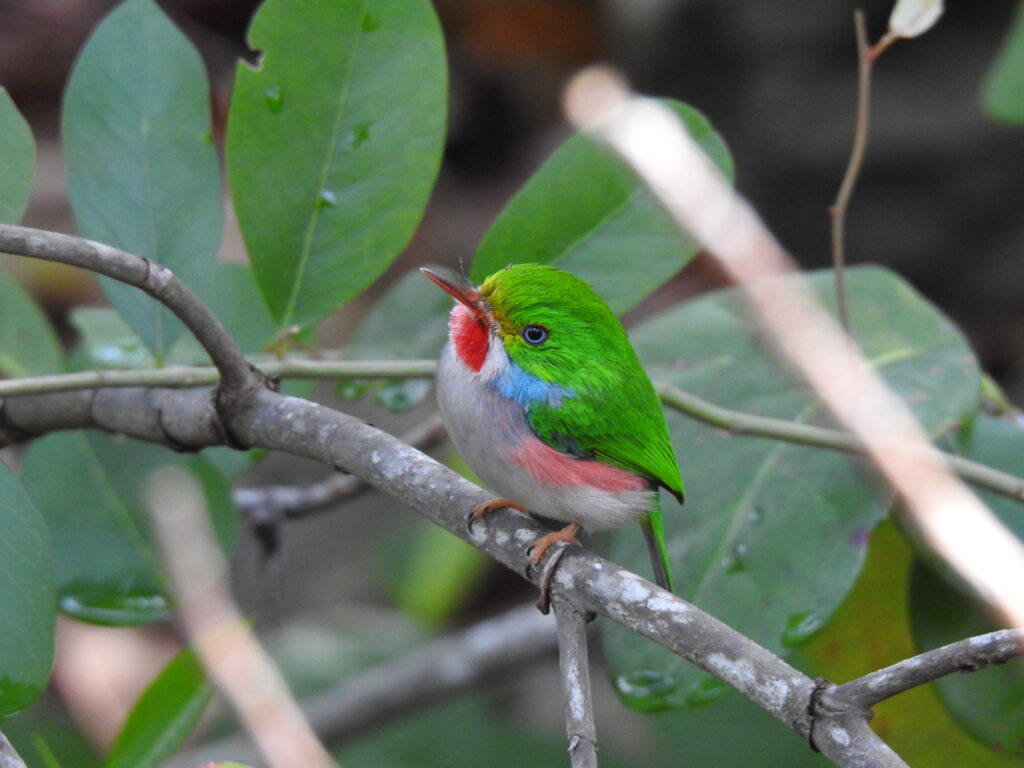
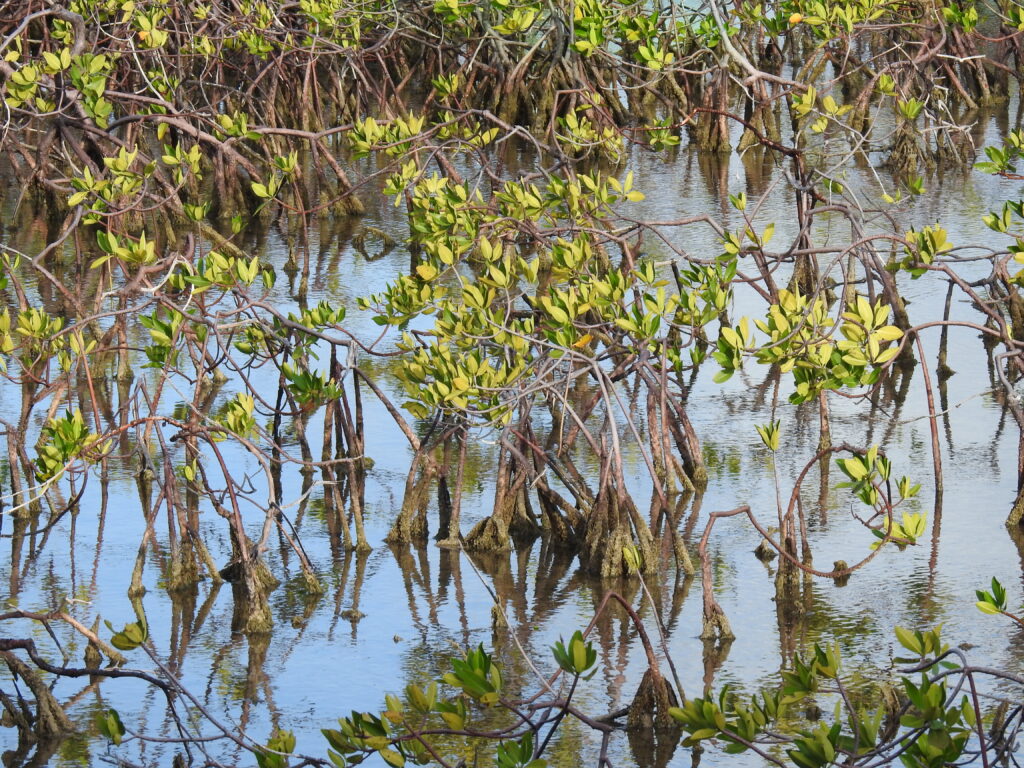
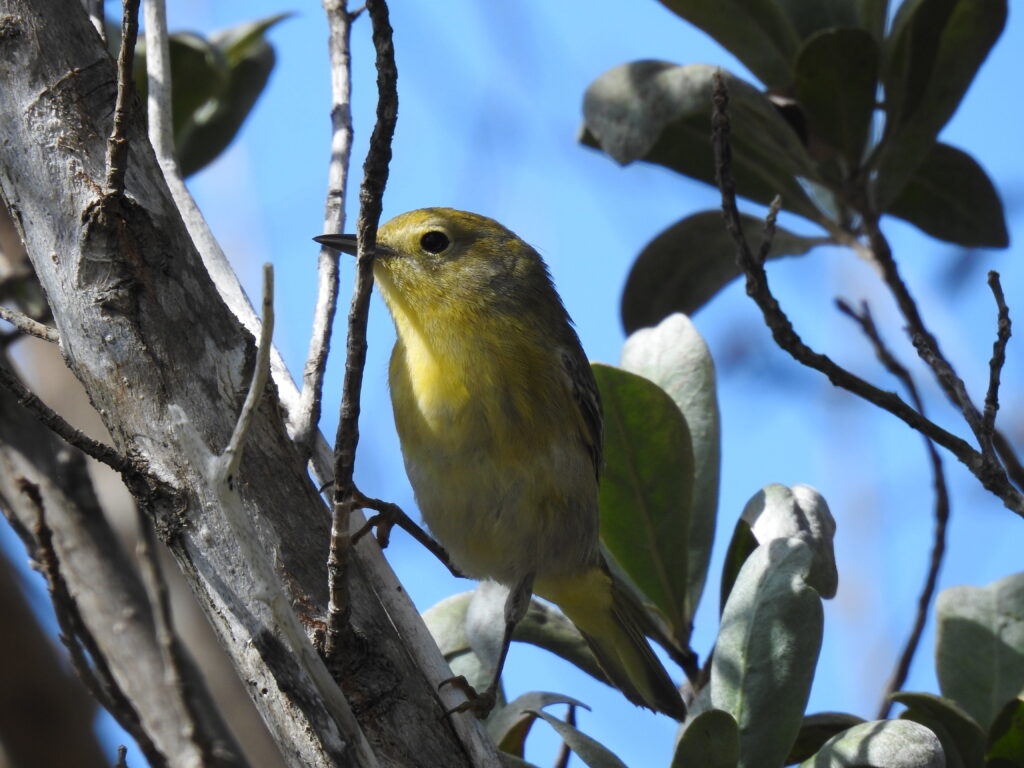
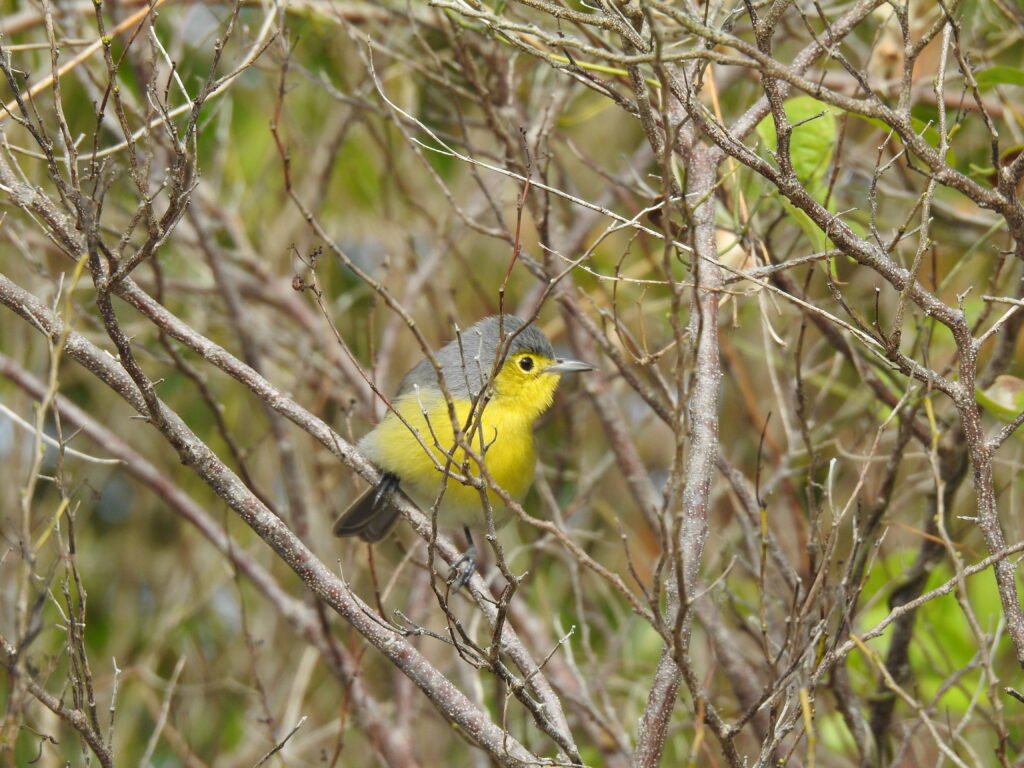
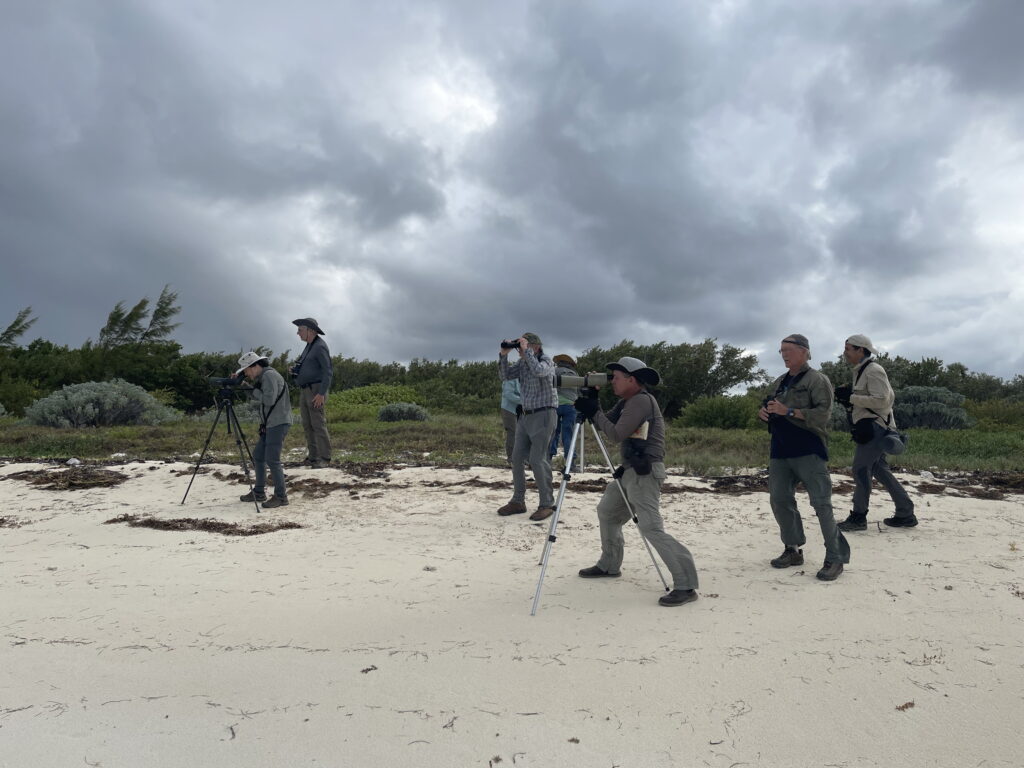
Trinidad and Nearby
Our next stop was the city of Trinidad, another city founded in 1514 and also a UNESCO World Heritage Site due to its role in the sugar trade in the 18th and 19th centuries. In 2015, its population was about 75,000. We were here long enough for a tour of the city (by our excellent Cuban guide, Gustavo), as well as great food and interesting birding. Here are some images of the city:
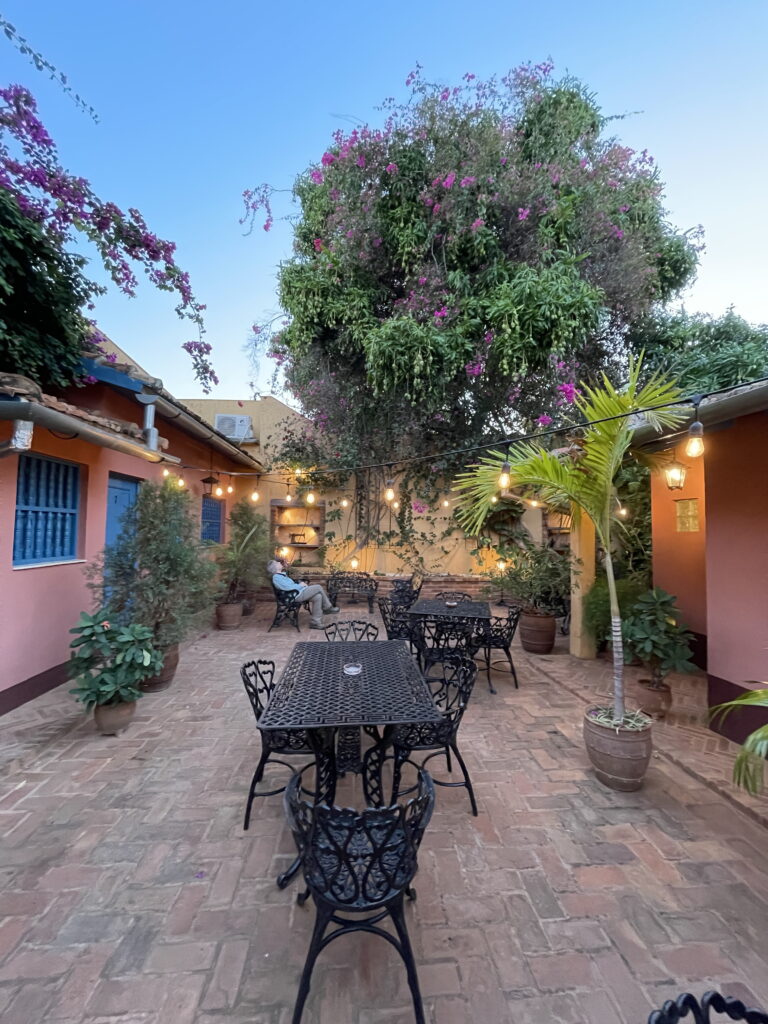
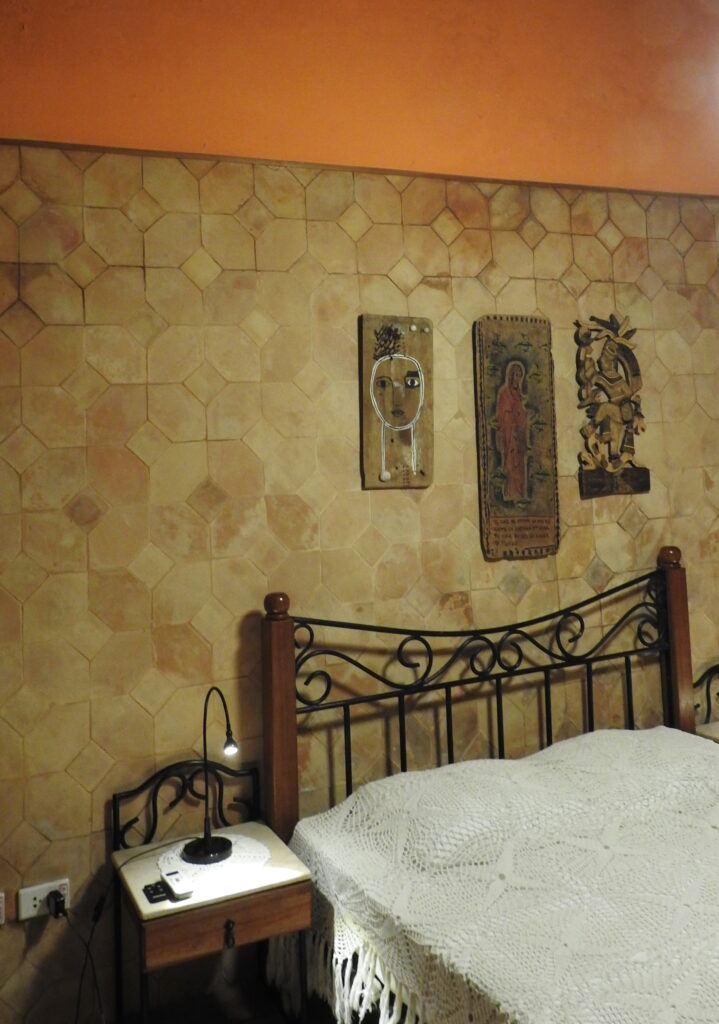
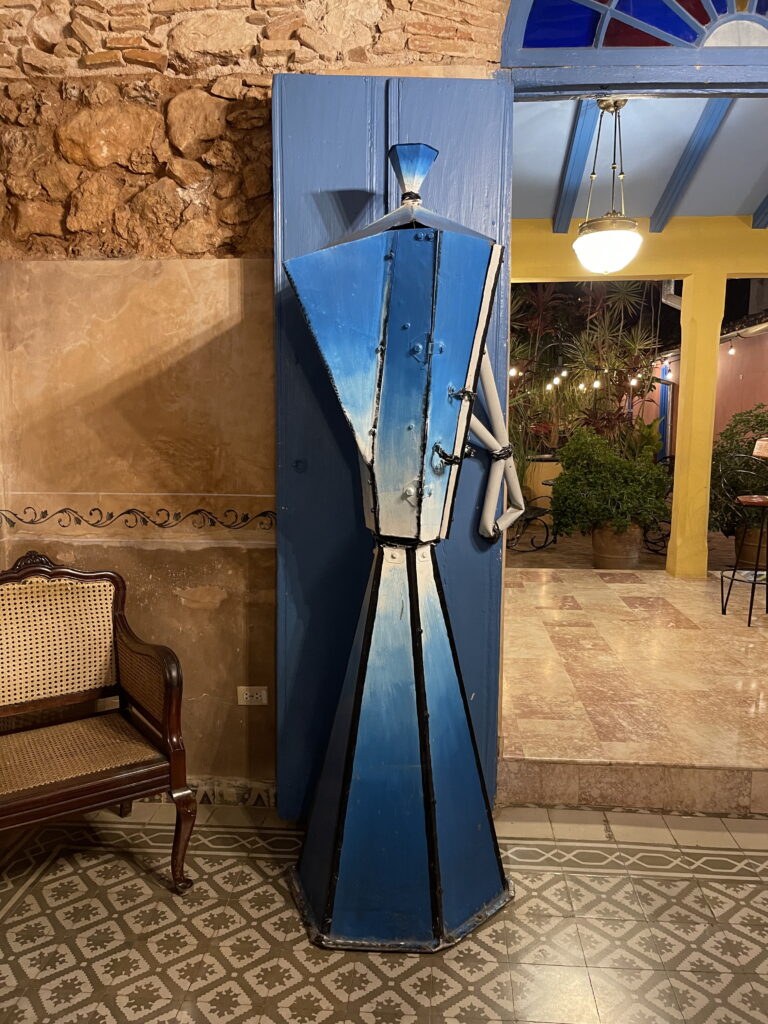
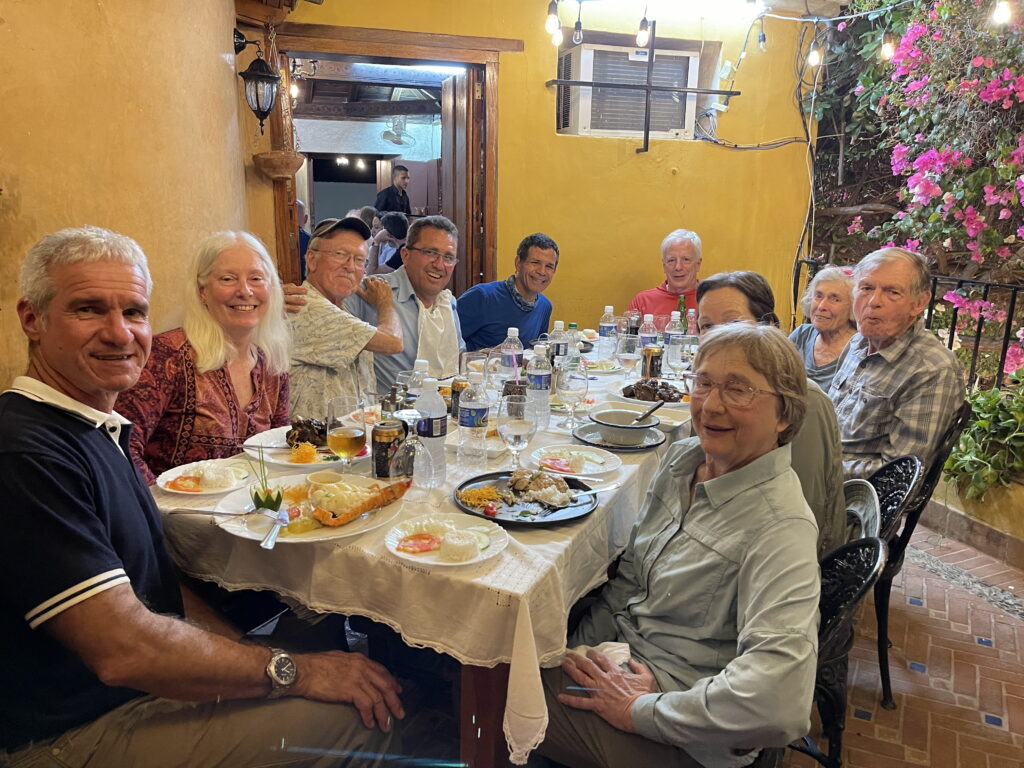
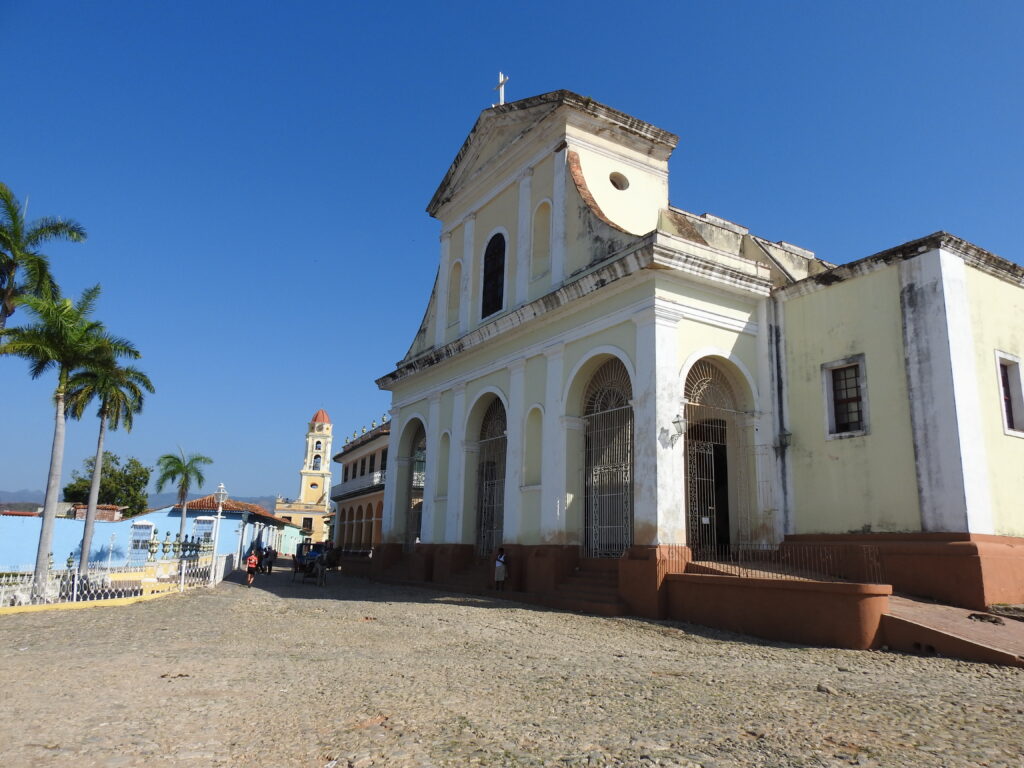

We visited the Cienfuegos Botanical Garden, an interesting place with unusual birds, bats and other creatures living in the trees and shrubs.
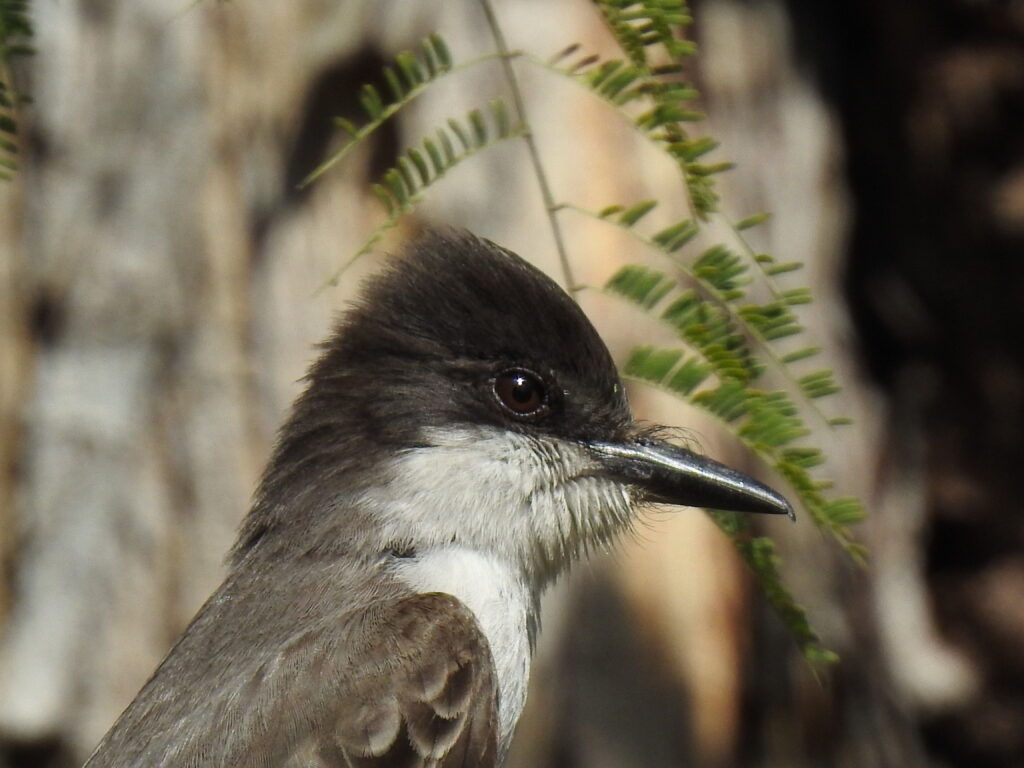
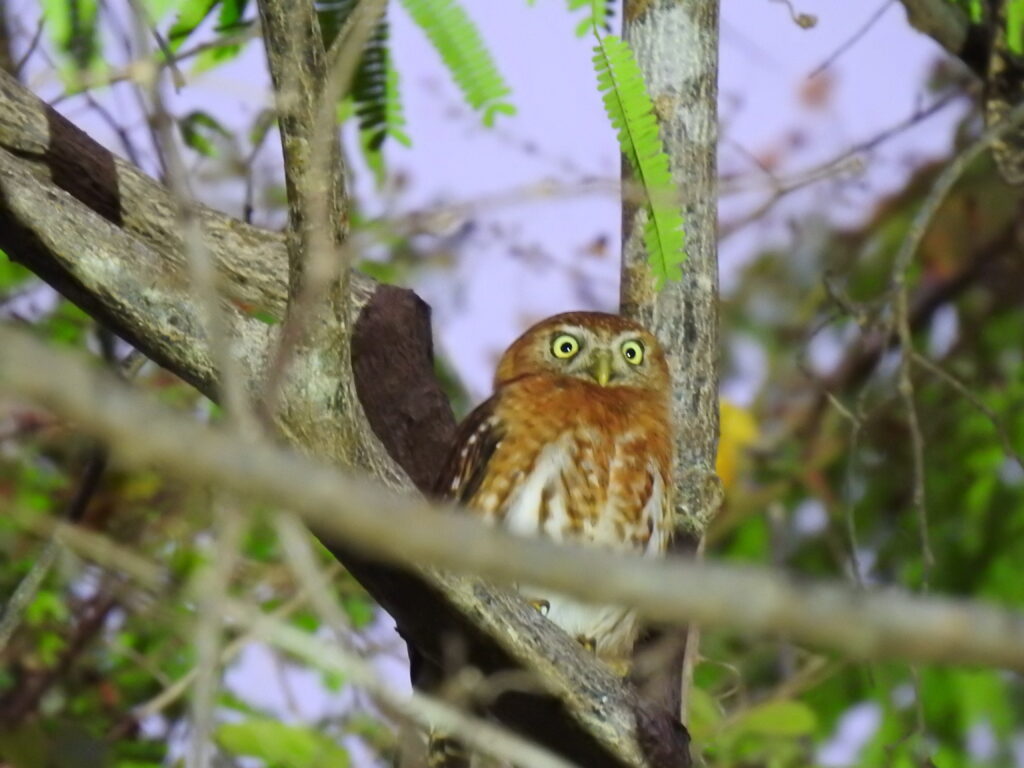
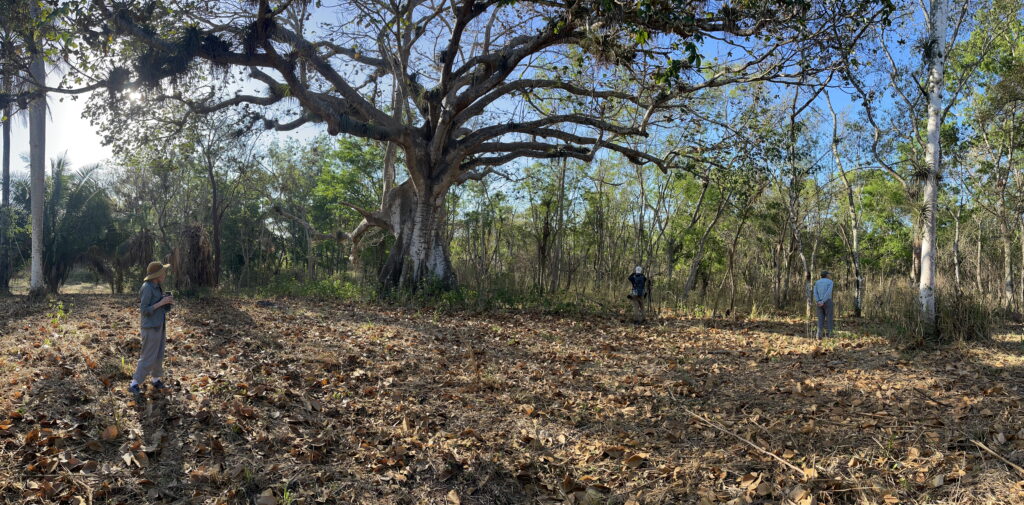
We also visted the city of Cienfuegos, a newer city (founded in 1819) in another area where the indigenous Taino people previously lived. Today it has a population of about 175,000 and is a major industrial and shipping center.
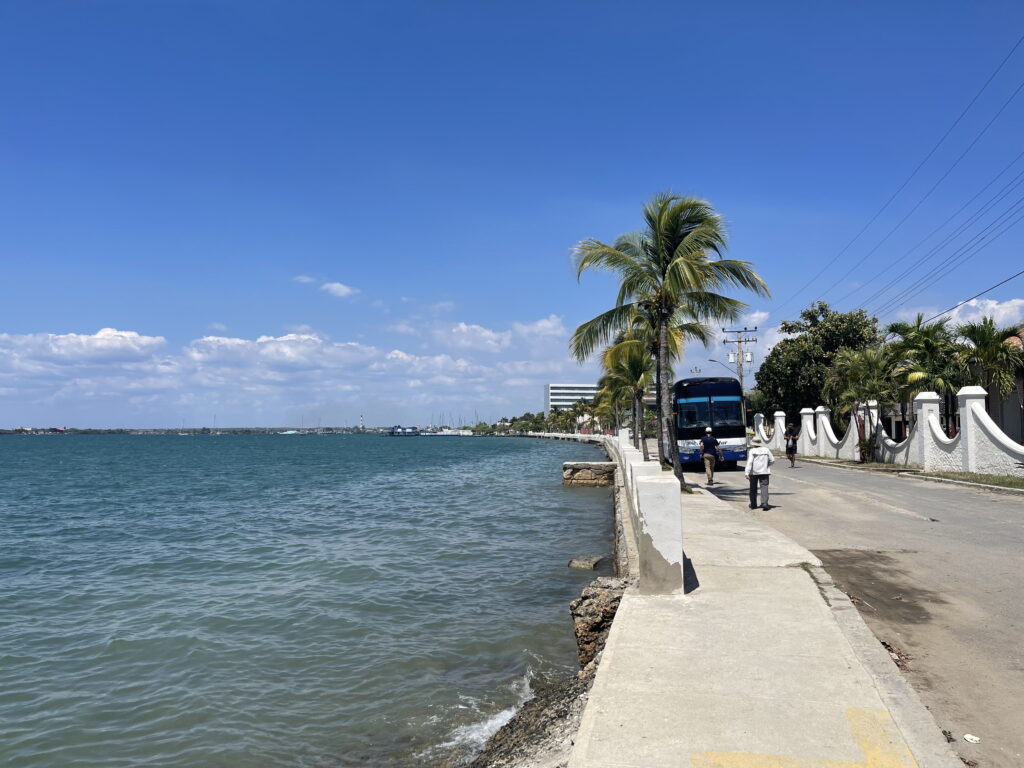
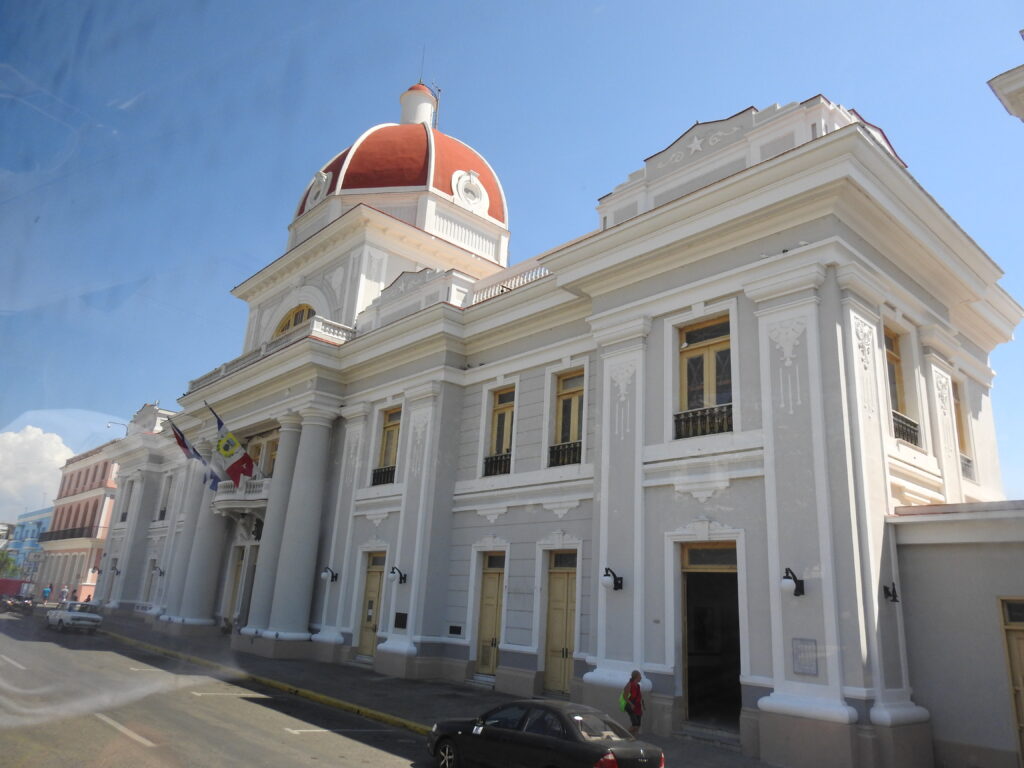
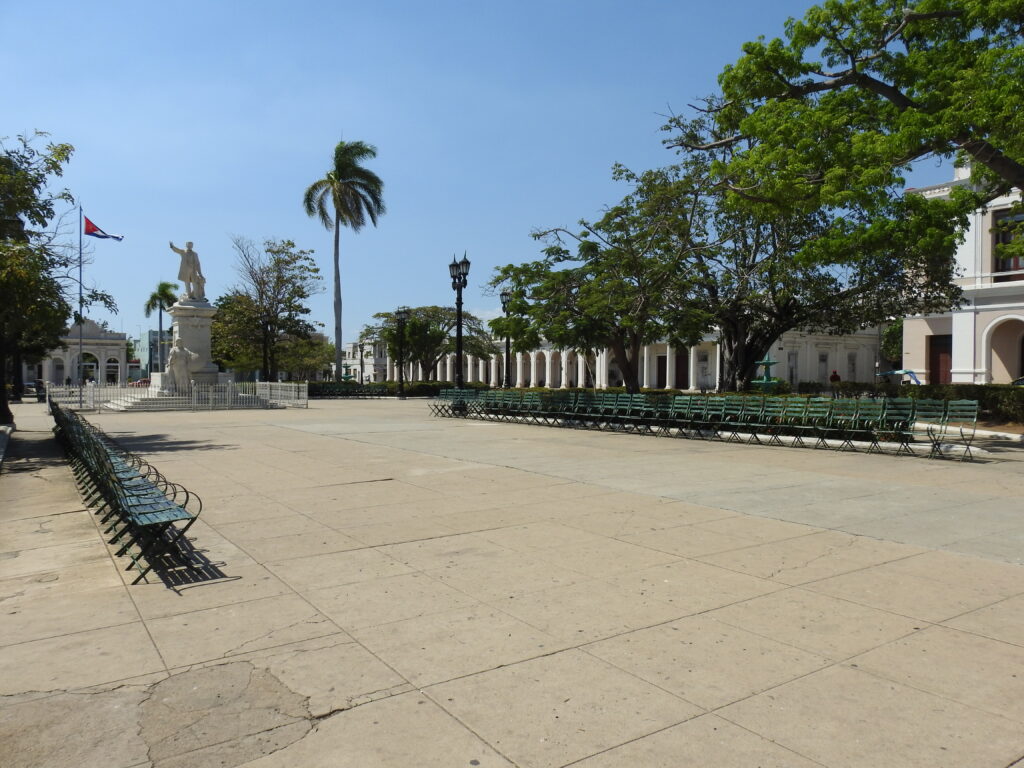
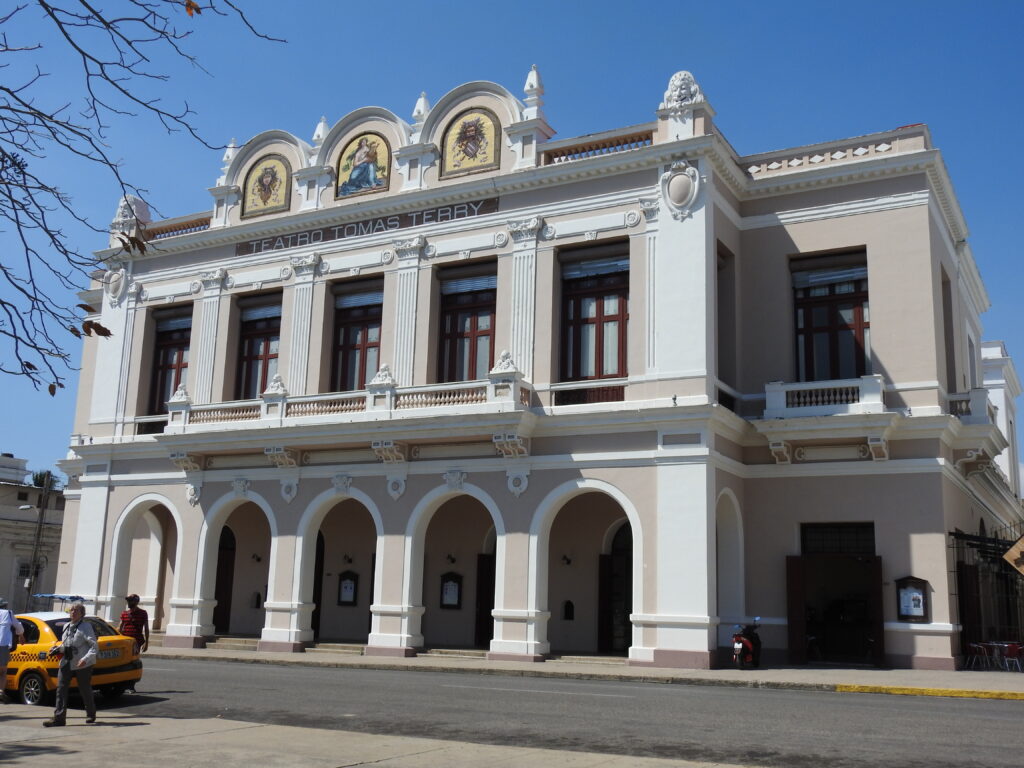
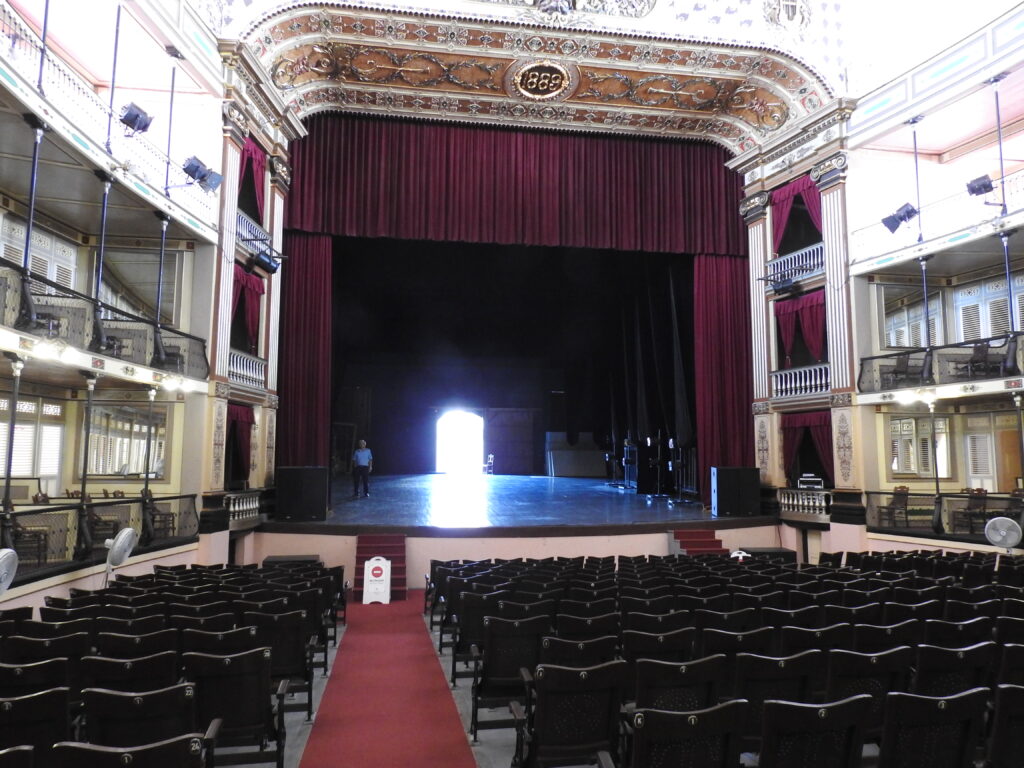
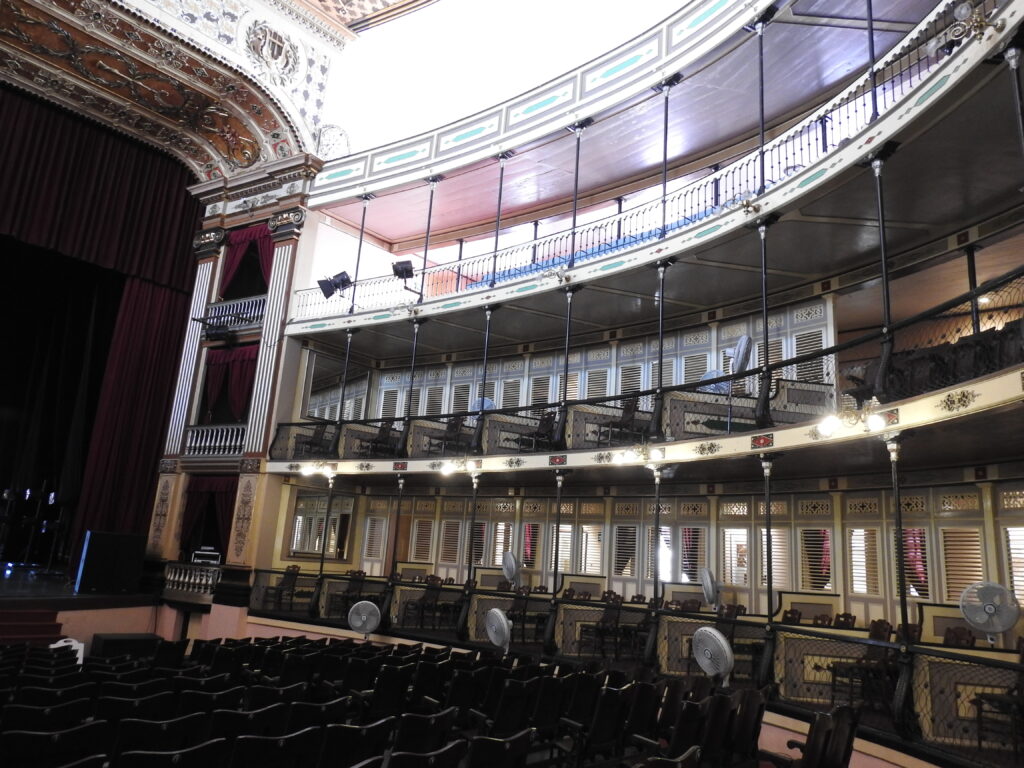
Zapata Peninsula and Bay of Pigs
For those of us who are Baby Boomers raised in the U.S., the 1961 Bay of Pigs invasion was a notable part of the Cold War conflict between the US and the USSR. Until this trip, we didn’t really know much about exactly where this unsuccessful invasion (by Cuban exiles and supported by the US) happened or how that location related to major centers like Havana (about 100 miles away). So it was eye-opening to visit it. Here’s how it looks now:
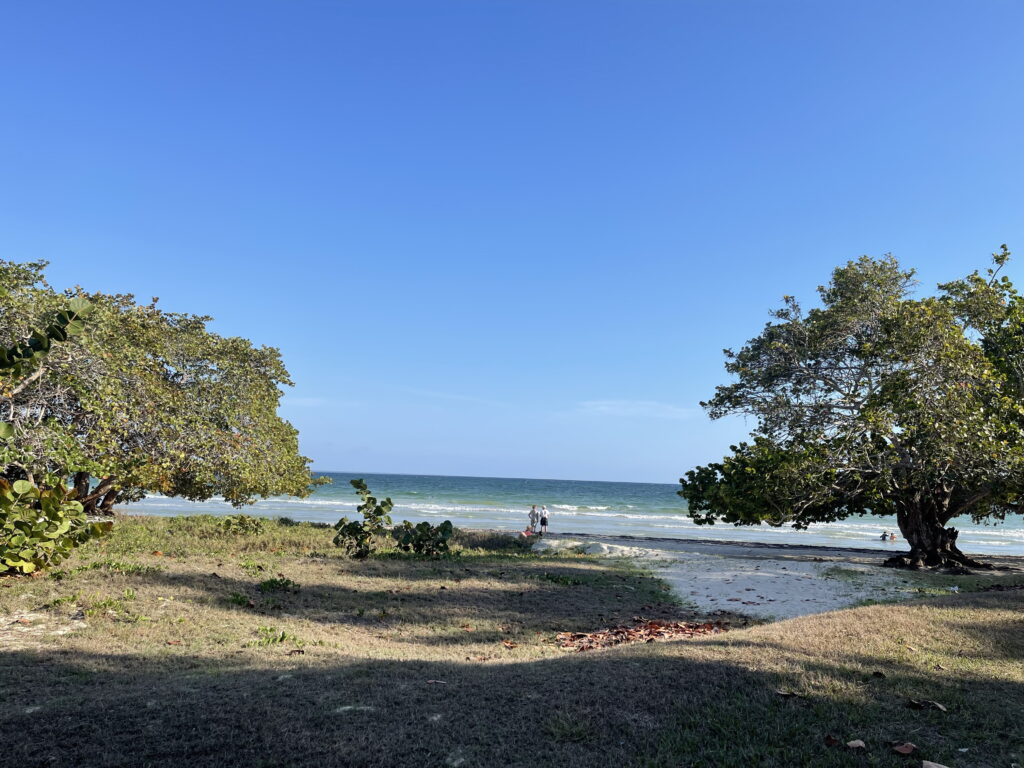
Along this same bay is the Zapata Peninsula, including the Cienega de Zapata Biosphere Reserve. At over 2,300 square miles in size, it is an international RAMSAR site and one of the largest and most important protected wetlands in the Caribbean. We visited three distinct locations that are important to birds and ecology, and had a lovely stay at another hostal.
Our expert local guide Orlando Ramirez had been involved with habitat preservation at Refugio de Fauna Bermeja for decades. With him, we explored the trails and saw the endemic birds of this area.
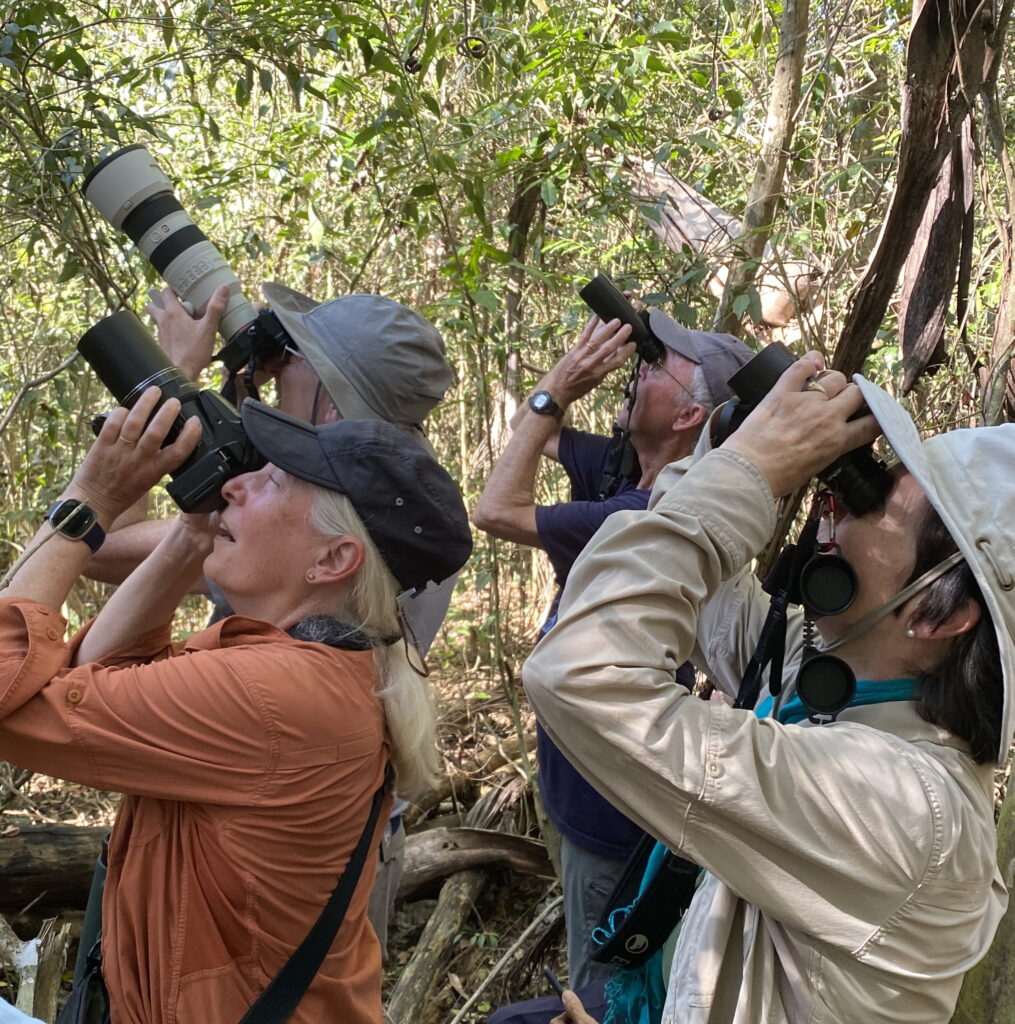
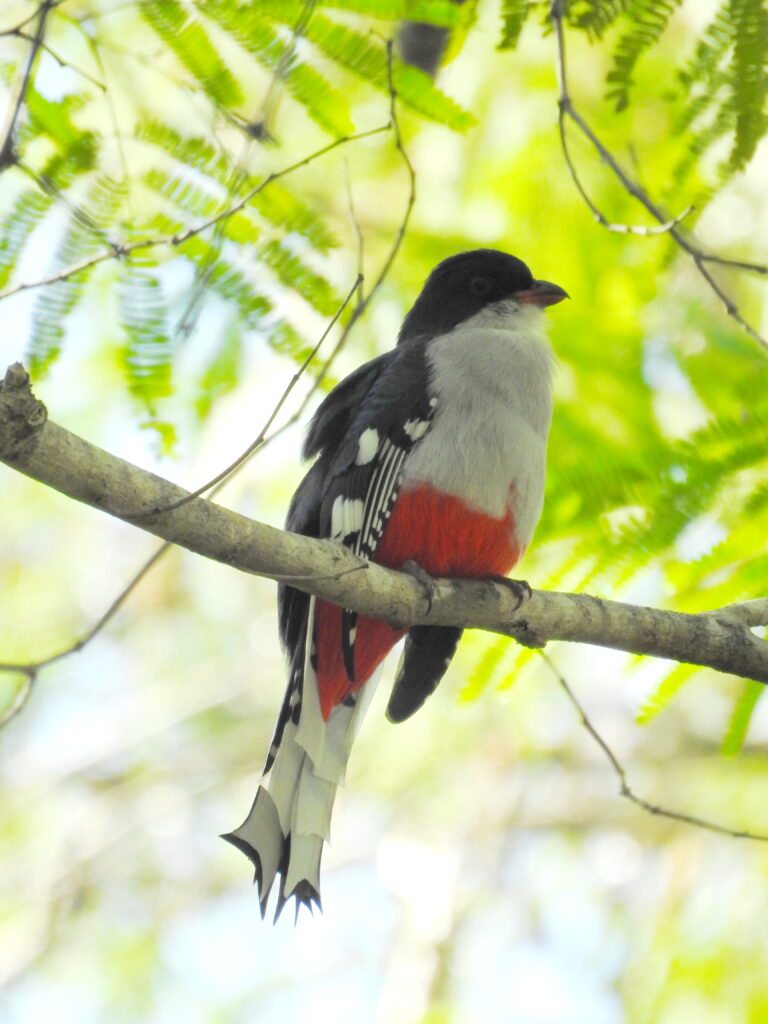
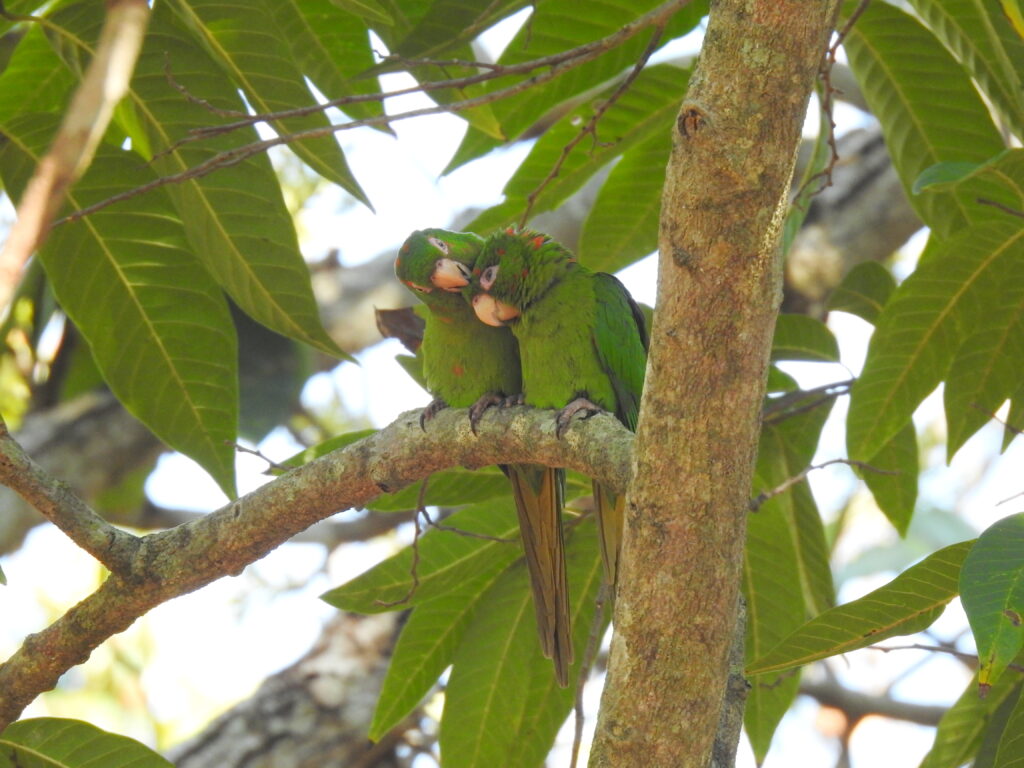
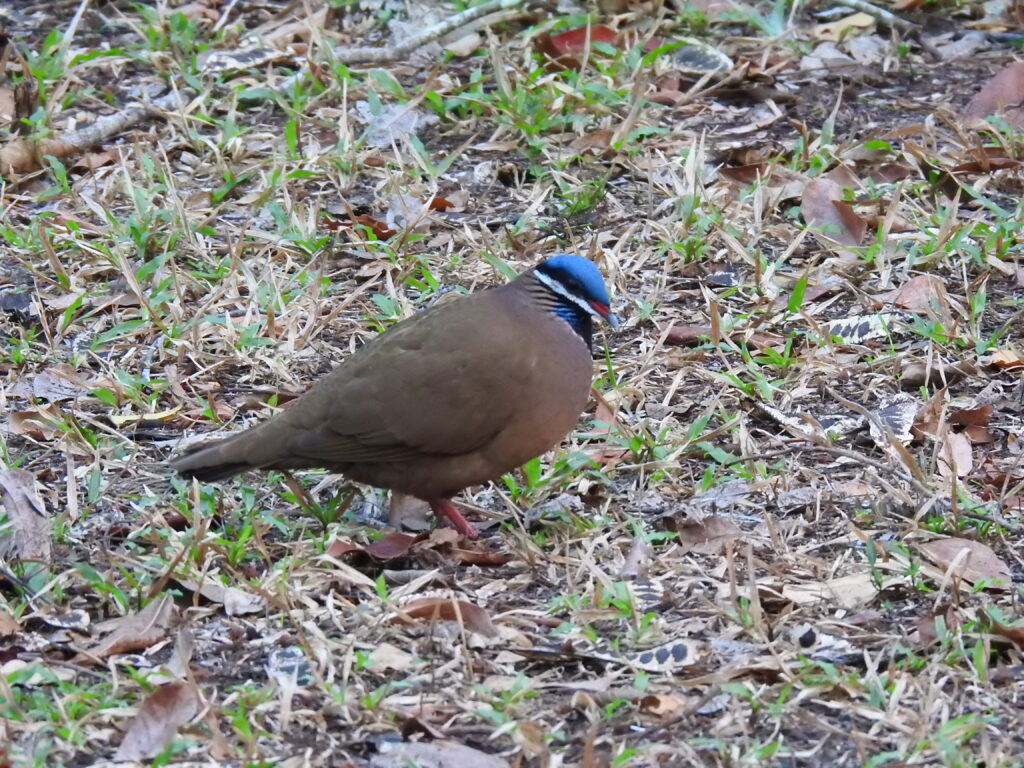
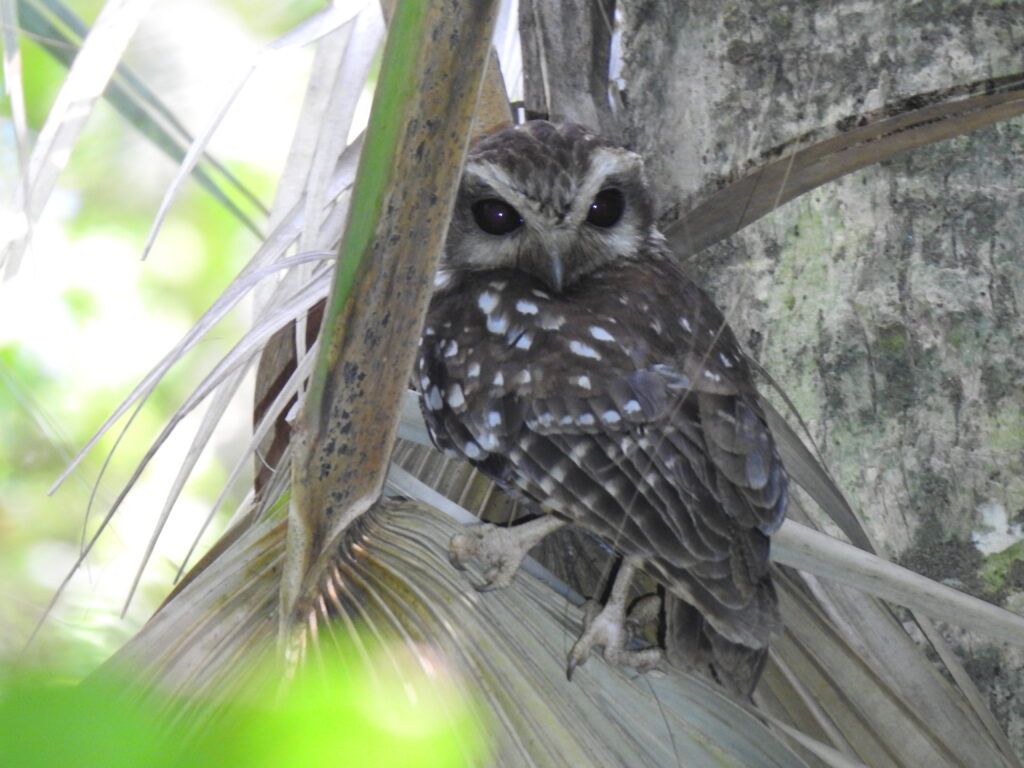
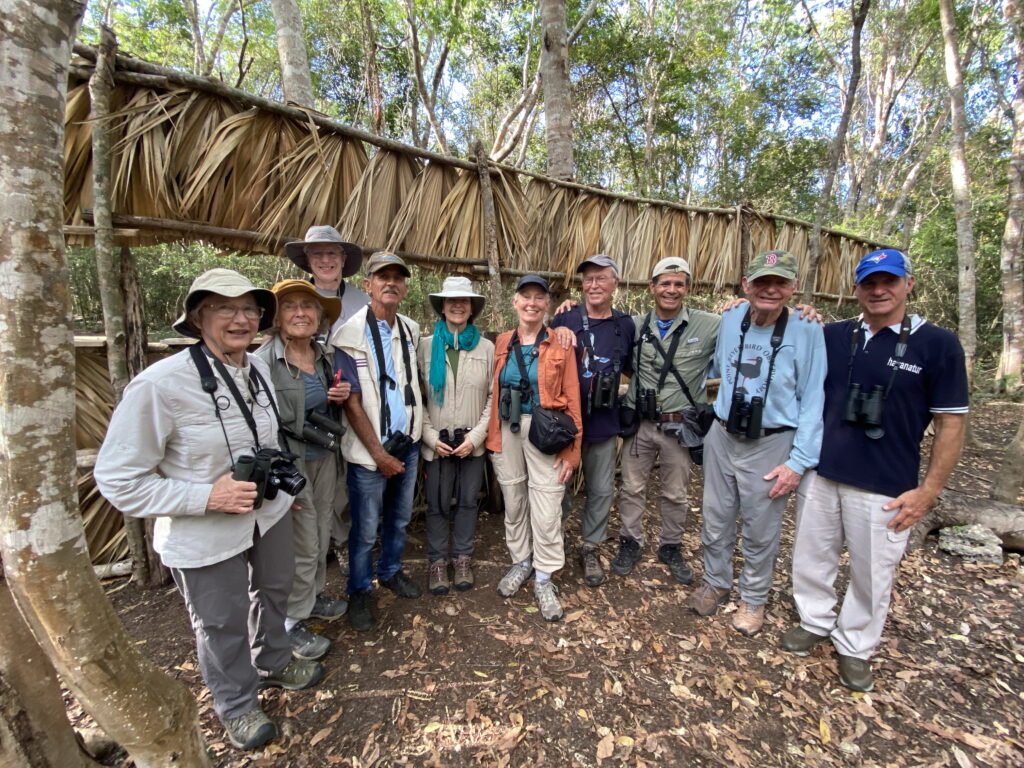
We stayed two nights at the Hostal Enrique in Playa Giron, near where the Bay of Pigs invasion came ashore.
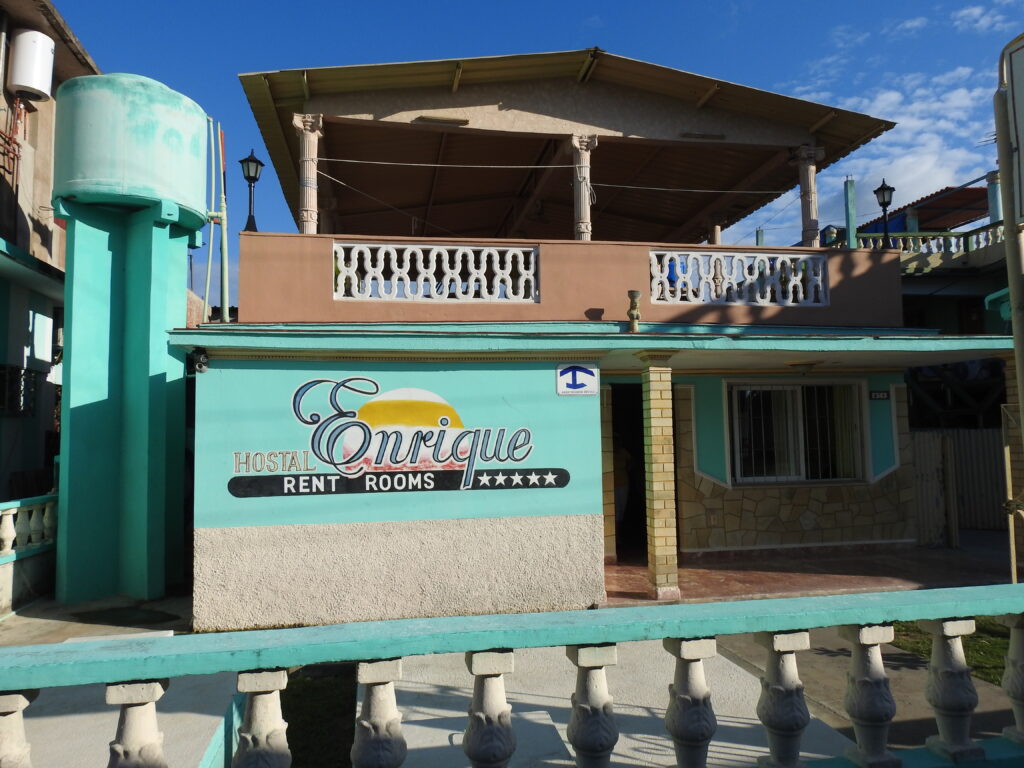
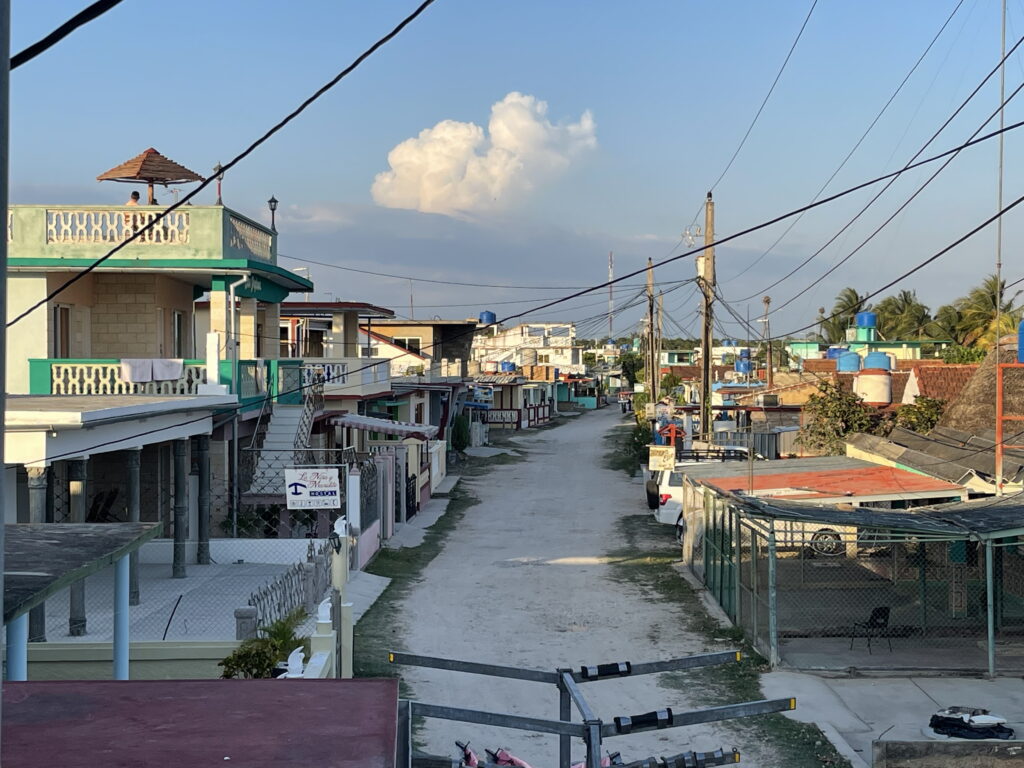
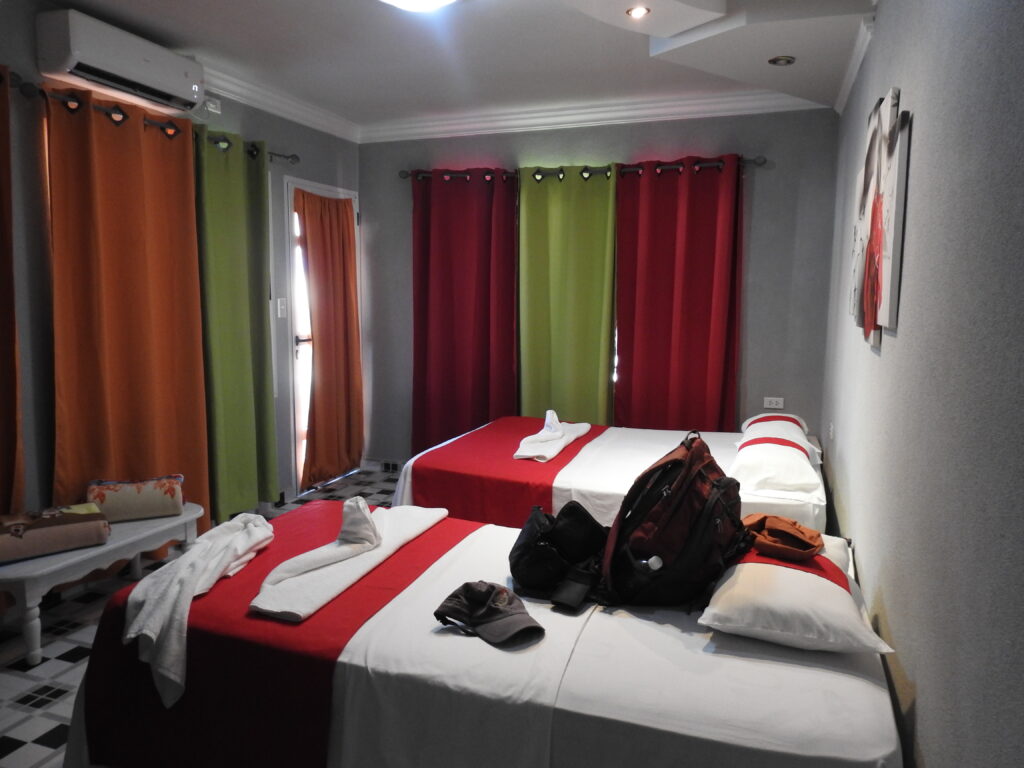
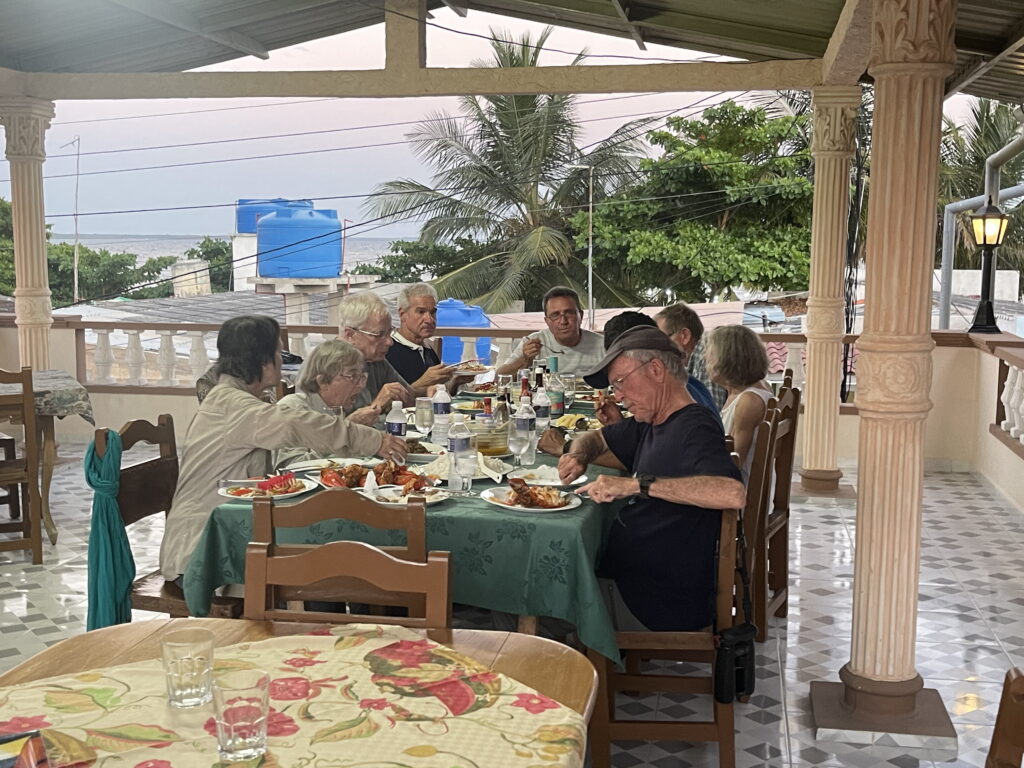
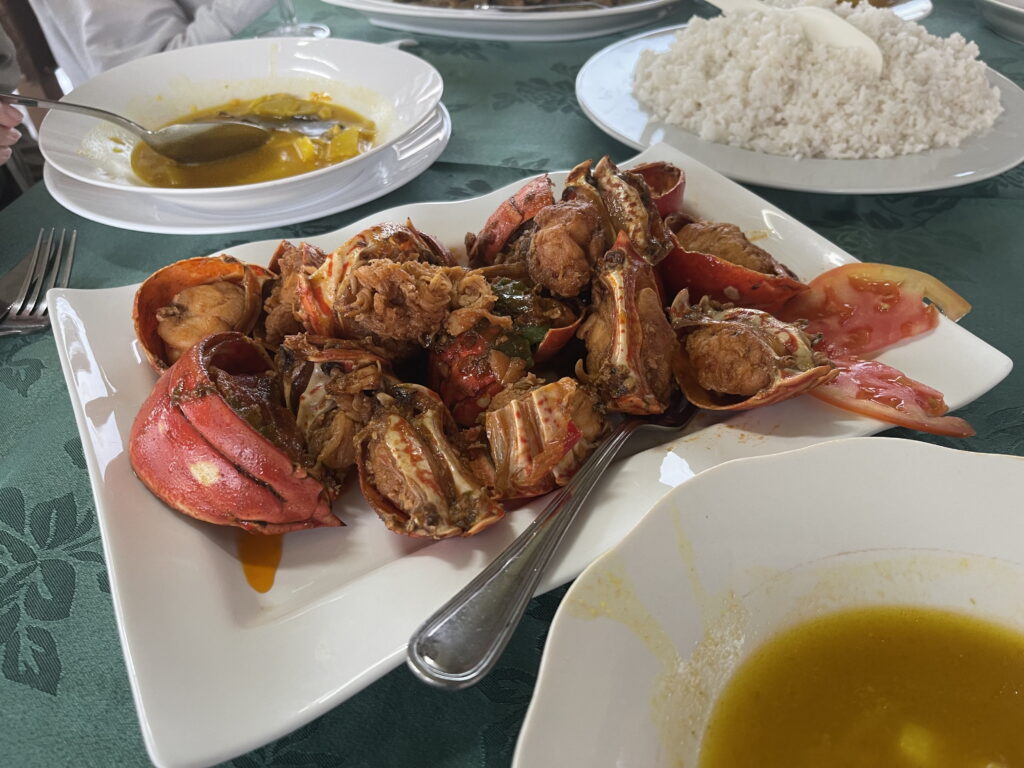
The two other birding sites were focused on two rare, endemic birds. Casa Ana is a home with gardens where the Bee Hummingbird lives. This is the smallest bird in the world! La Turba is a marshy area that’s home to the Zapata Wren. Both were lifers and we got great views!
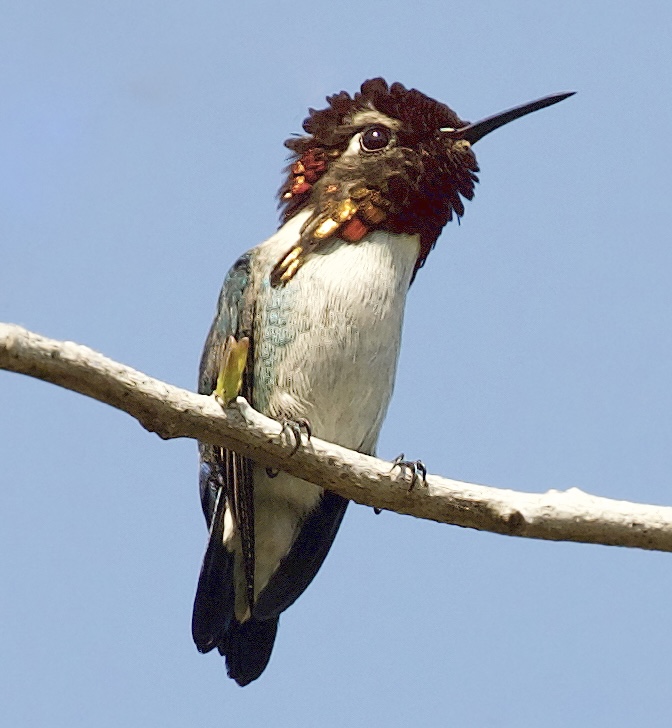
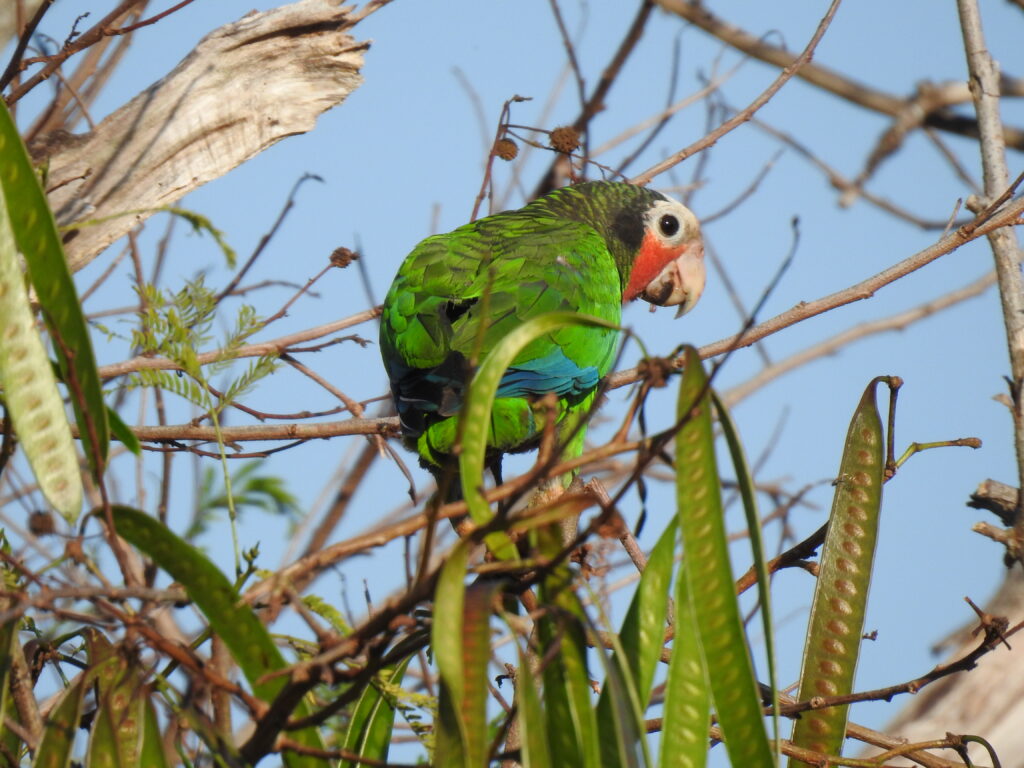
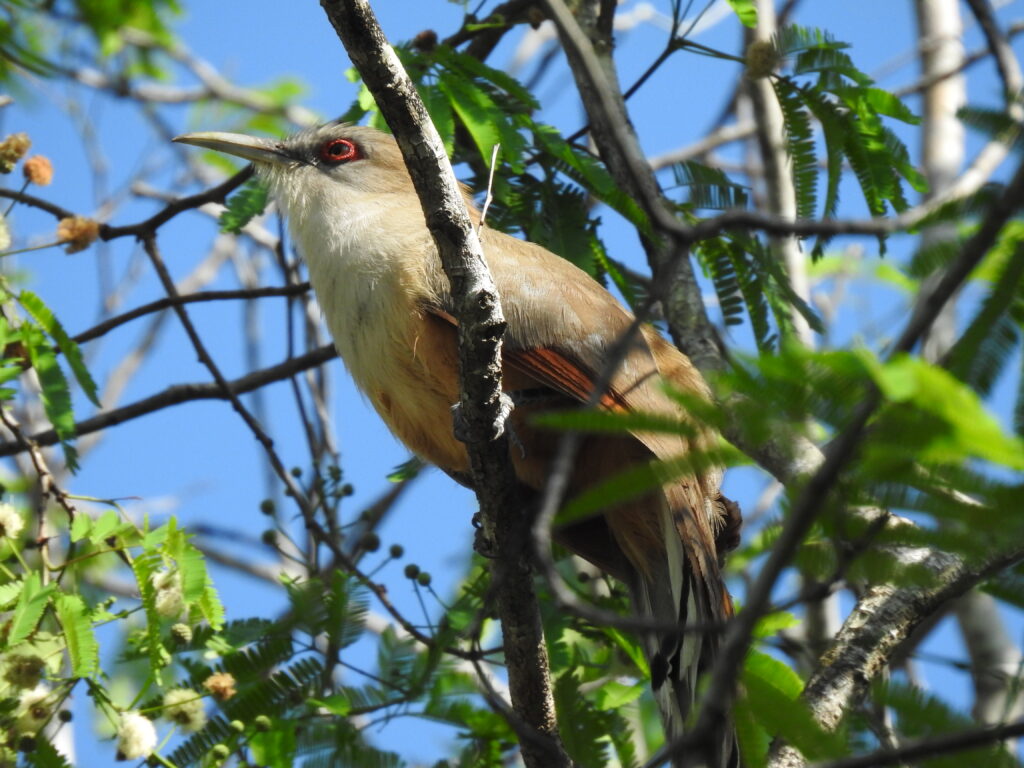
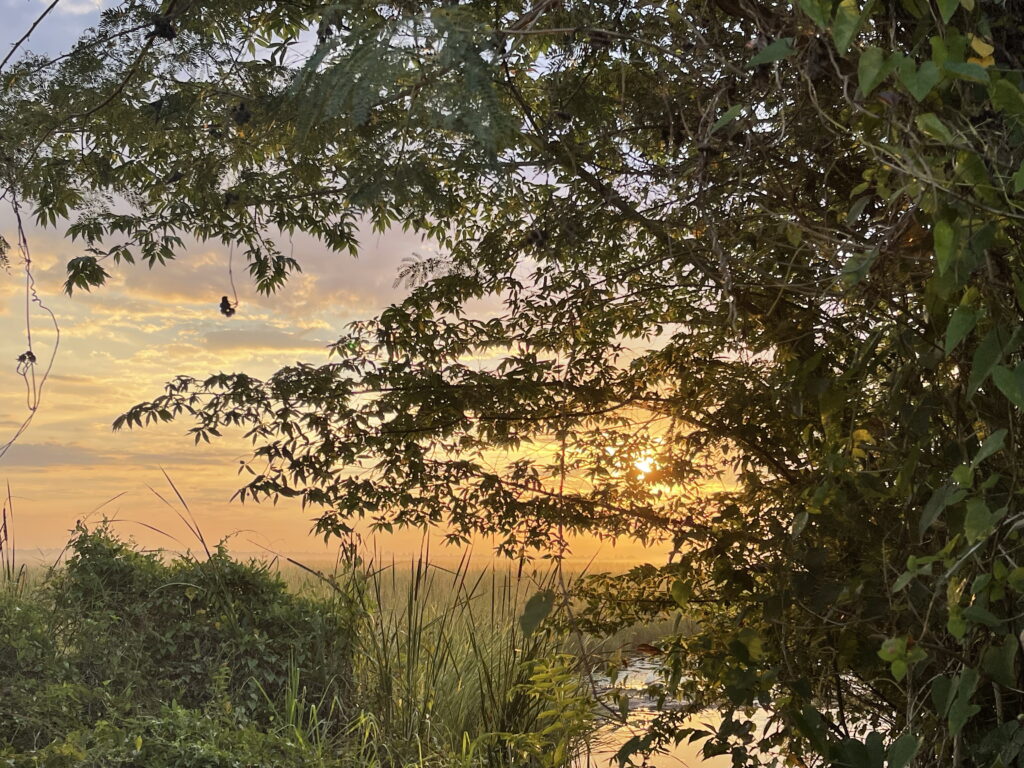
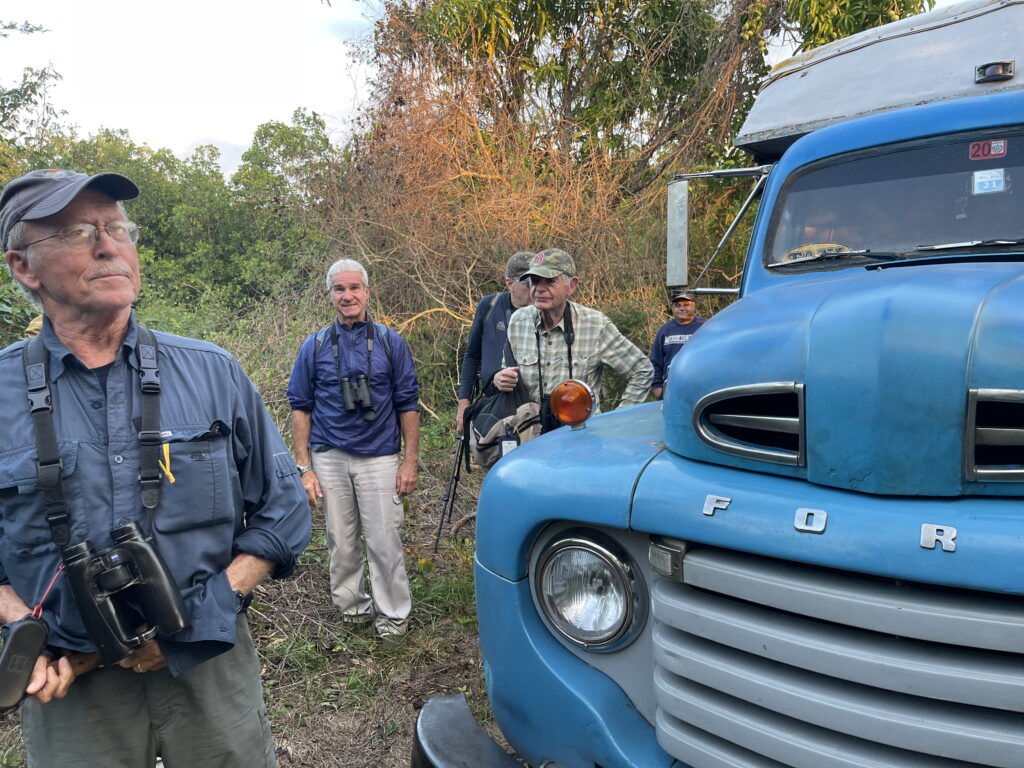
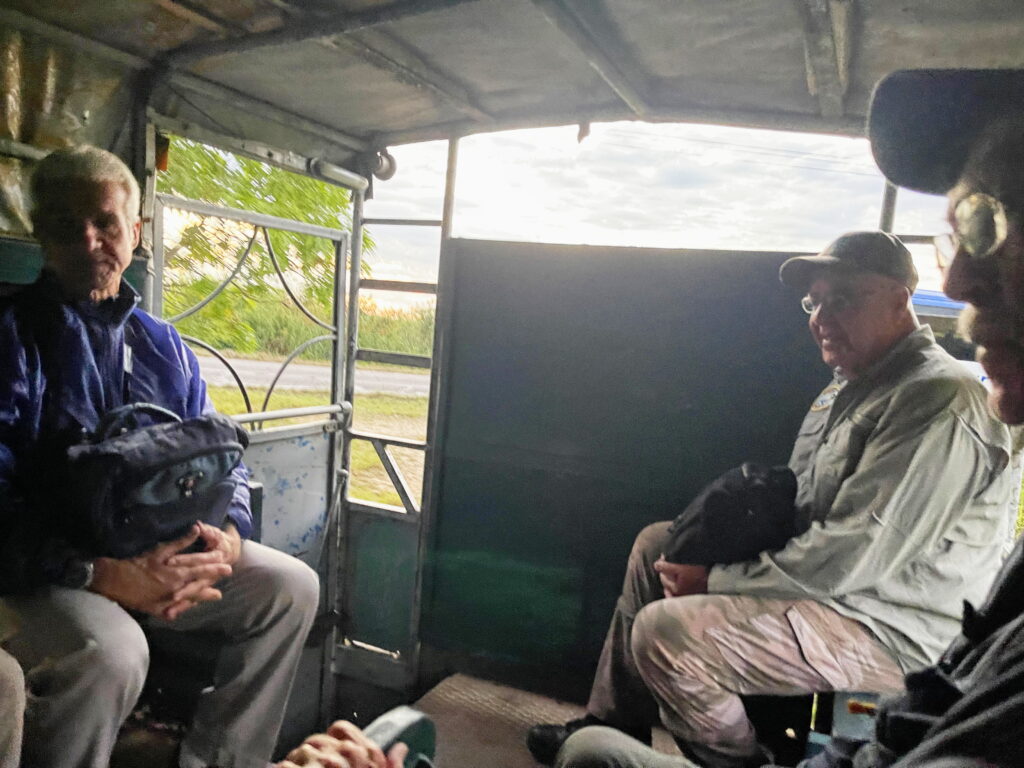
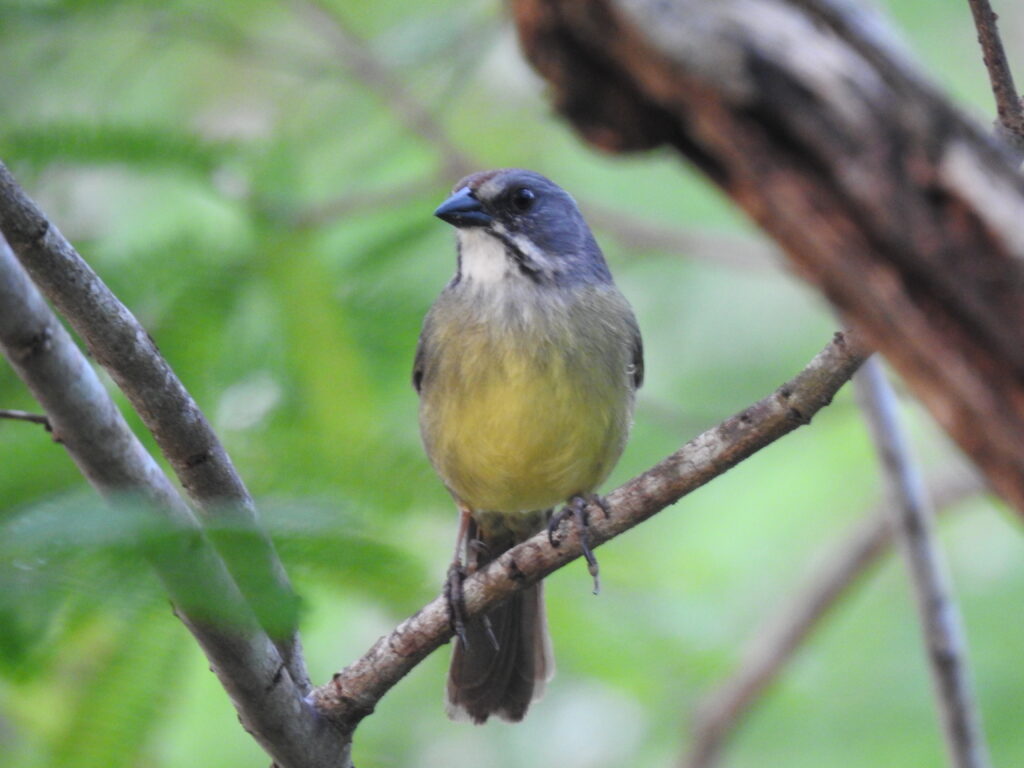
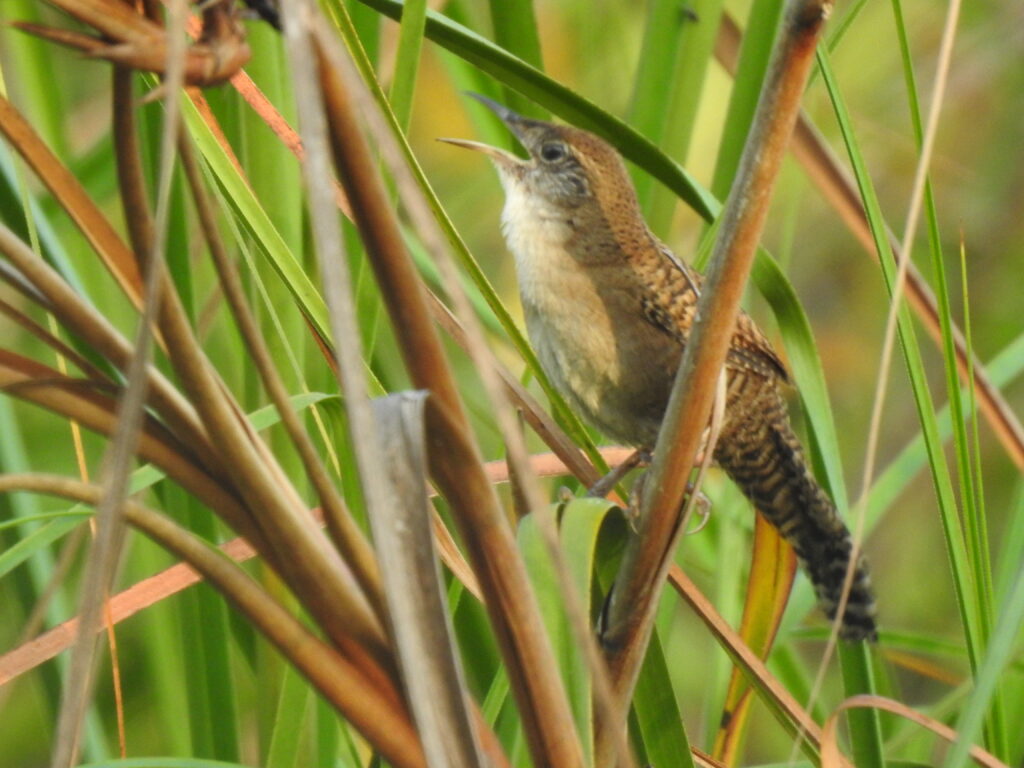
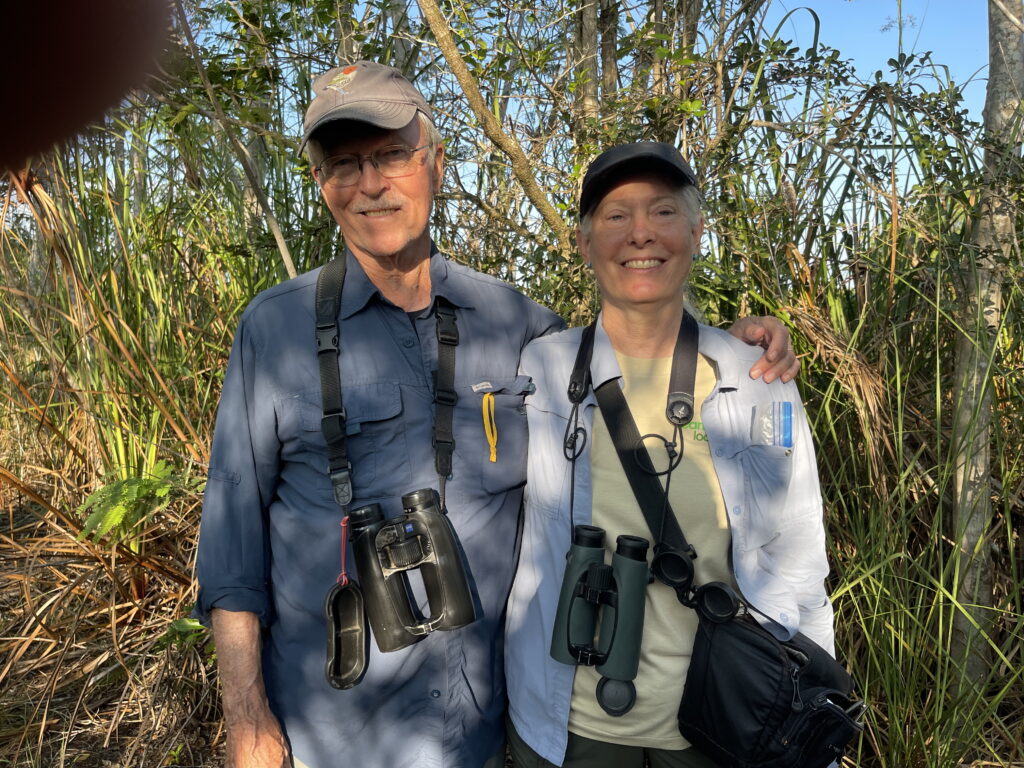
Hemingway’s La Vigia
Outside Havana, we visited a memorable literary destination, Ernest Hemingway’s home “La Vigia”.
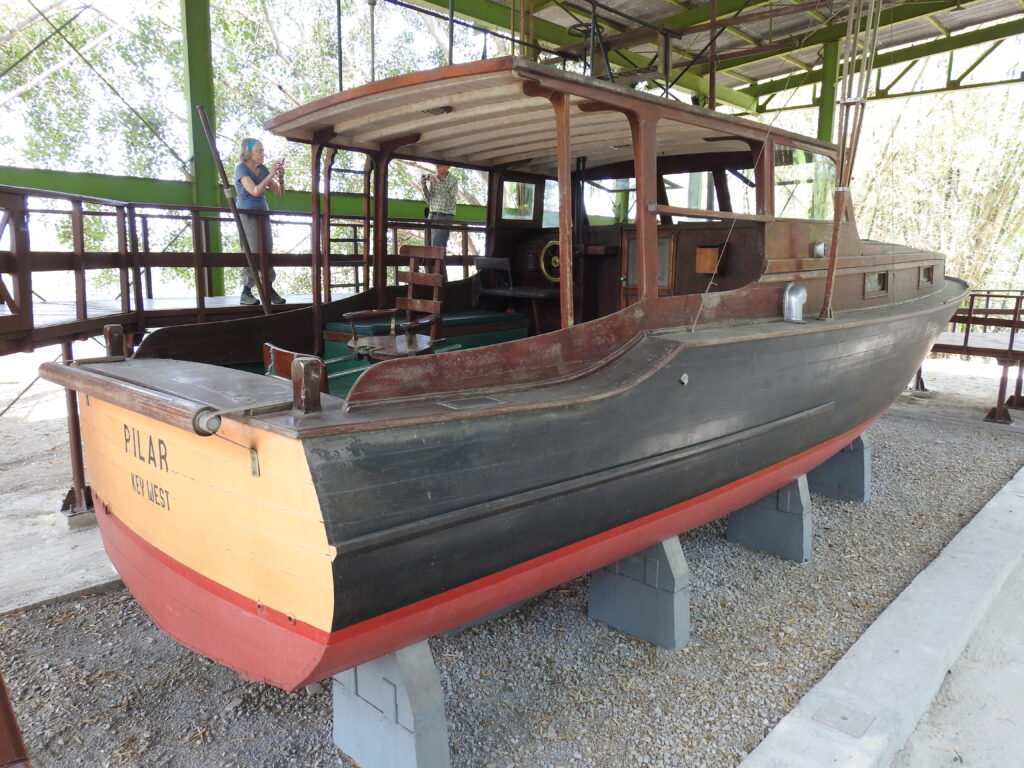
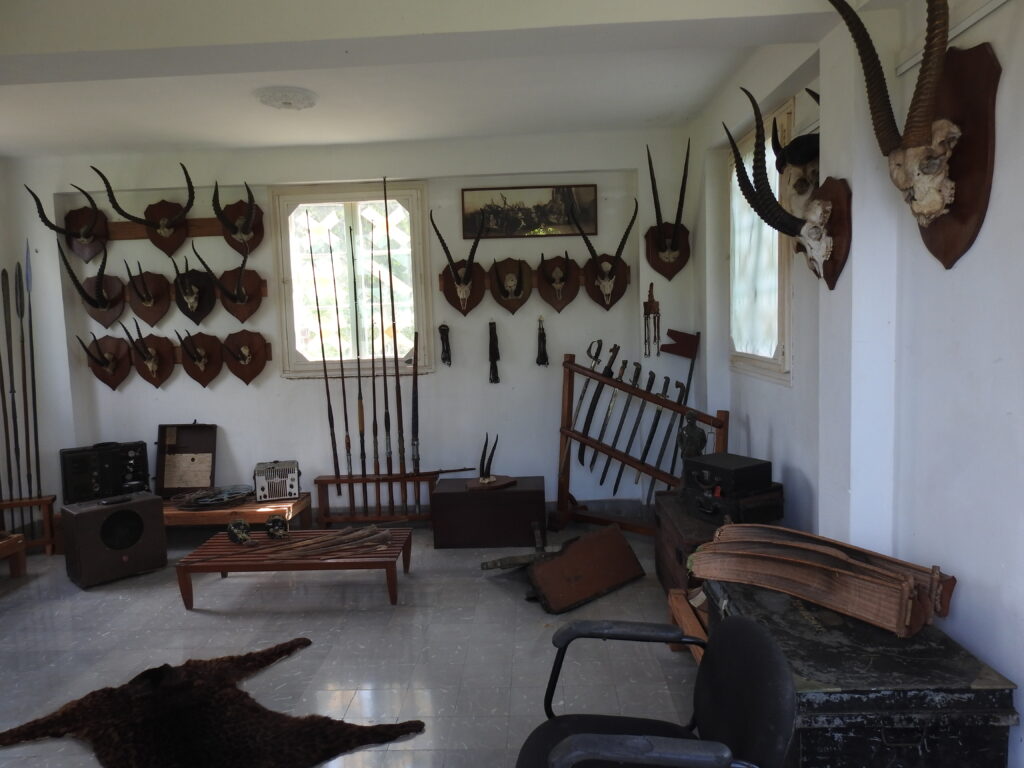
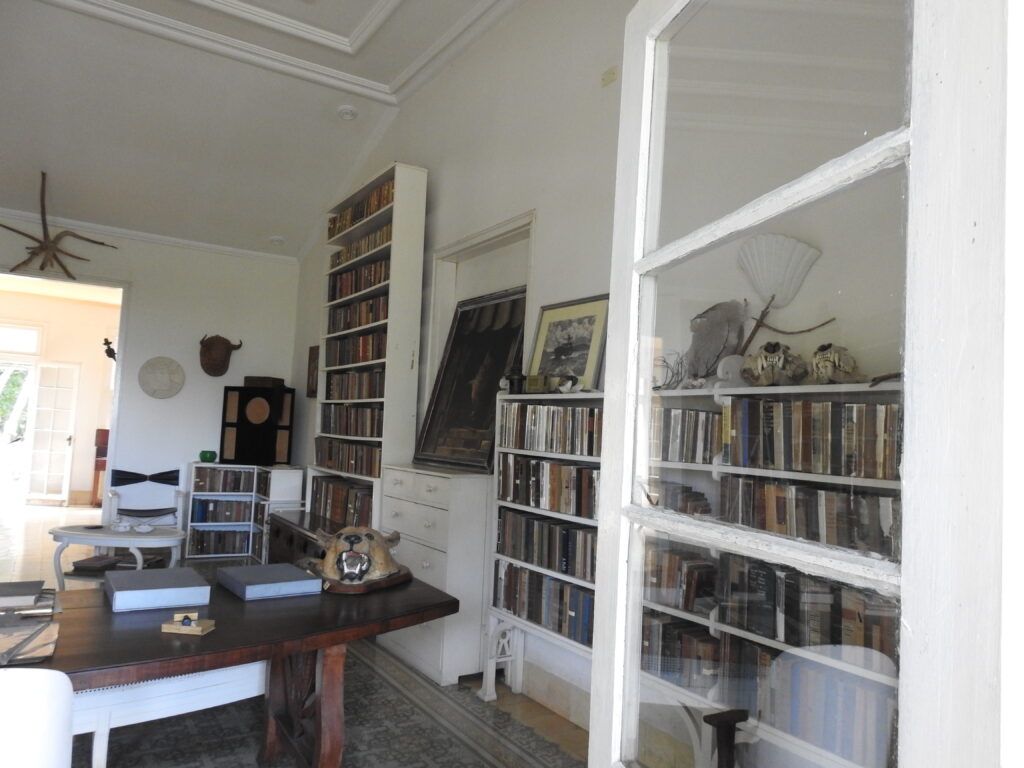
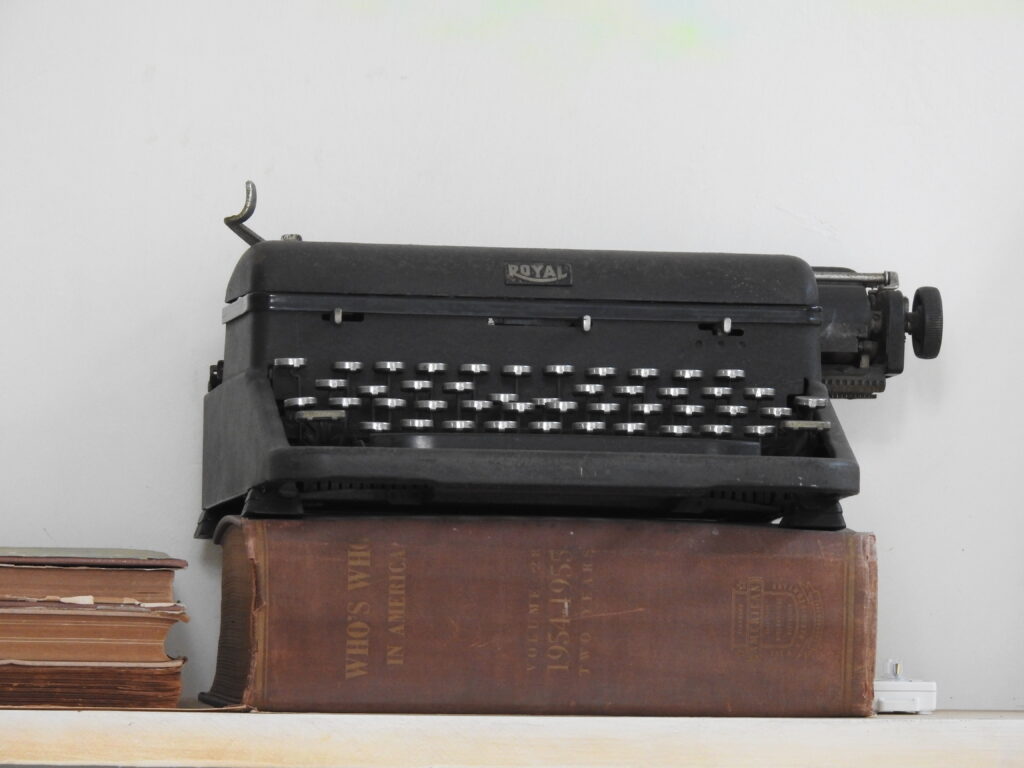
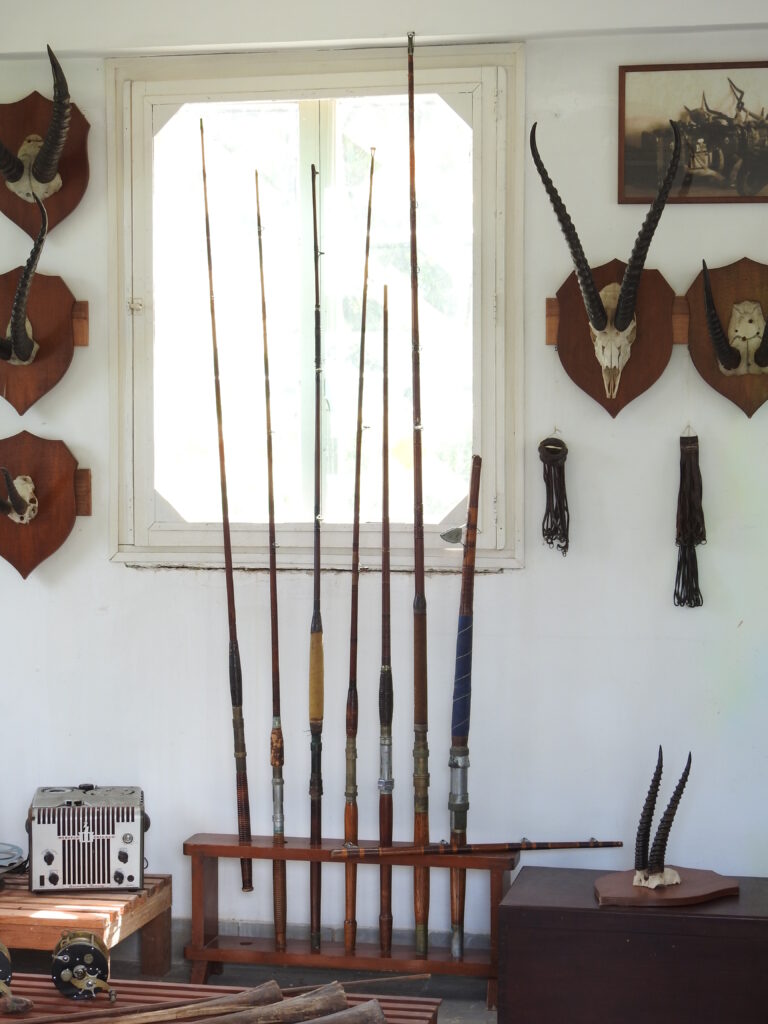
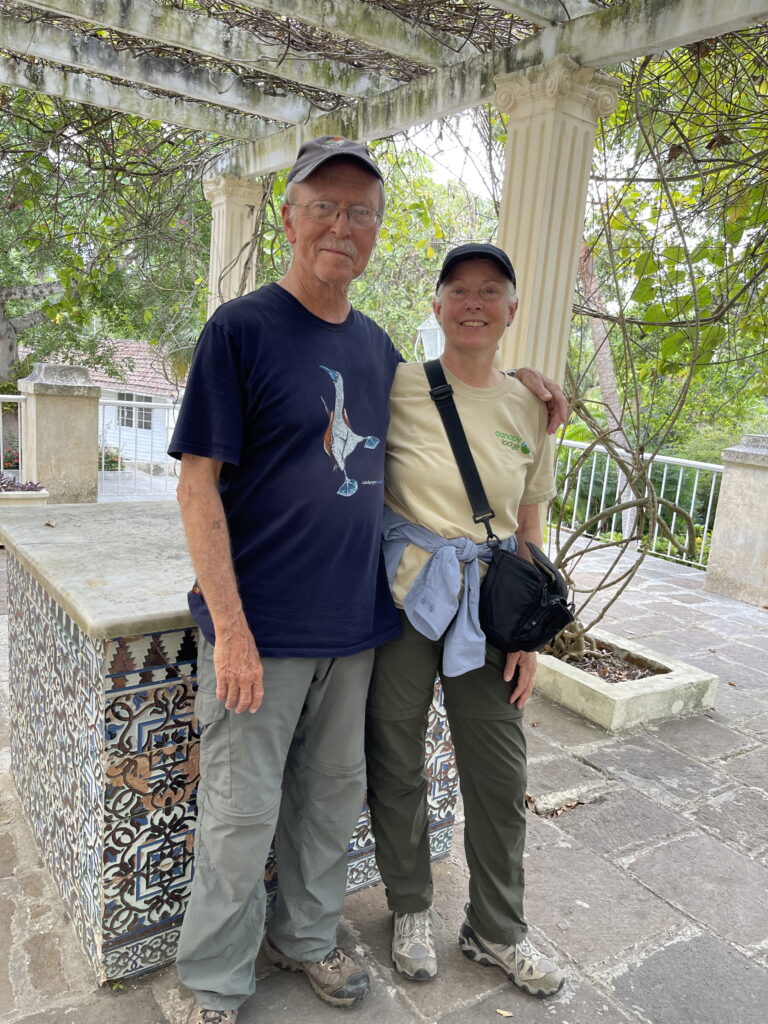
Soroa and Vicinity
We spent two nights at Hostal Lara, near the town of Soroa. In this area, we visited the site of unusual rock formations (mogotes) that Cuban Solitaires use to enhance their singing. We also experienced two of Cuba’s most famous industries.
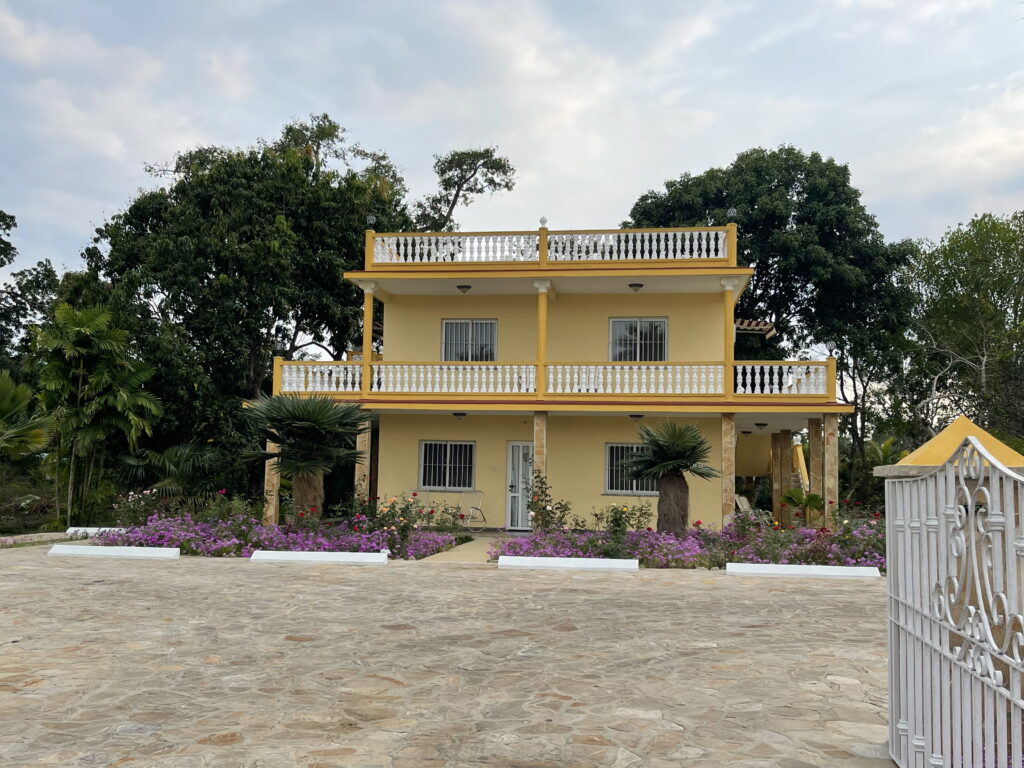
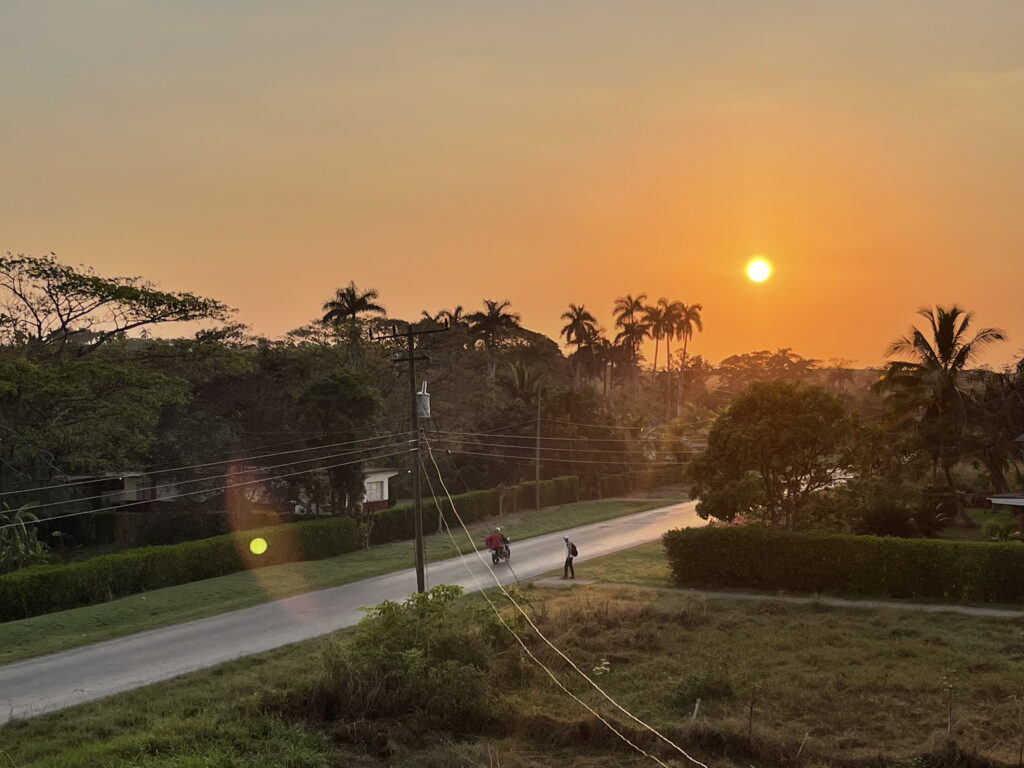
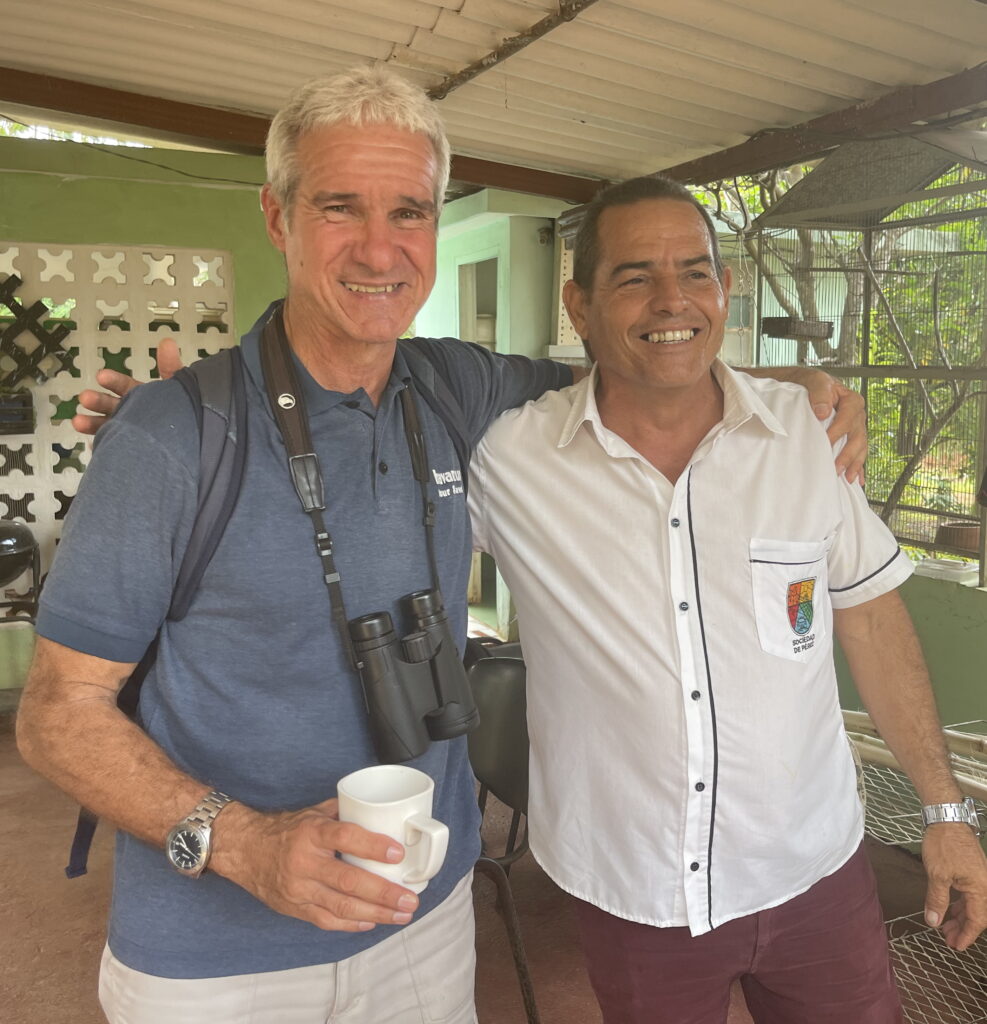
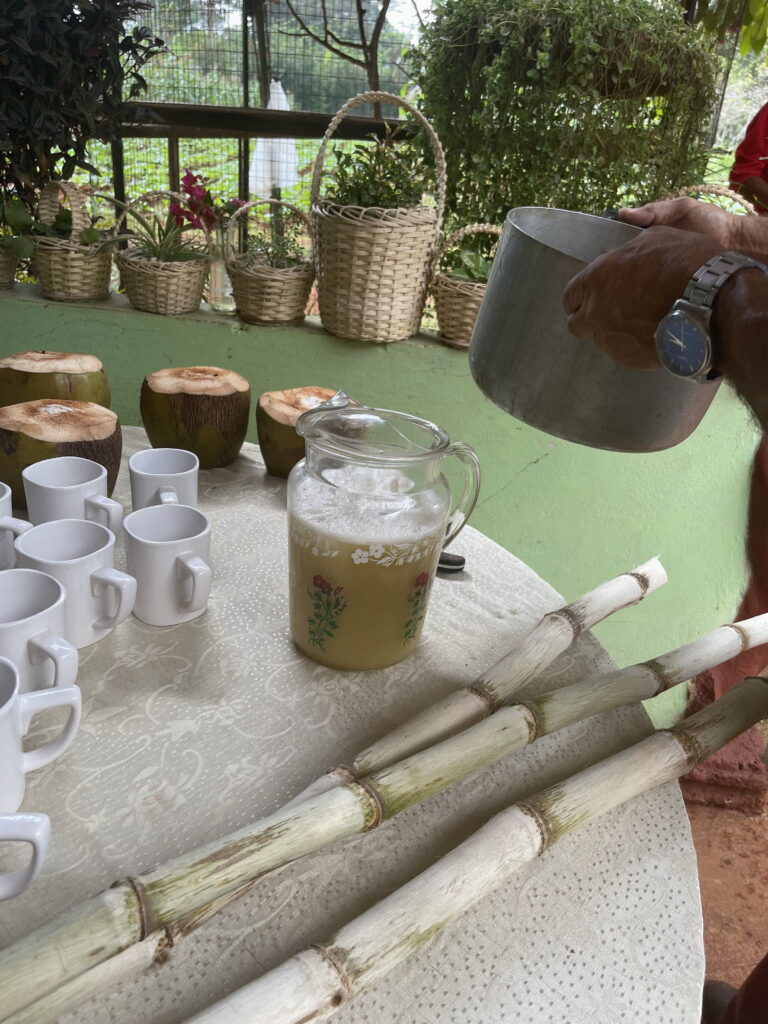
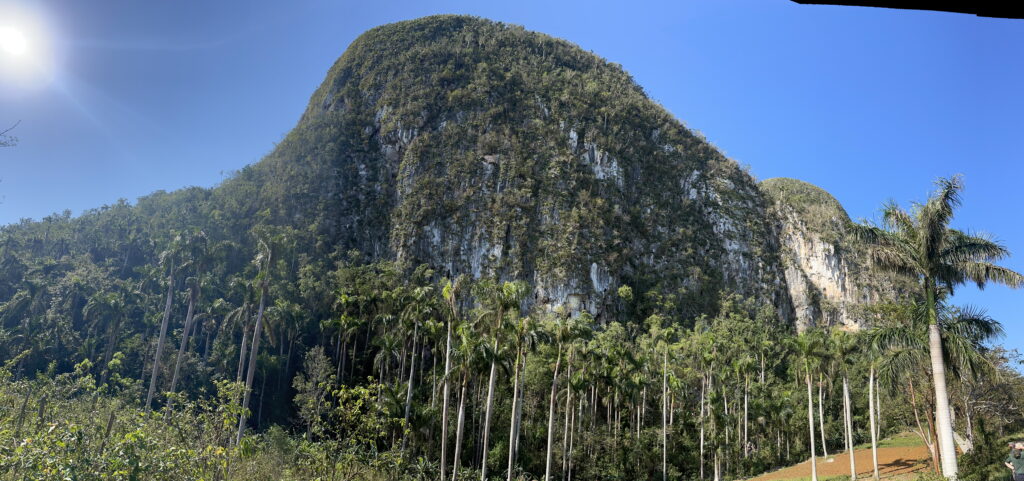
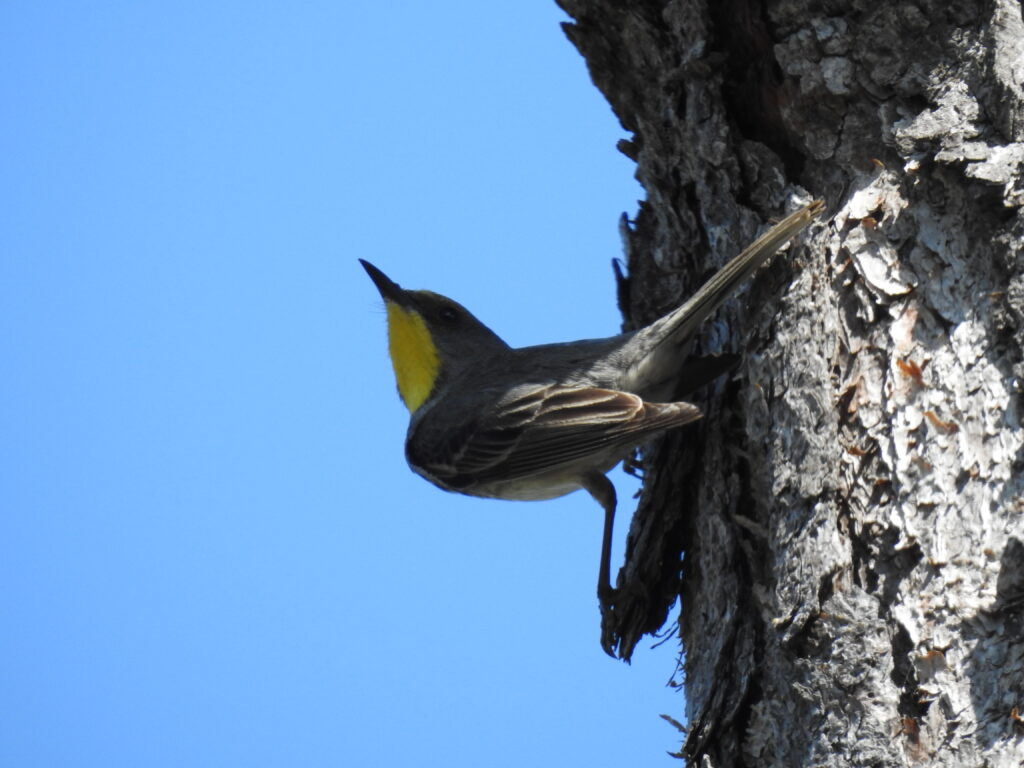
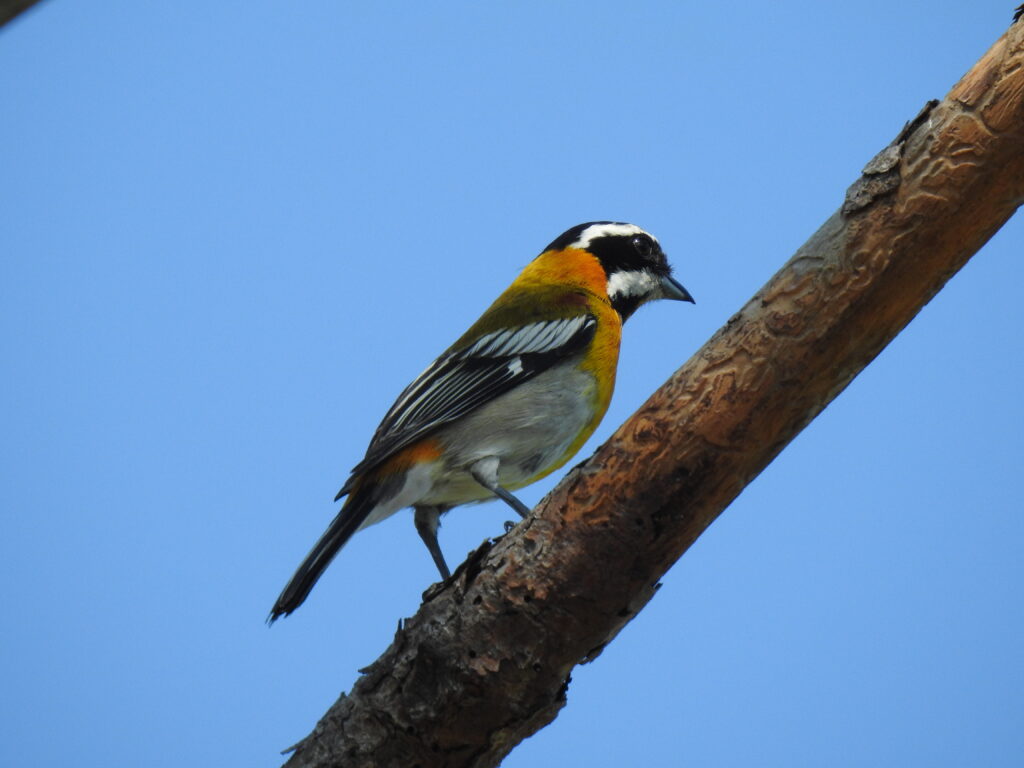
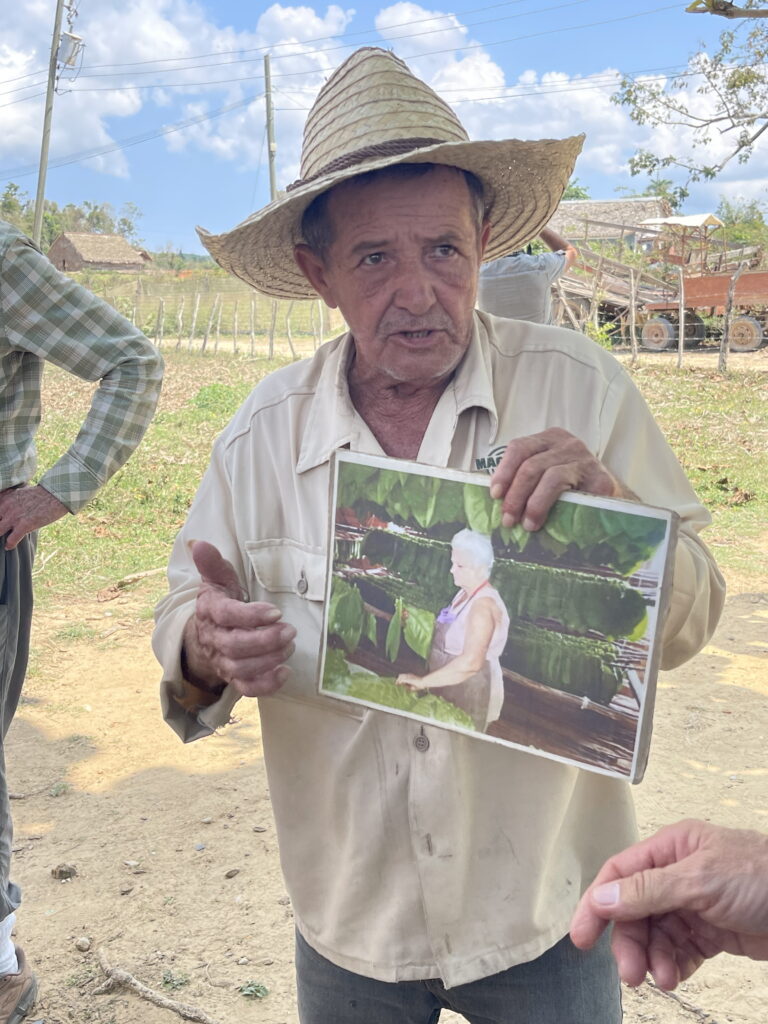
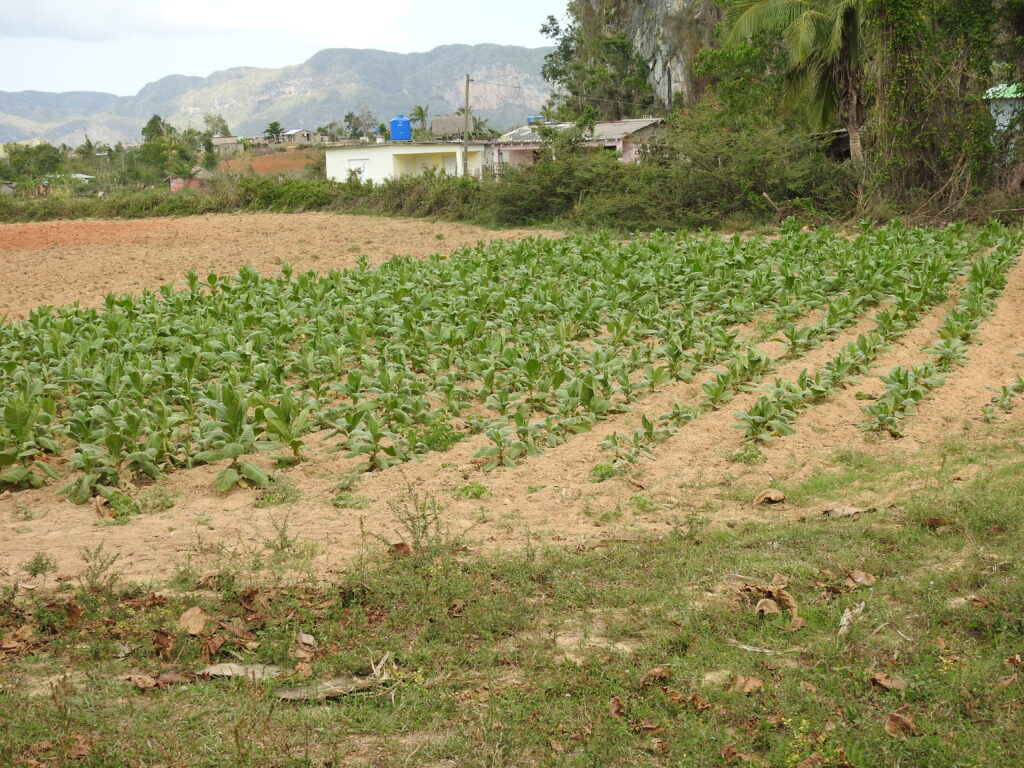
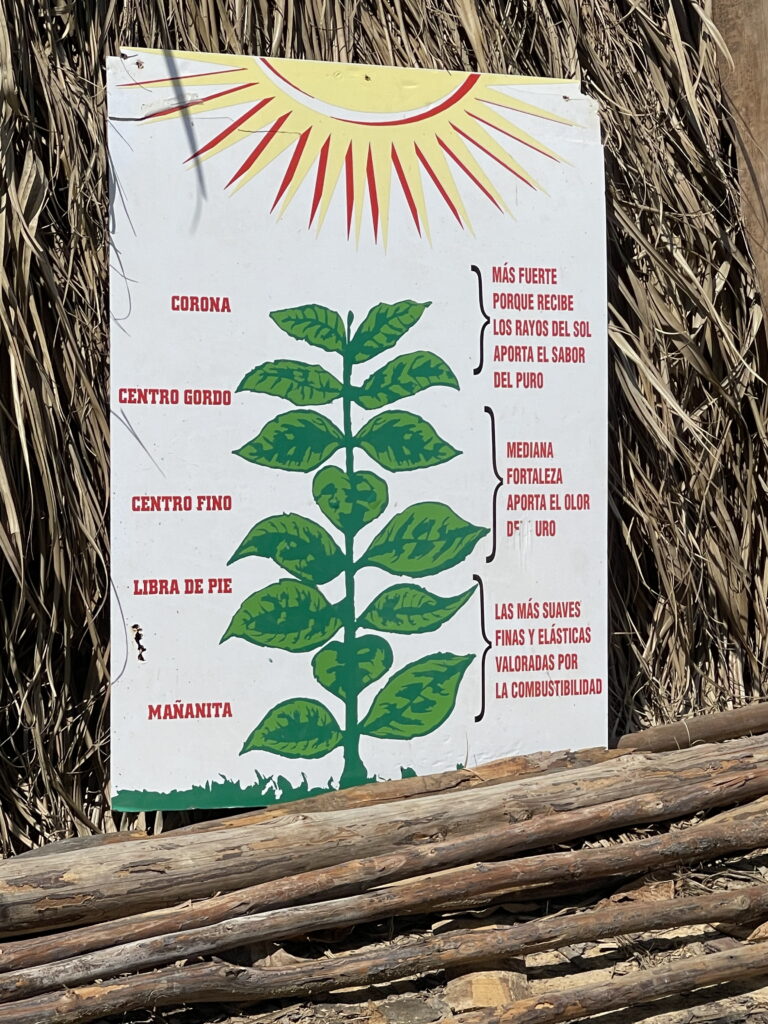
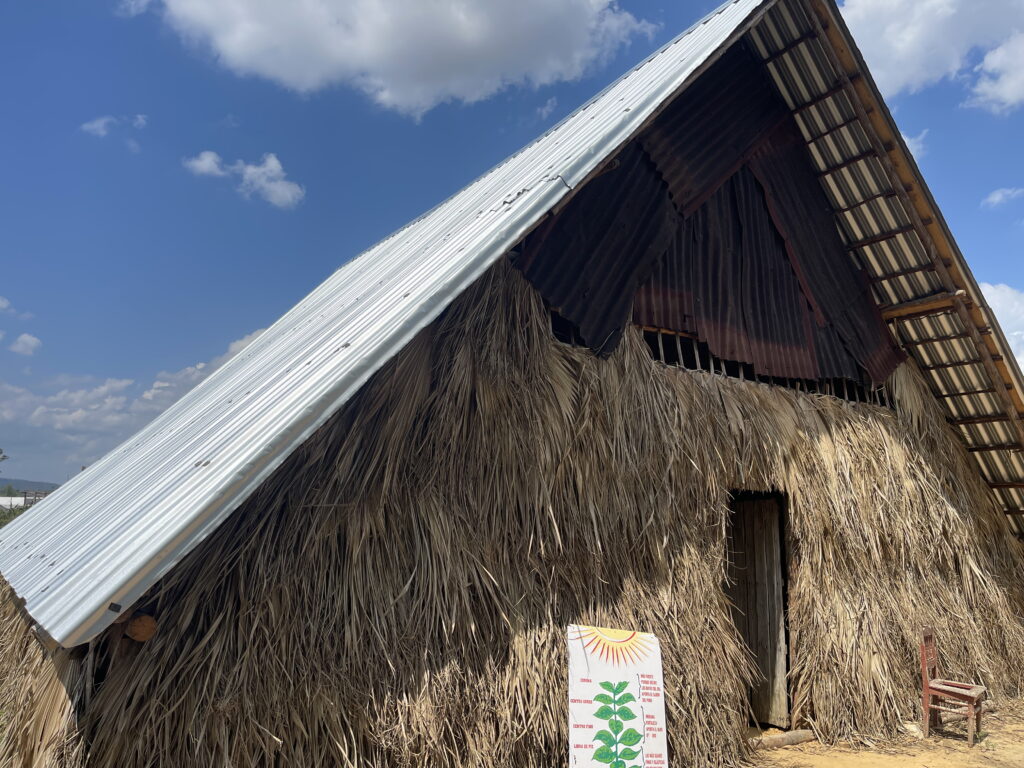
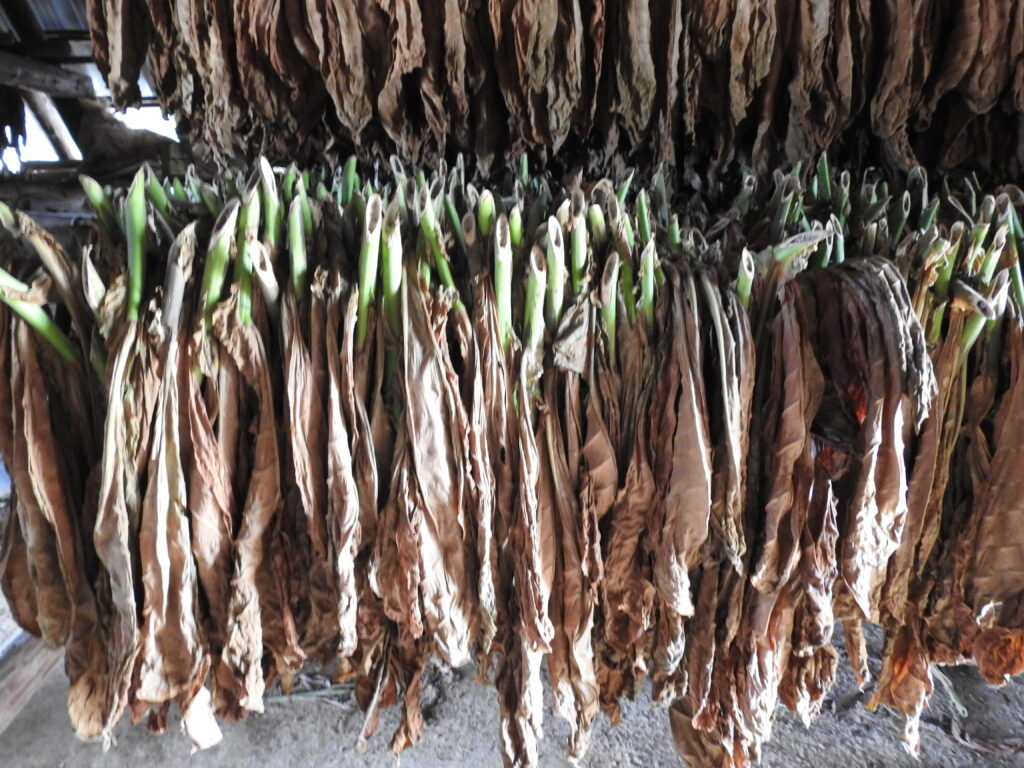
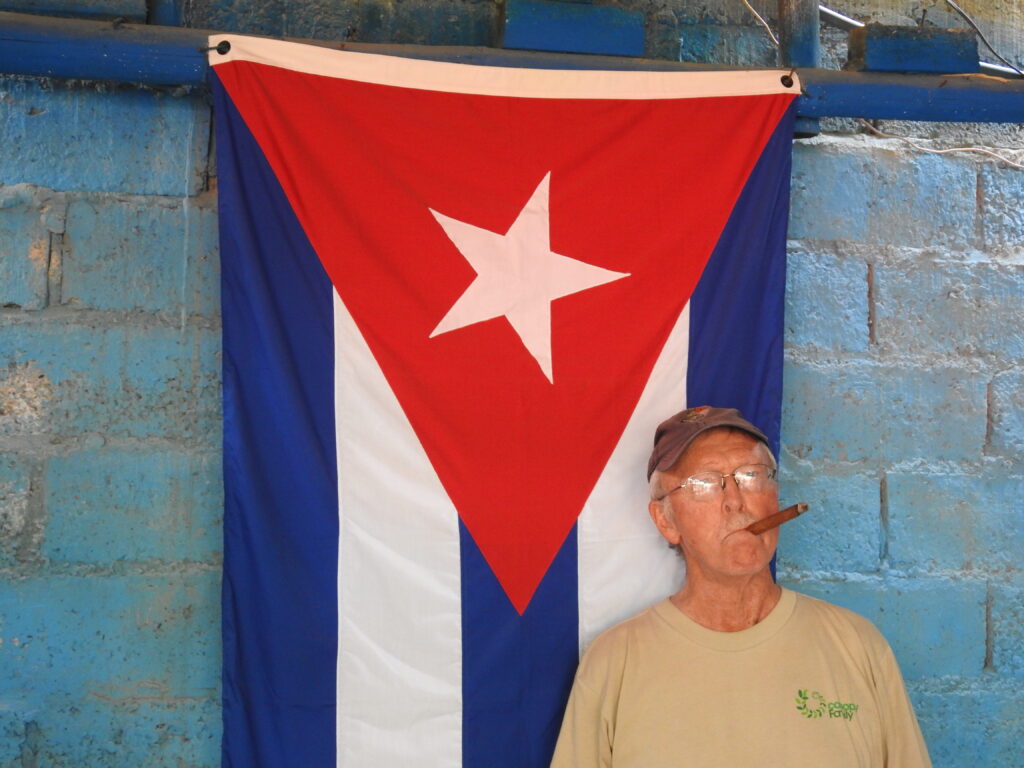
Other areas between Soroa and Havana included an orchidarium, a planned community, a forest, a government-run restaurant and a pig farm!
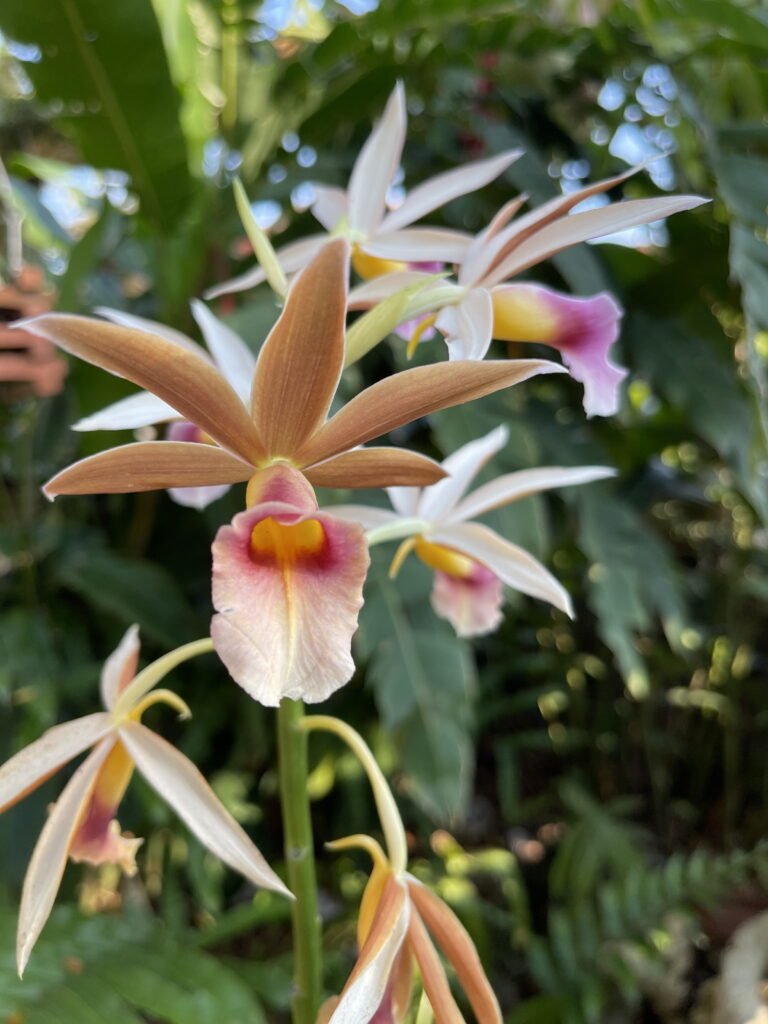
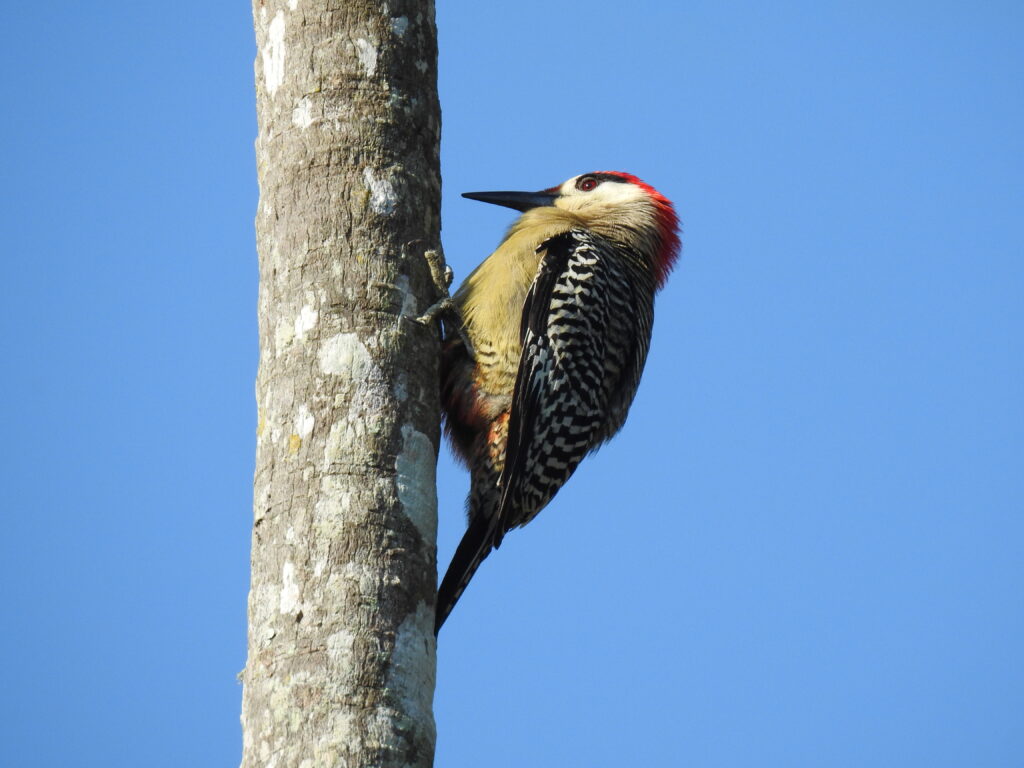
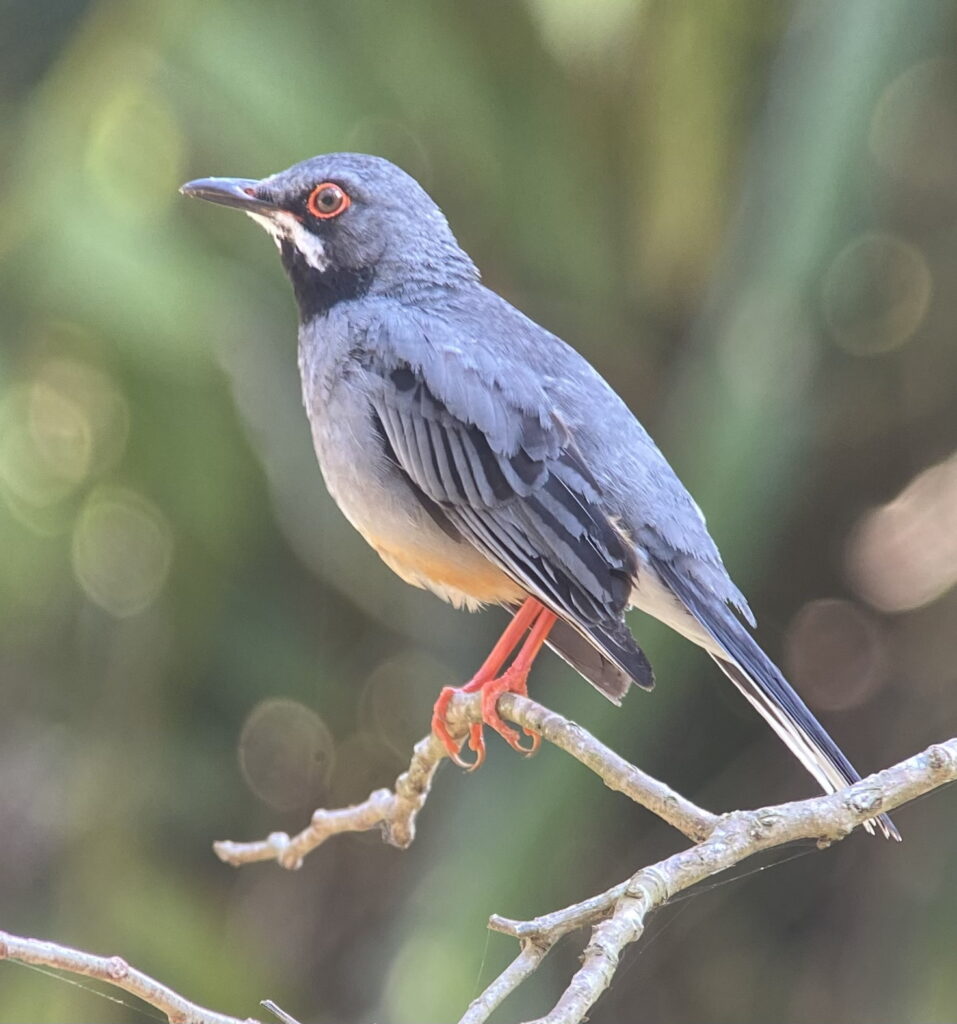
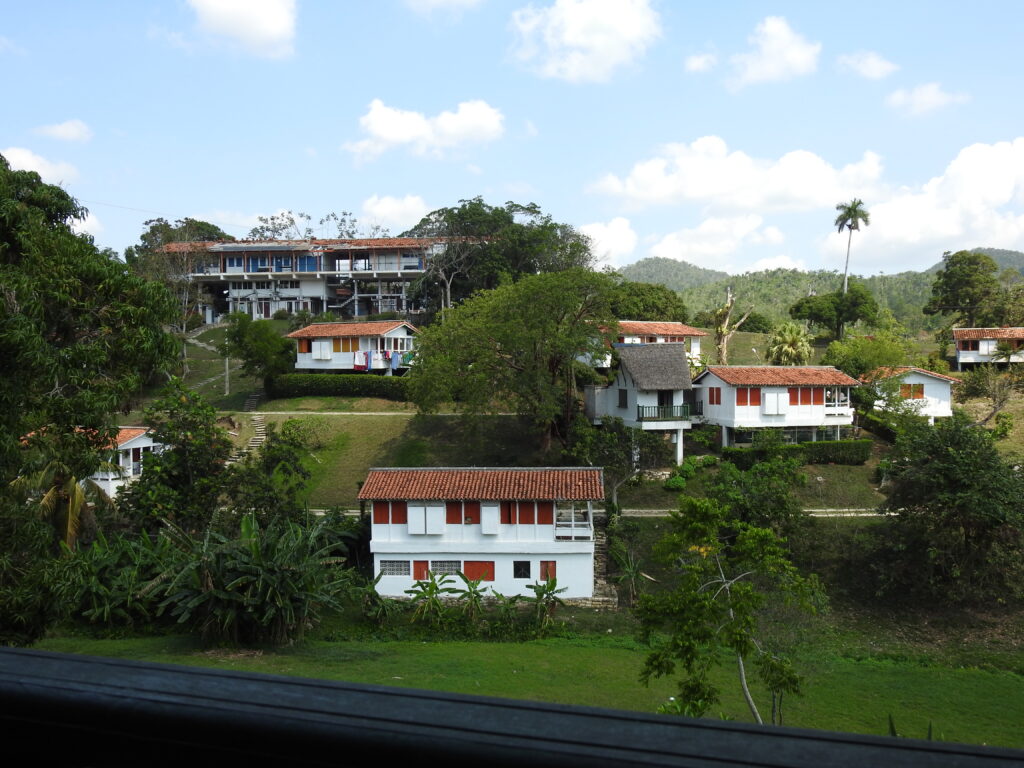
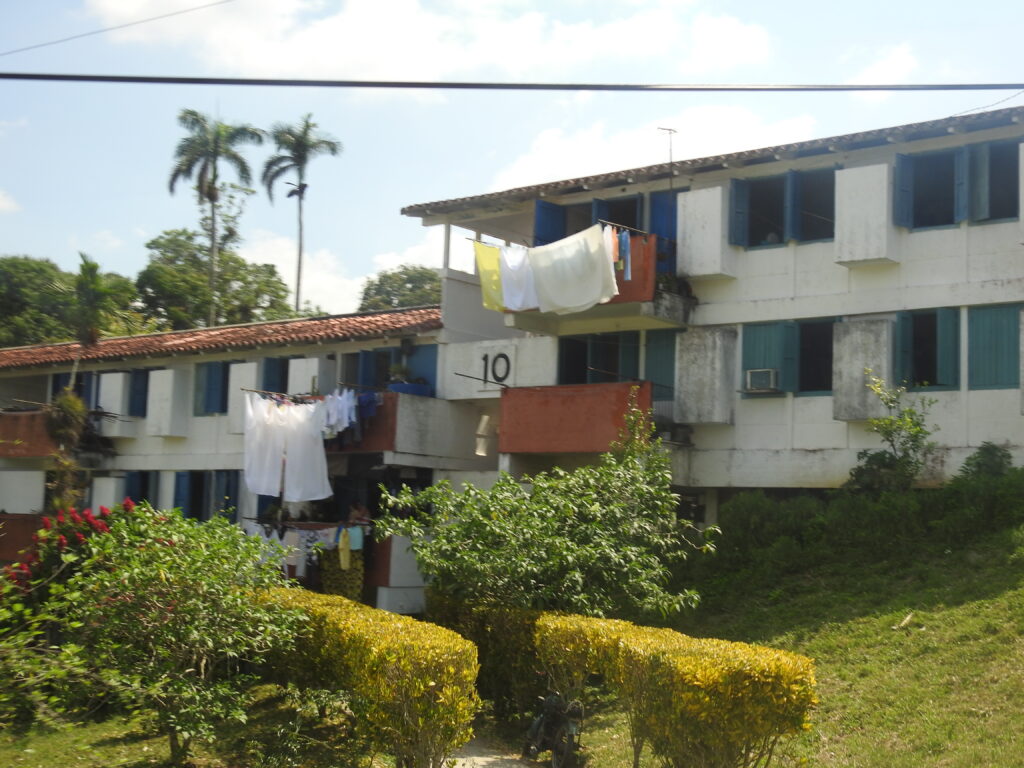
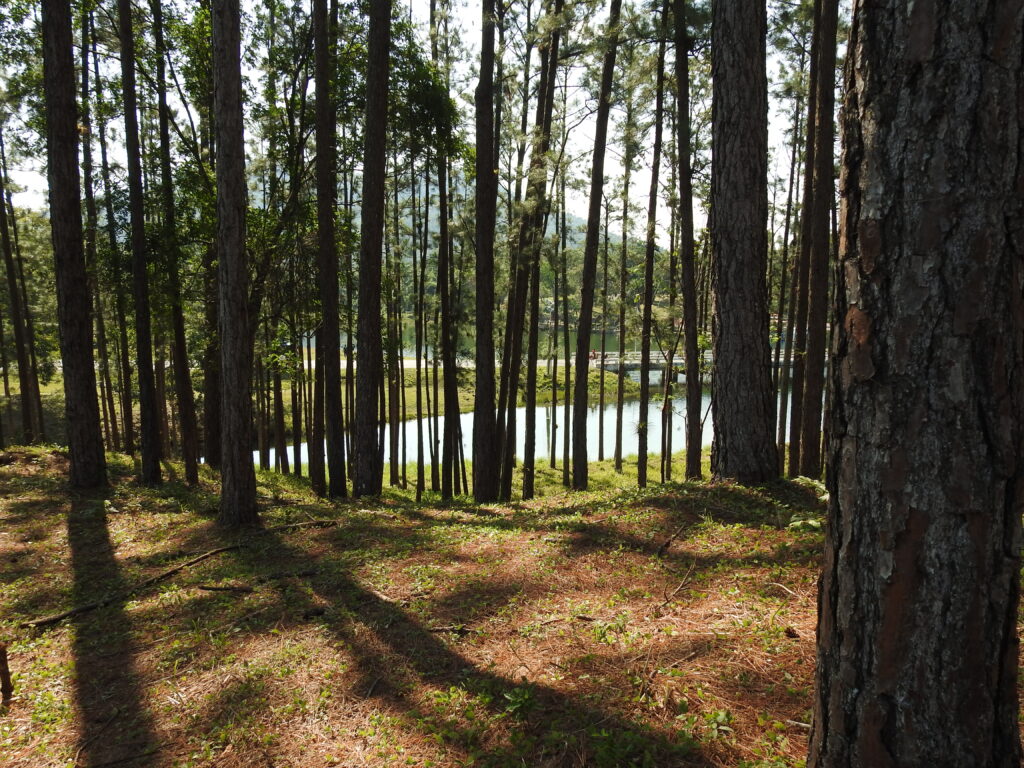
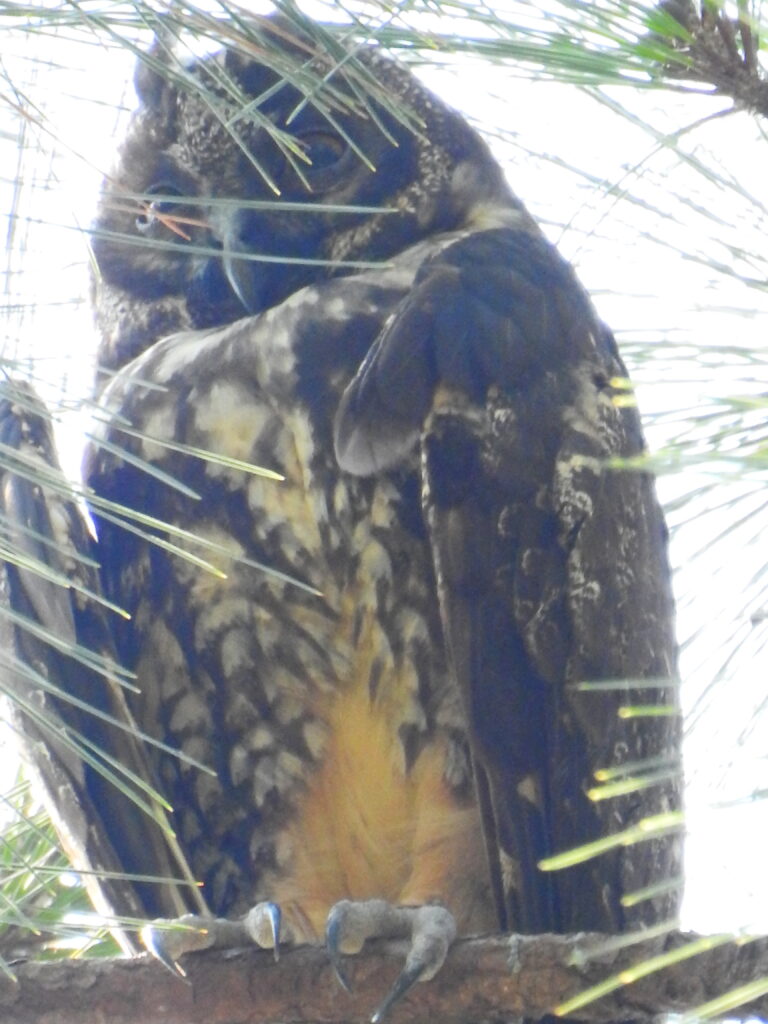
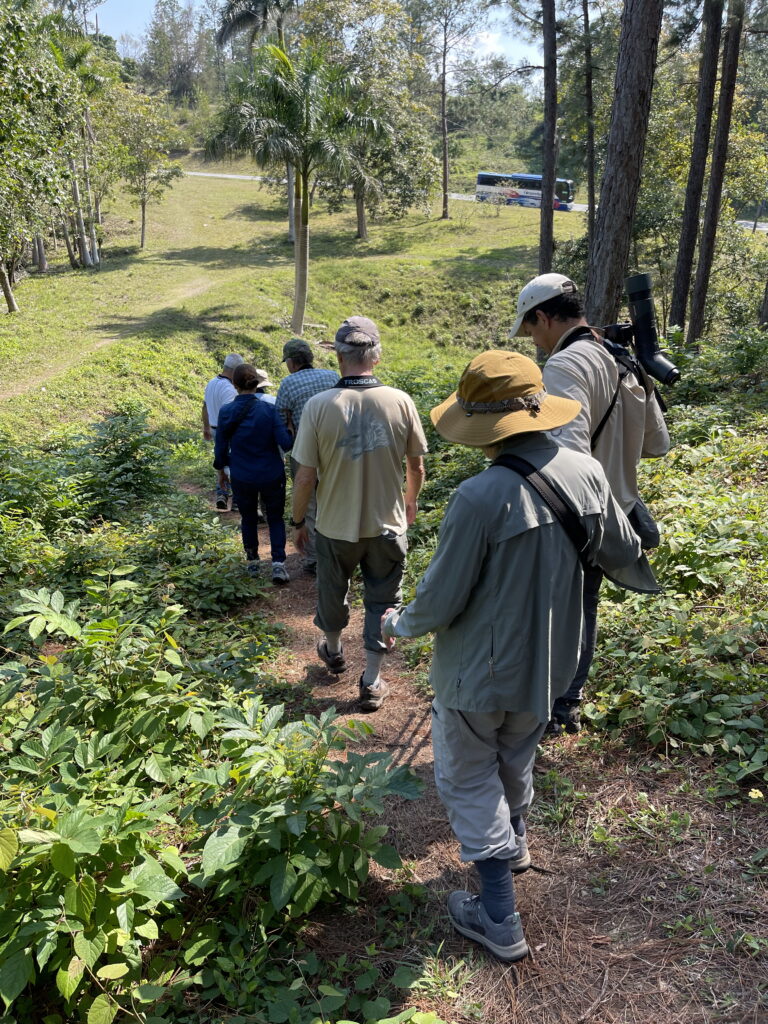
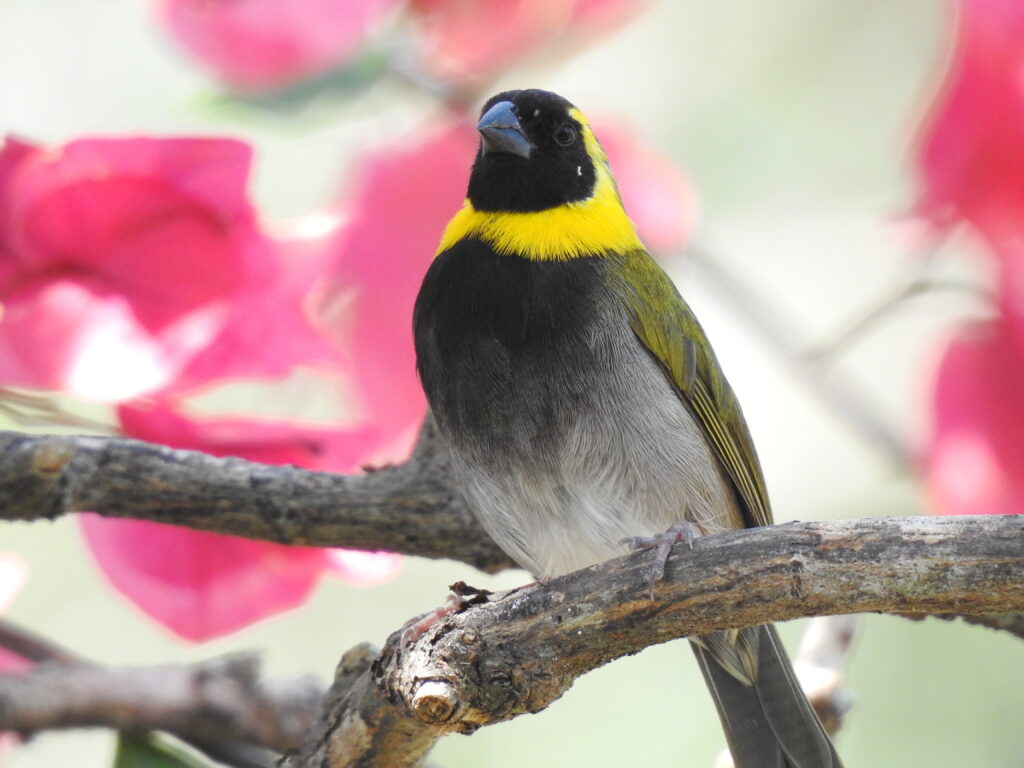
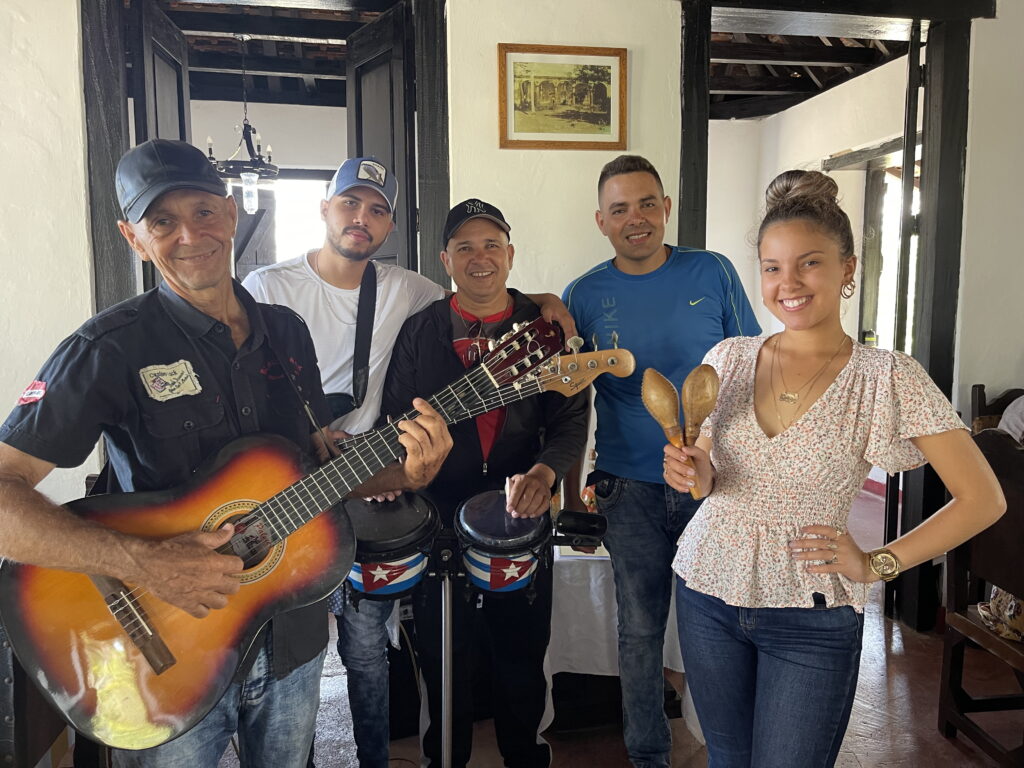
Havana
Back to Havana, this time to a brand-new hotel on the waterfront (yes, another Gran Aston). Here’s the hotel and our excellent dinner spot.
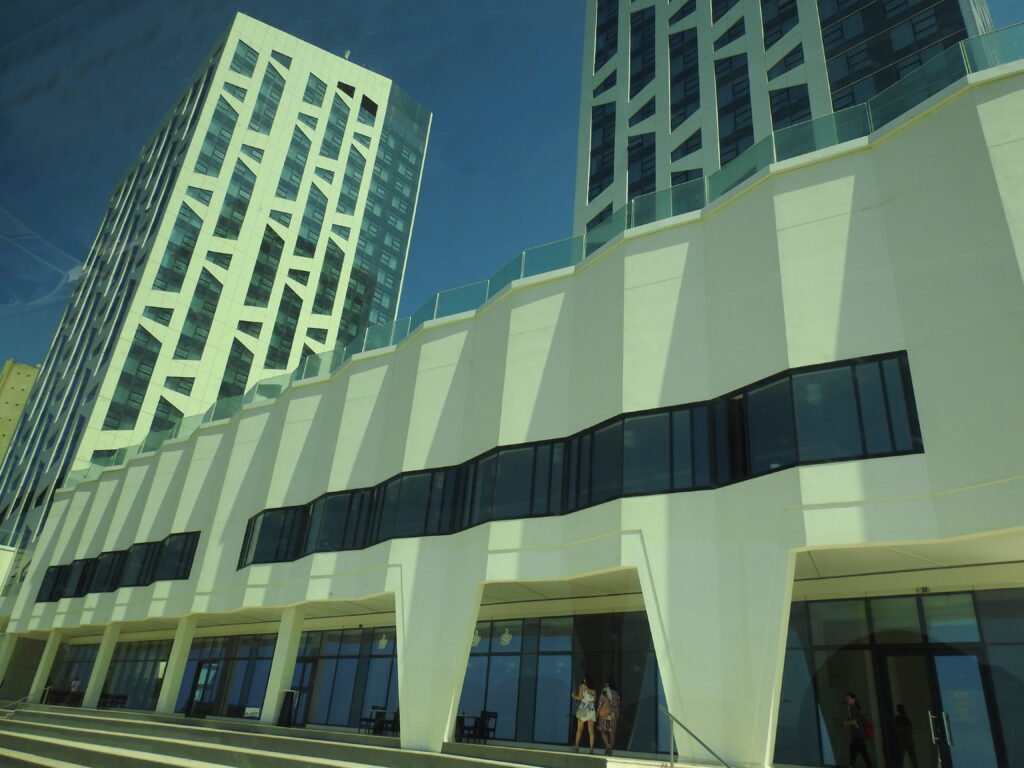
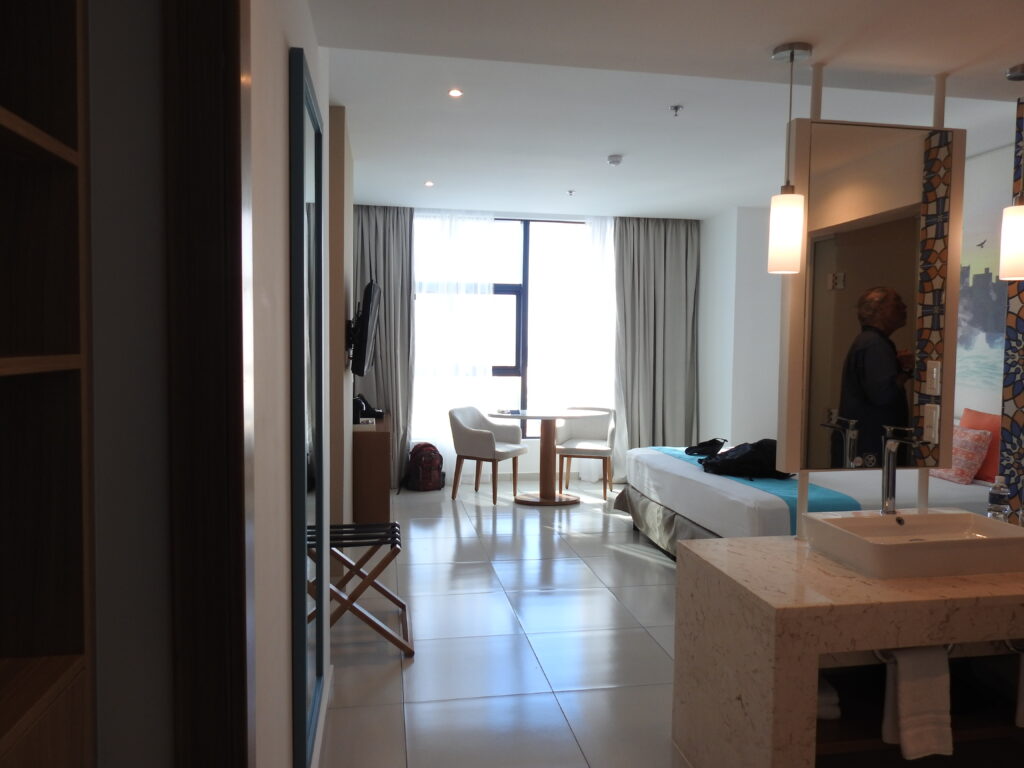
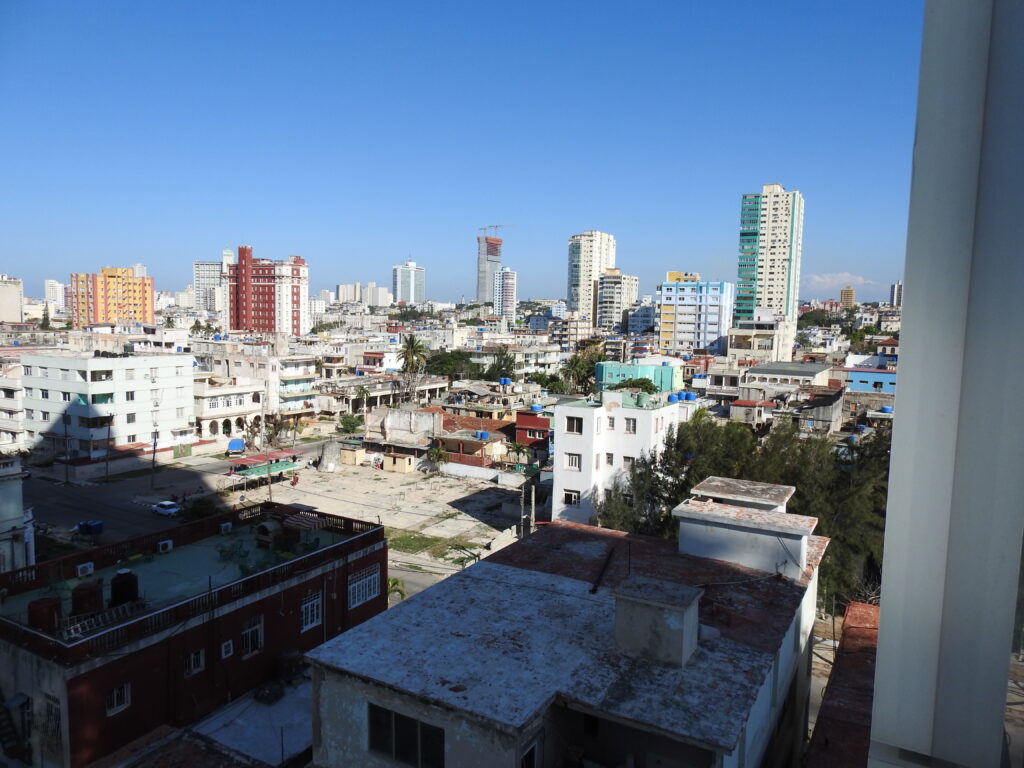
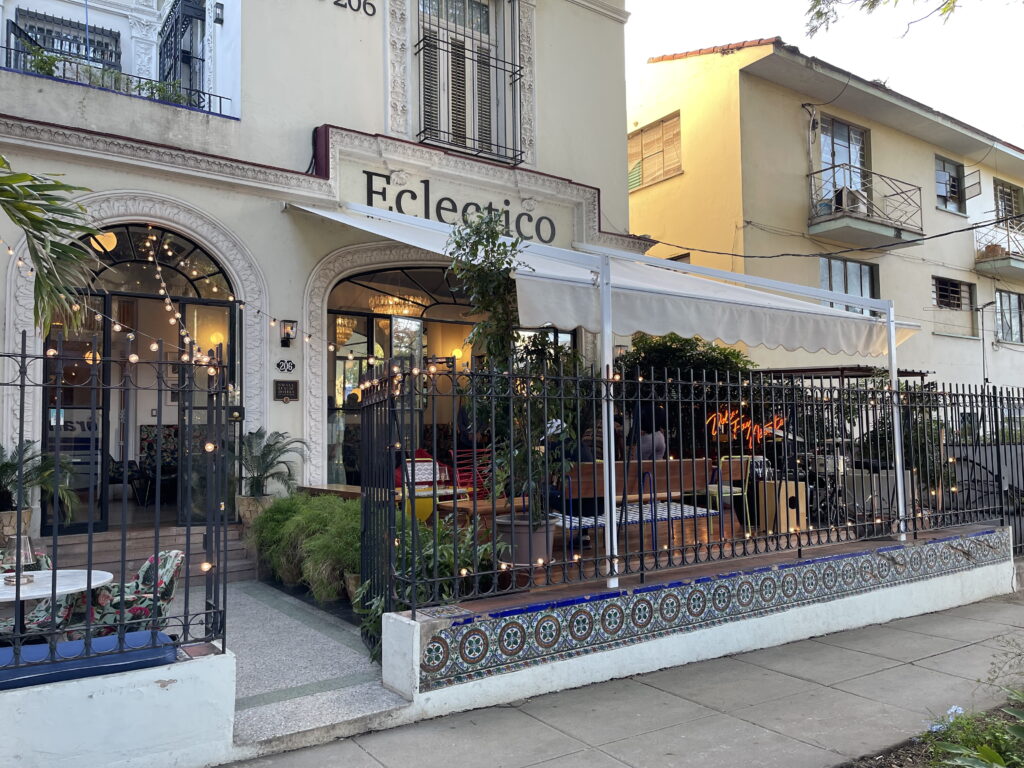
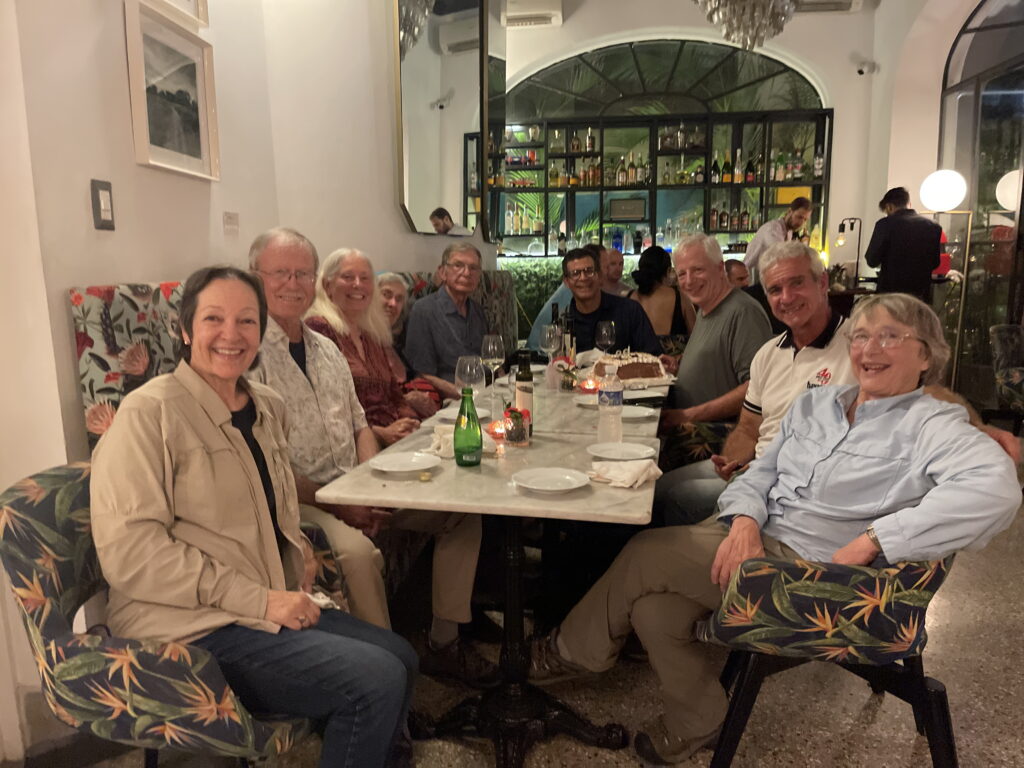
Next morning, we embarked on a tour of the city. We drove along the Maleçon, Havana’s famous bayside promenade, to reach the Vedado neighborhood, where foreigners and diplomats lived before Castro’s 1959 takeover.
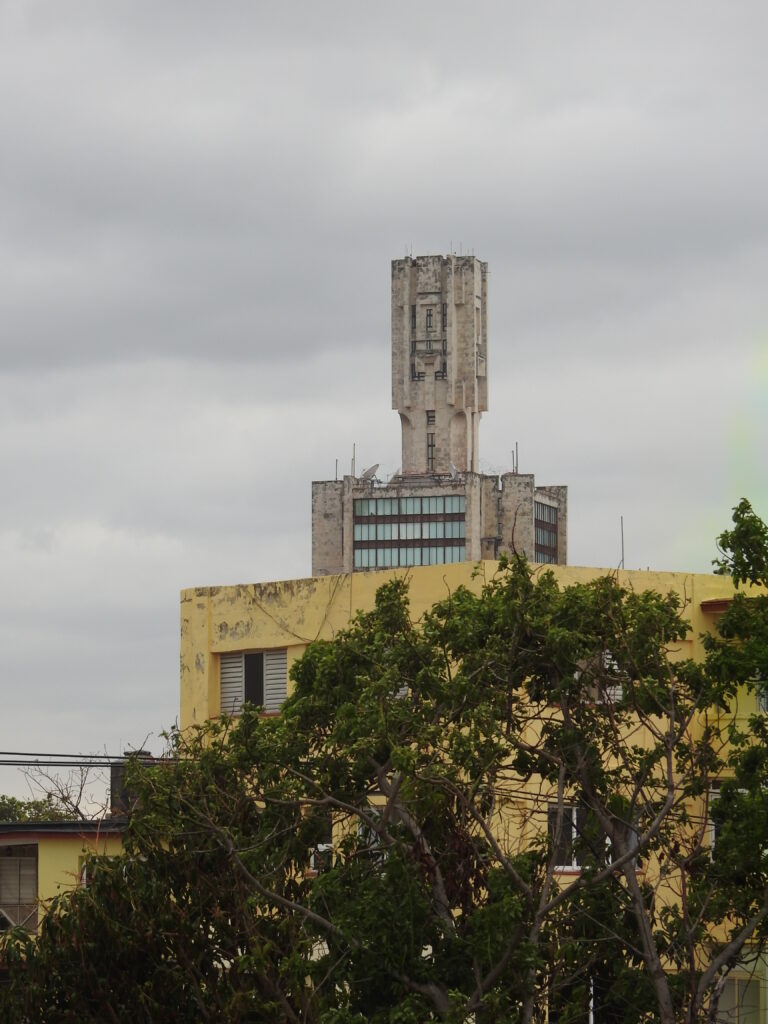
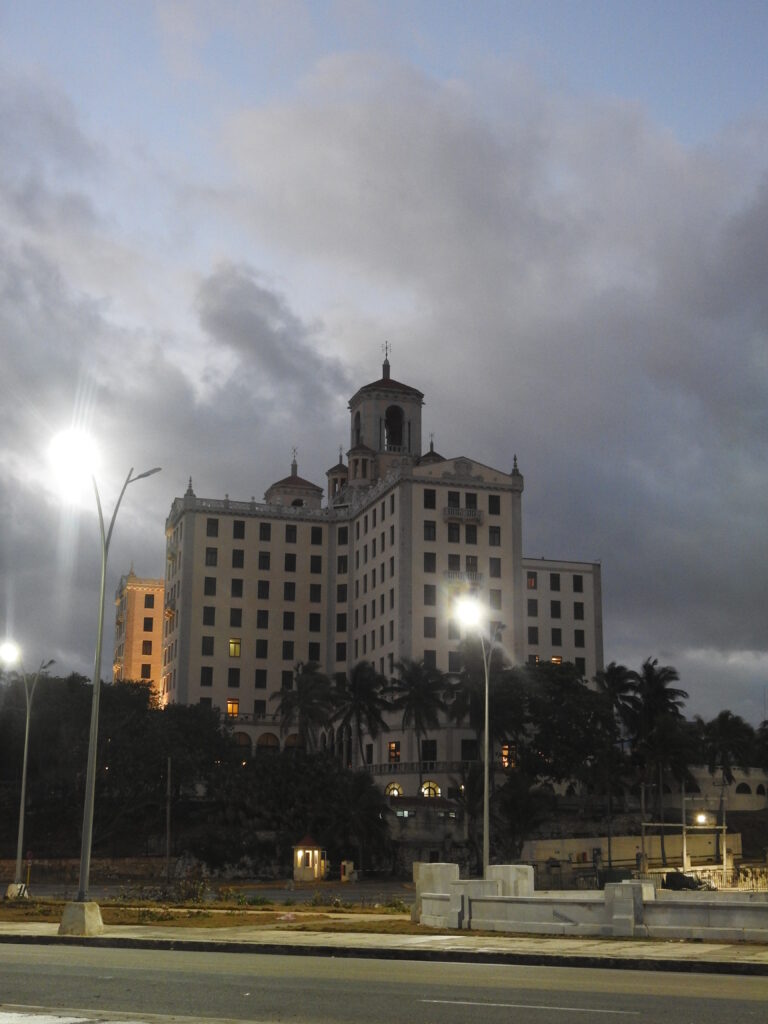
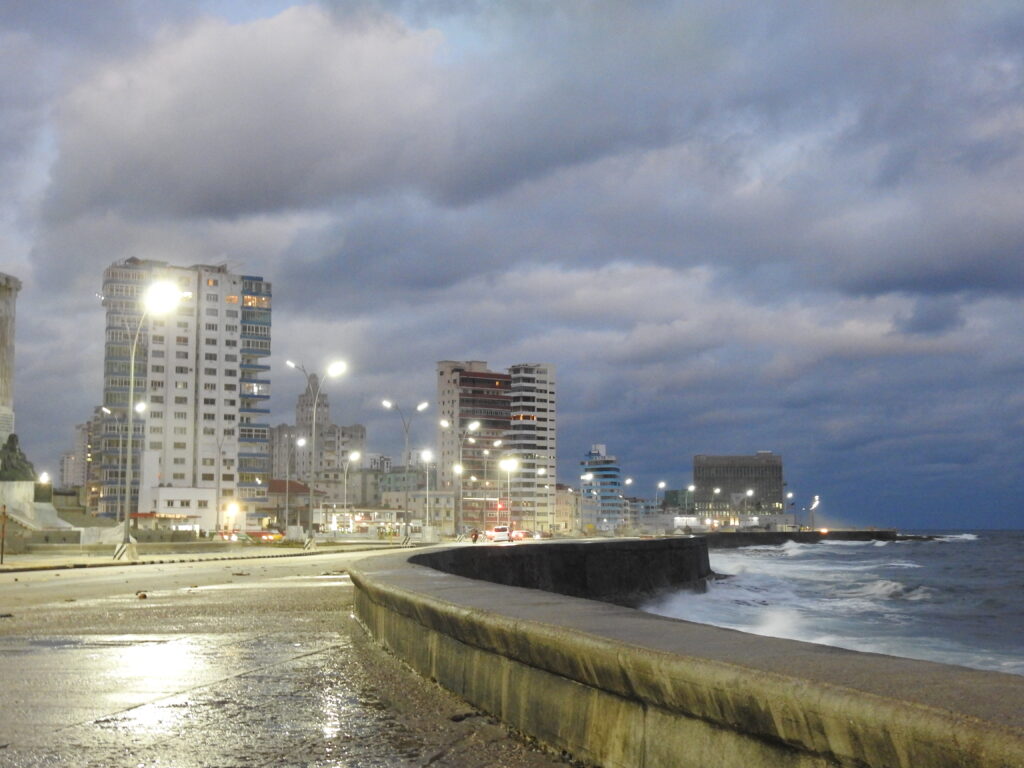
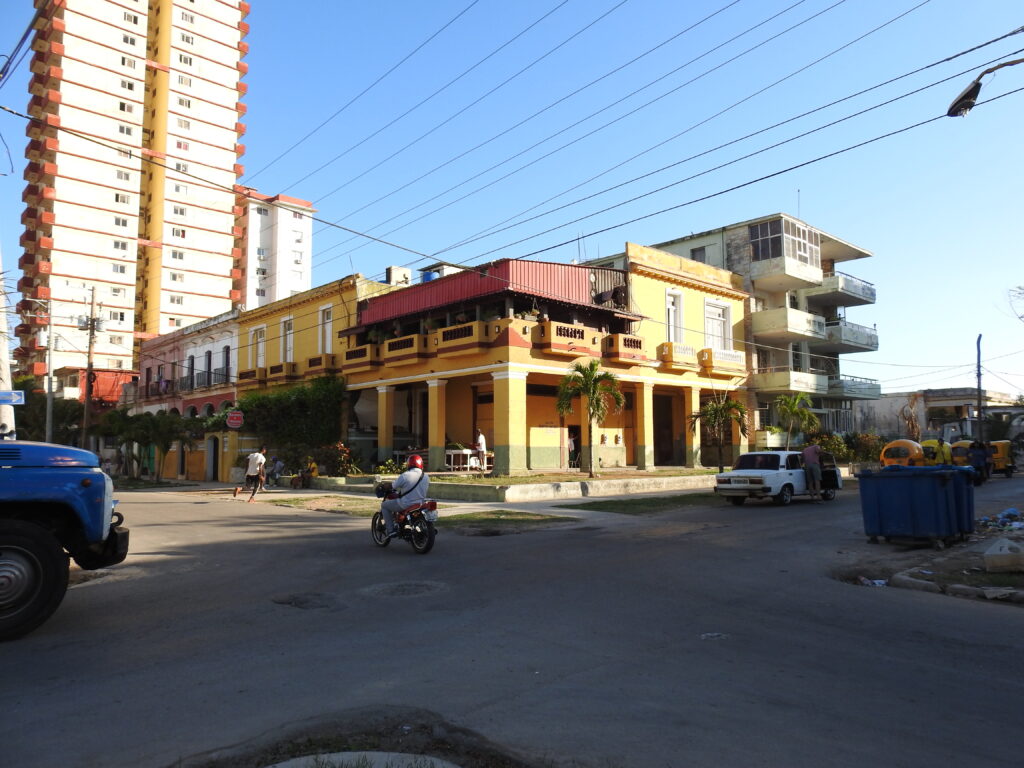
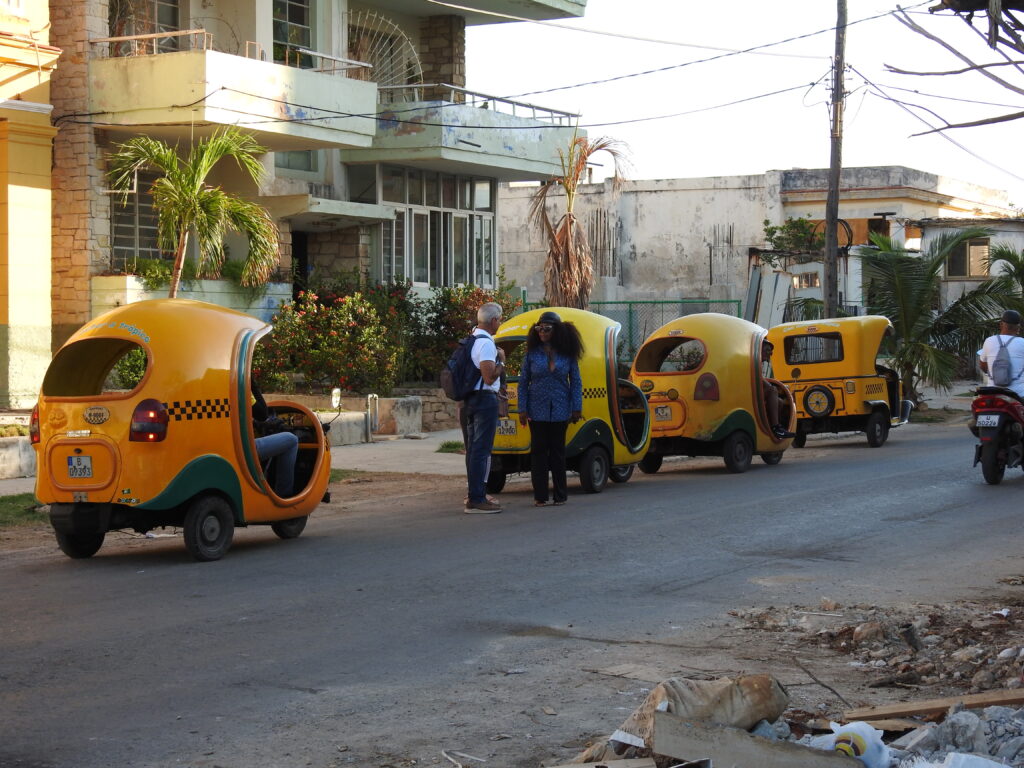
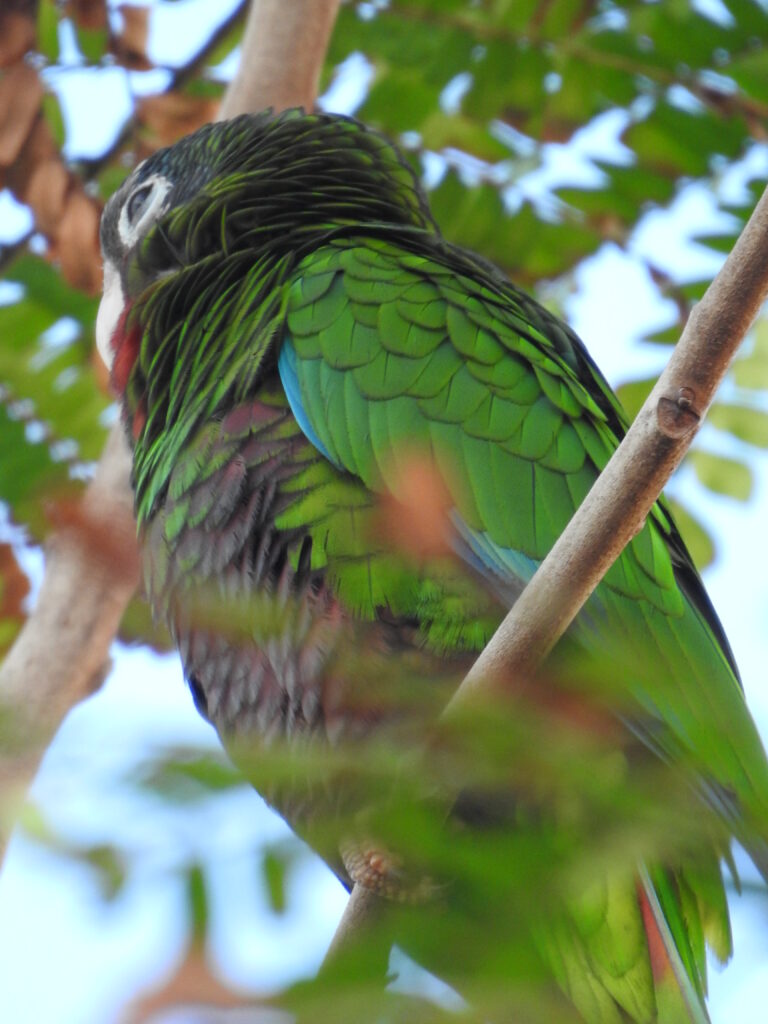
We began a walking tour of La Habana Vieja (the Old City) at El Templete, supposedly where the city was founded in 1519. Here are some highlights of the area that was once Spain’s most important port in the New World.
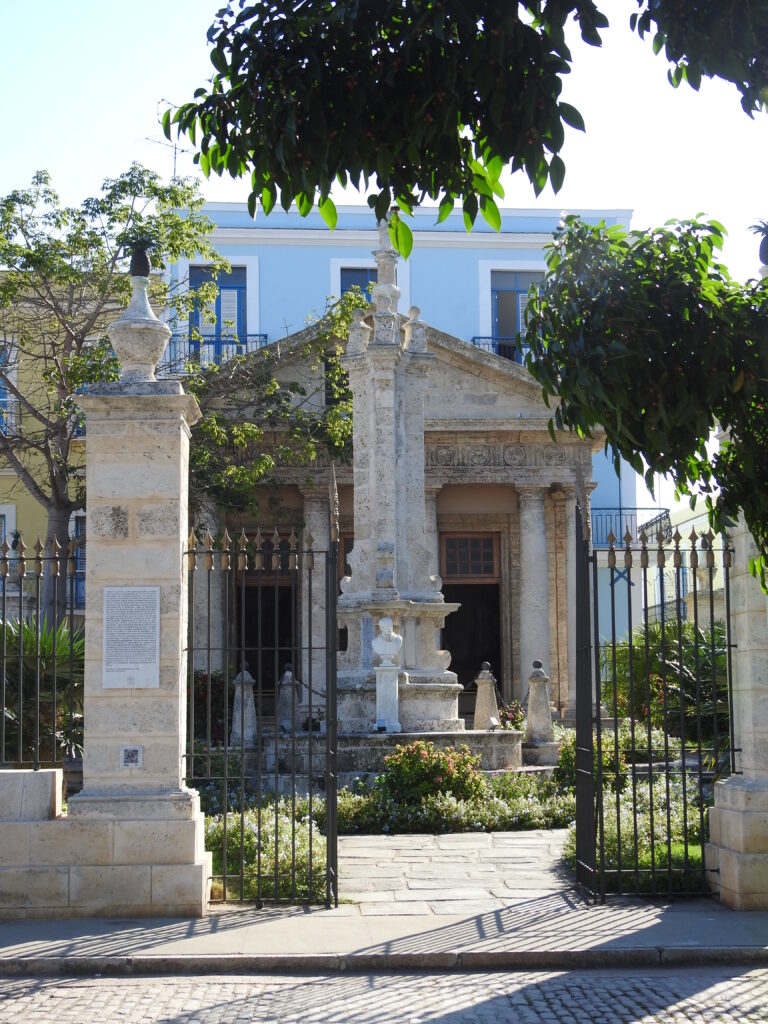
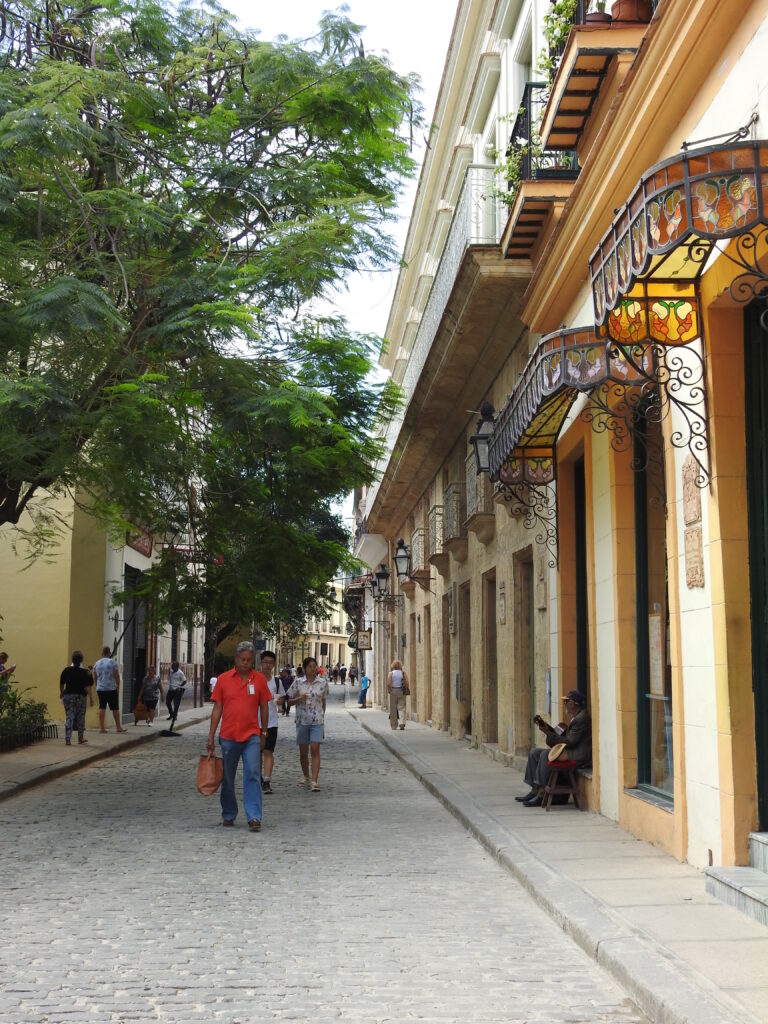
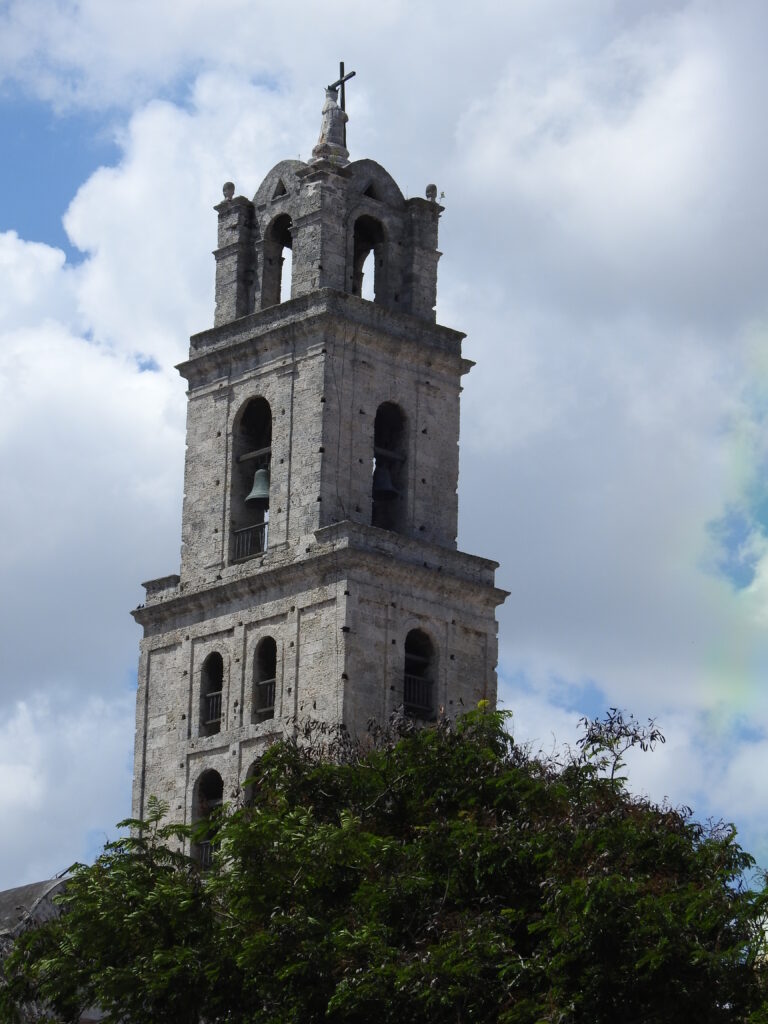
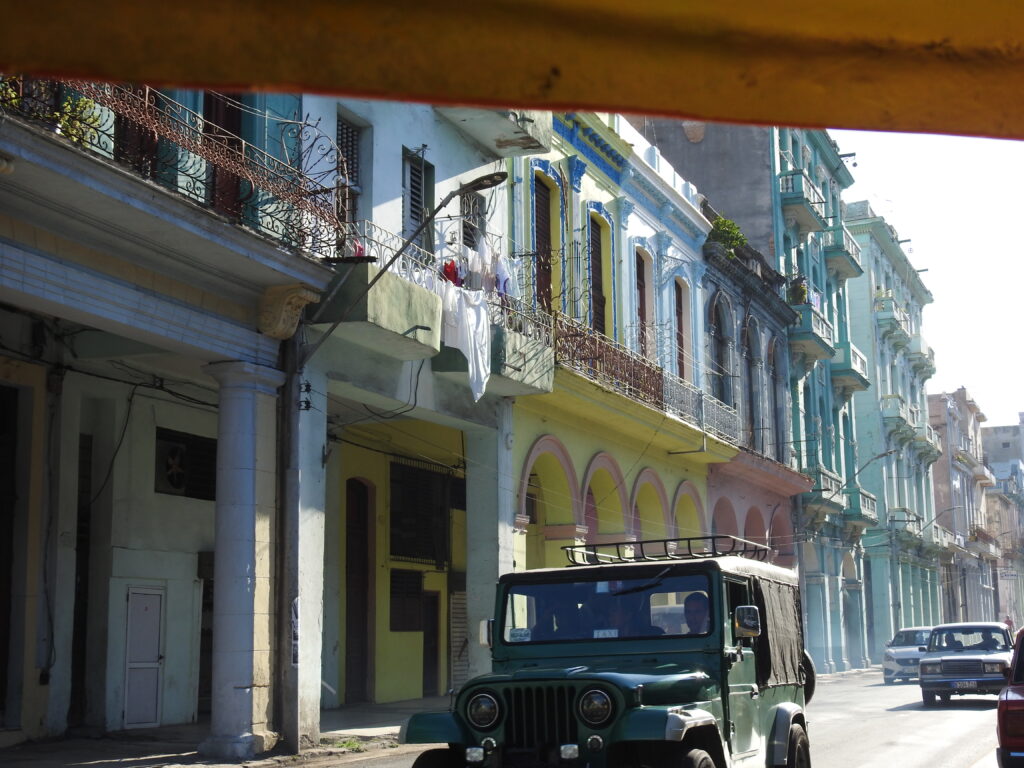
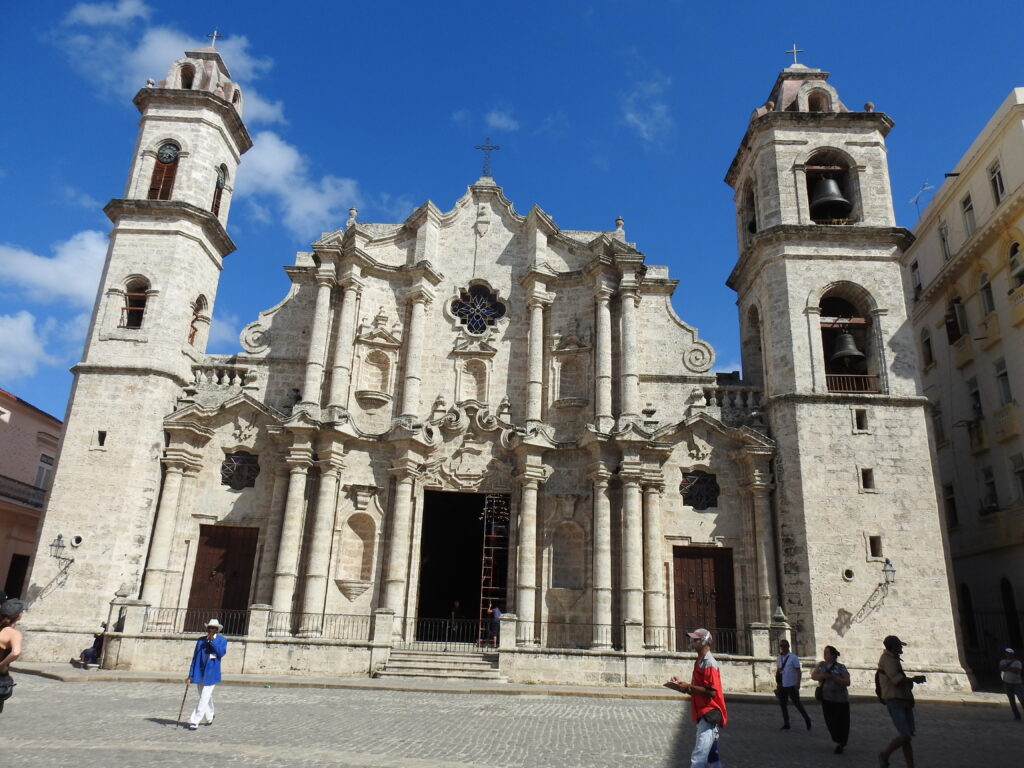
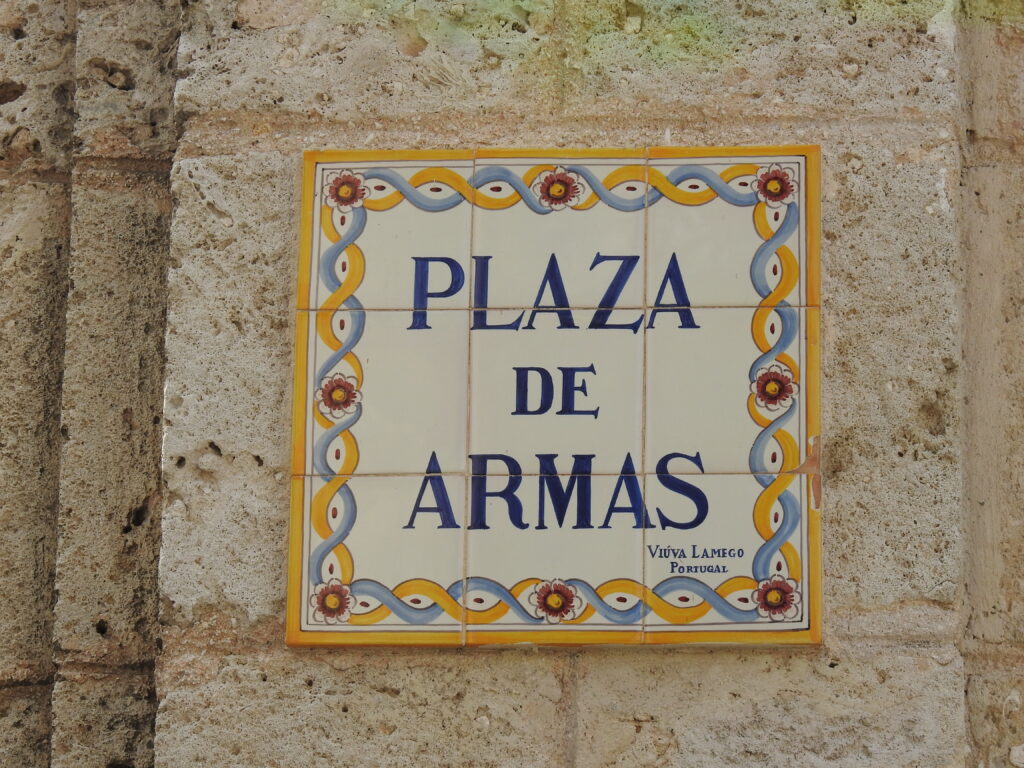
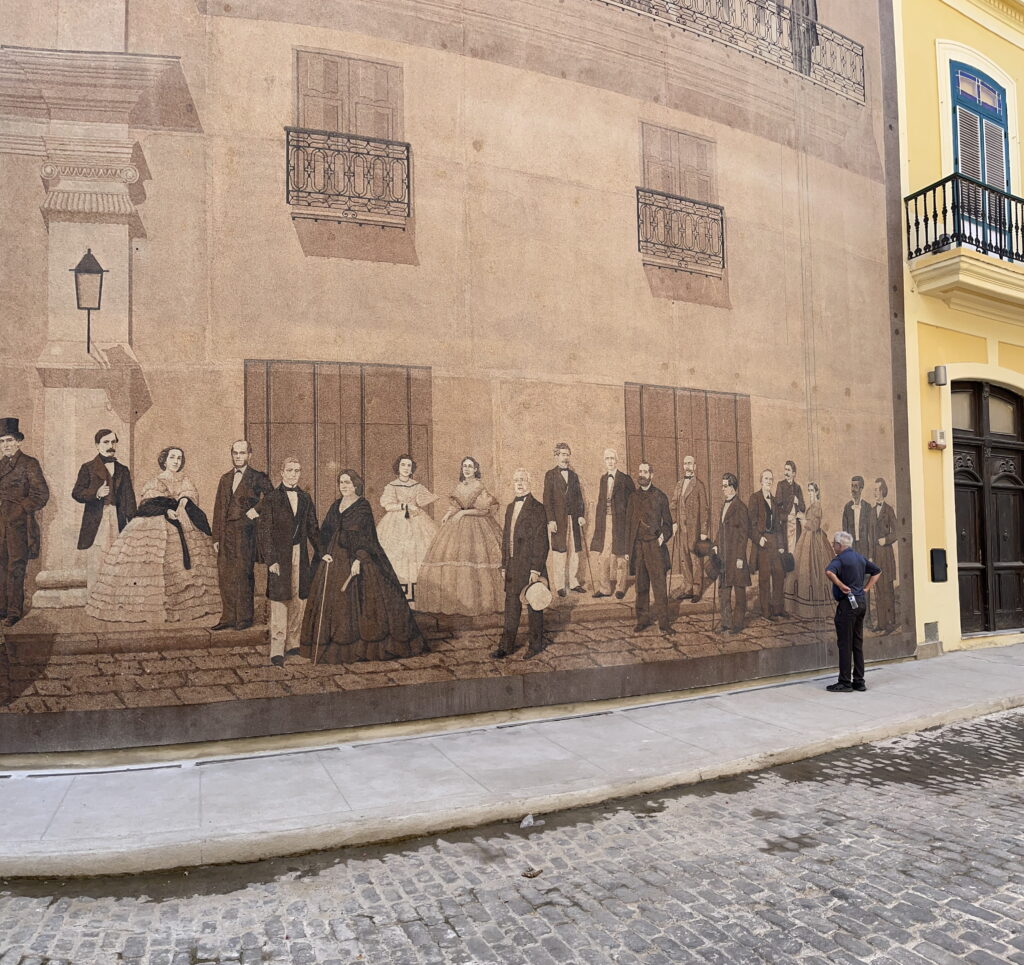
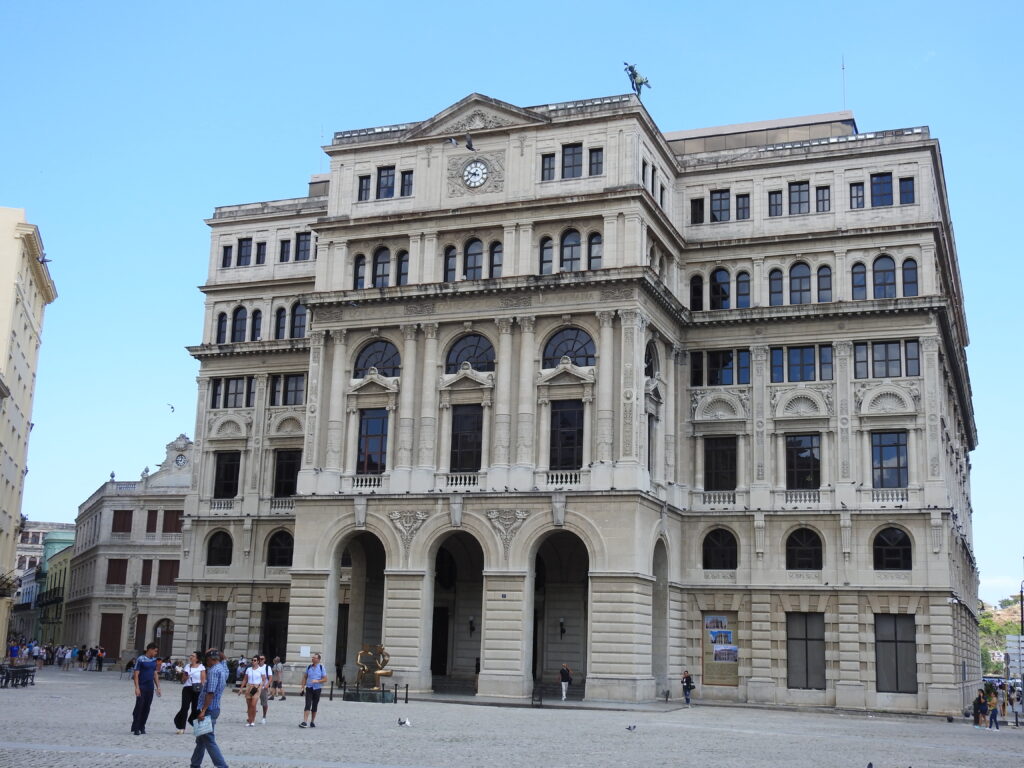
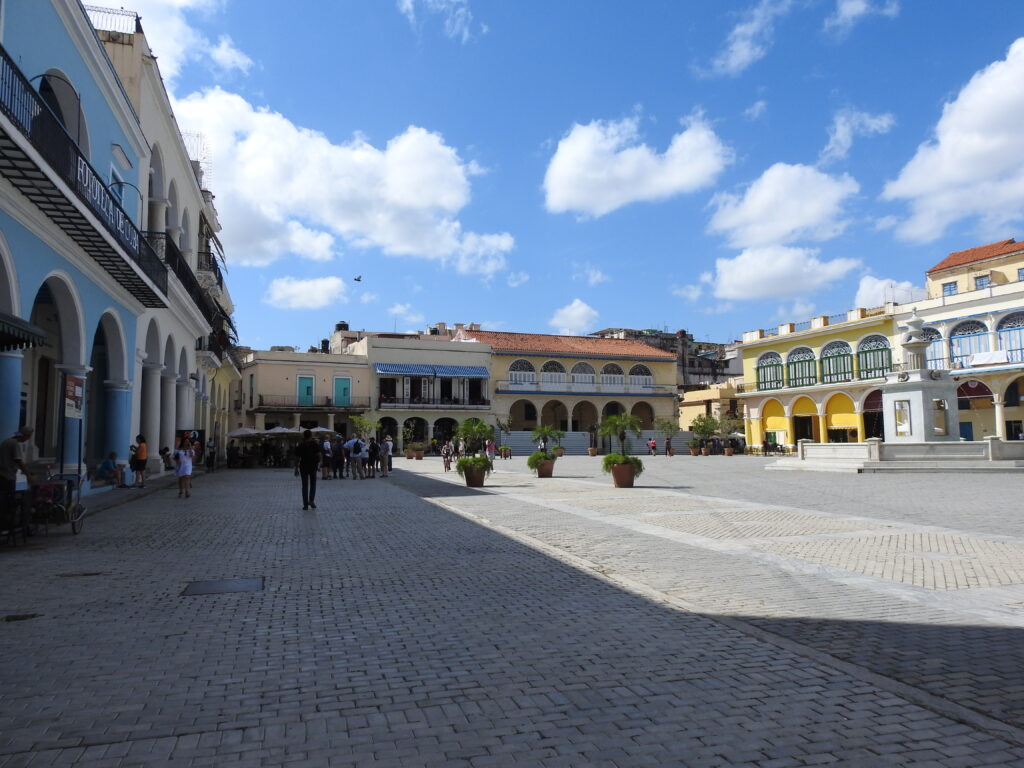
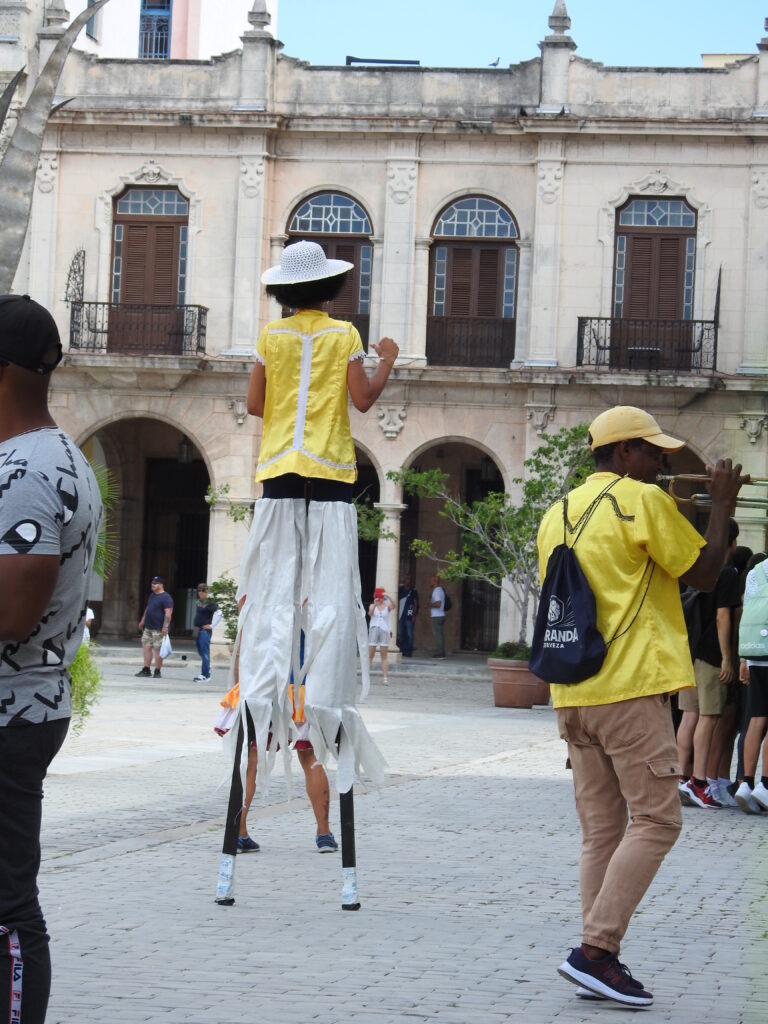
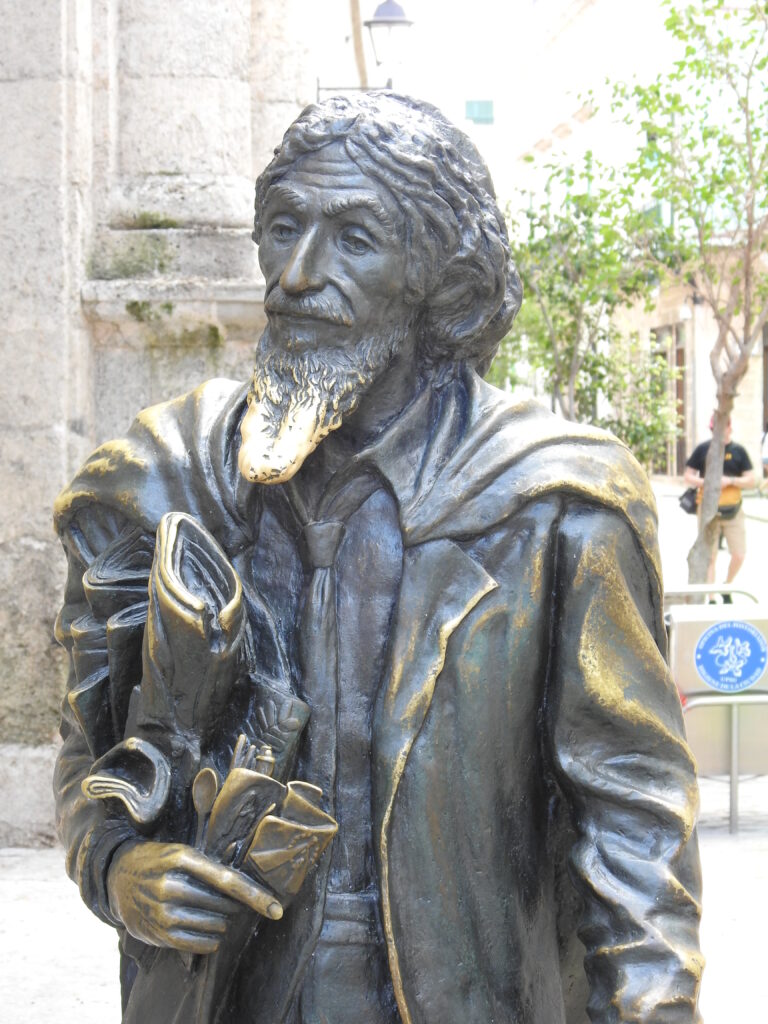
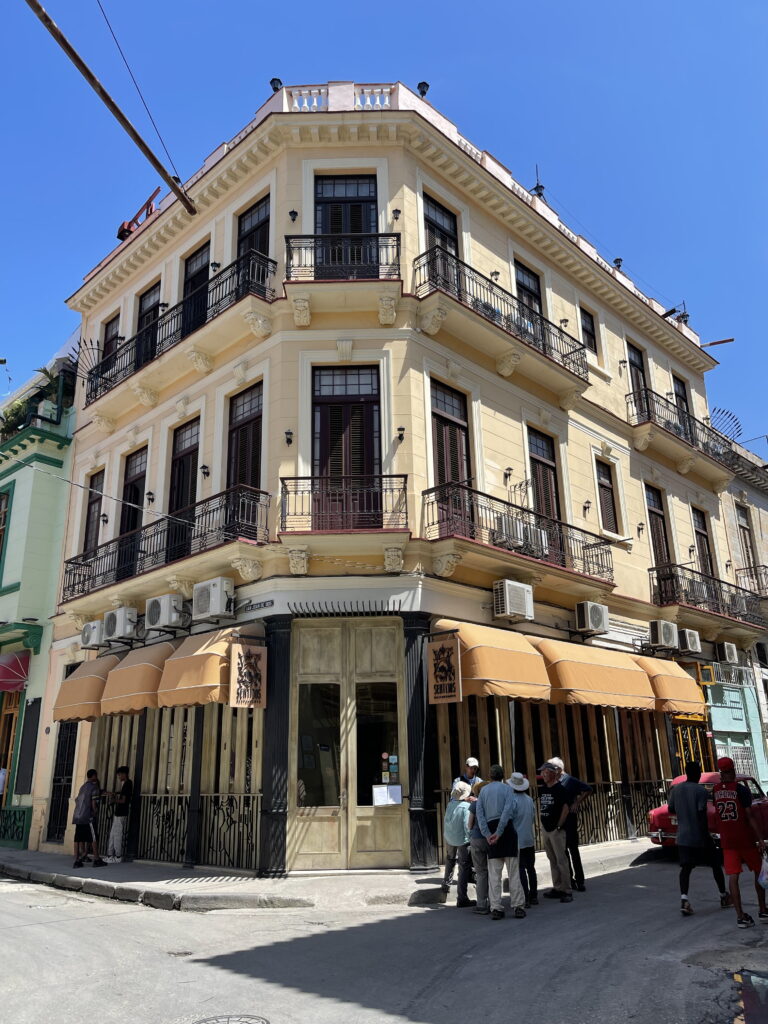
After lunch we visited Orlando Garrido at his home. He has been Cuba’s top ornithologist for decades. At 92, he welcomed us into his study and told us details about his discoveries years ago as well as current debates.
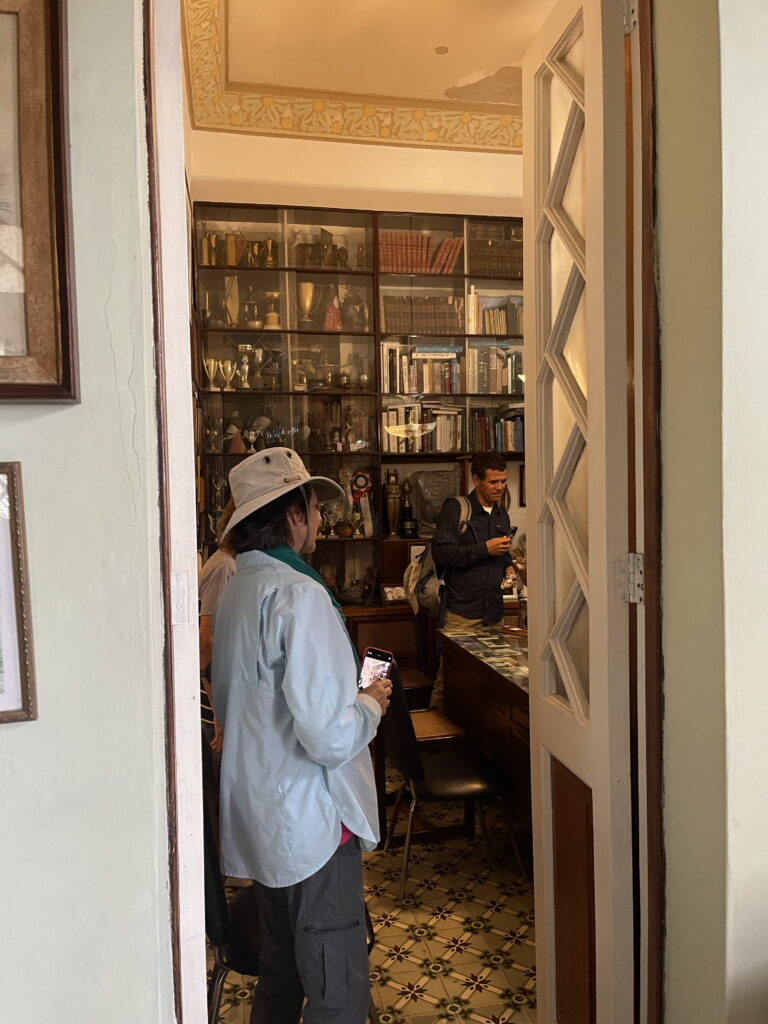
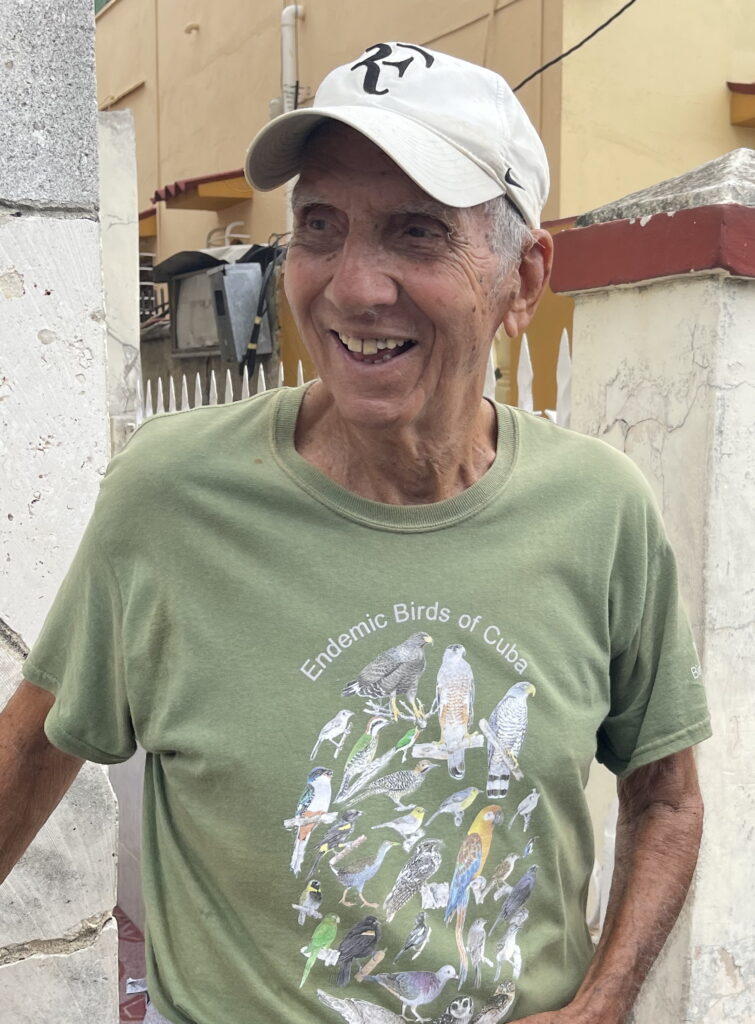
Leaving Dr. Garrido’s home, we found our next adventure — those famous old cars! We rode in a 1954 Chevrolet Bel-Air Cabriolet – the same age as Karen!
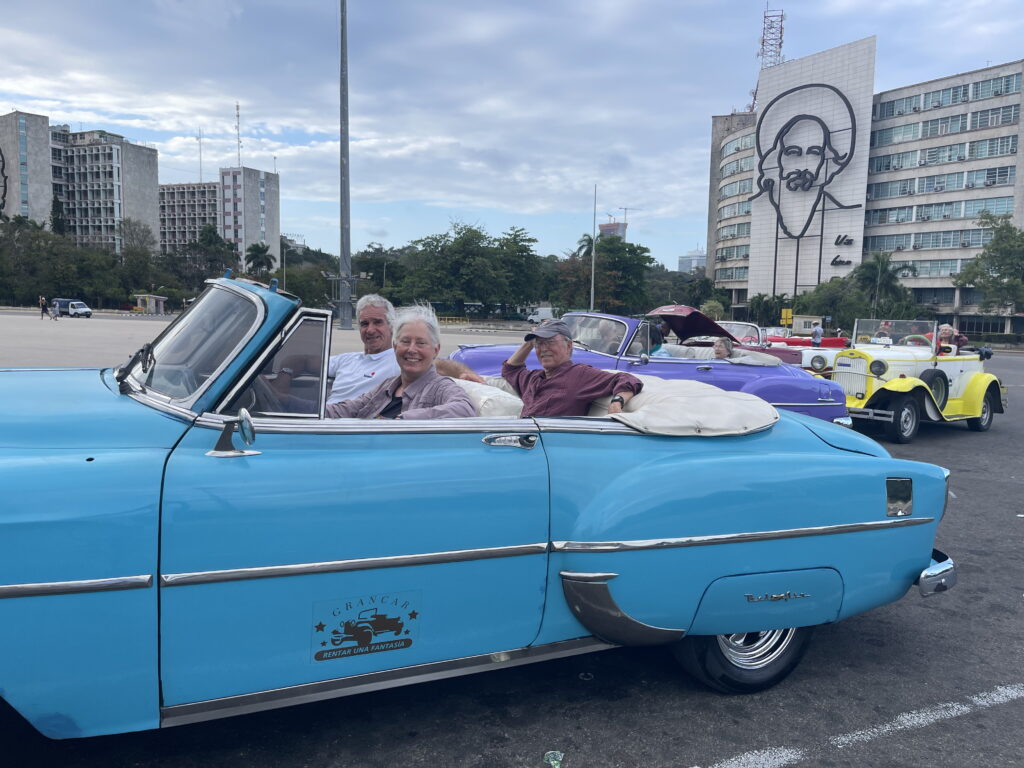
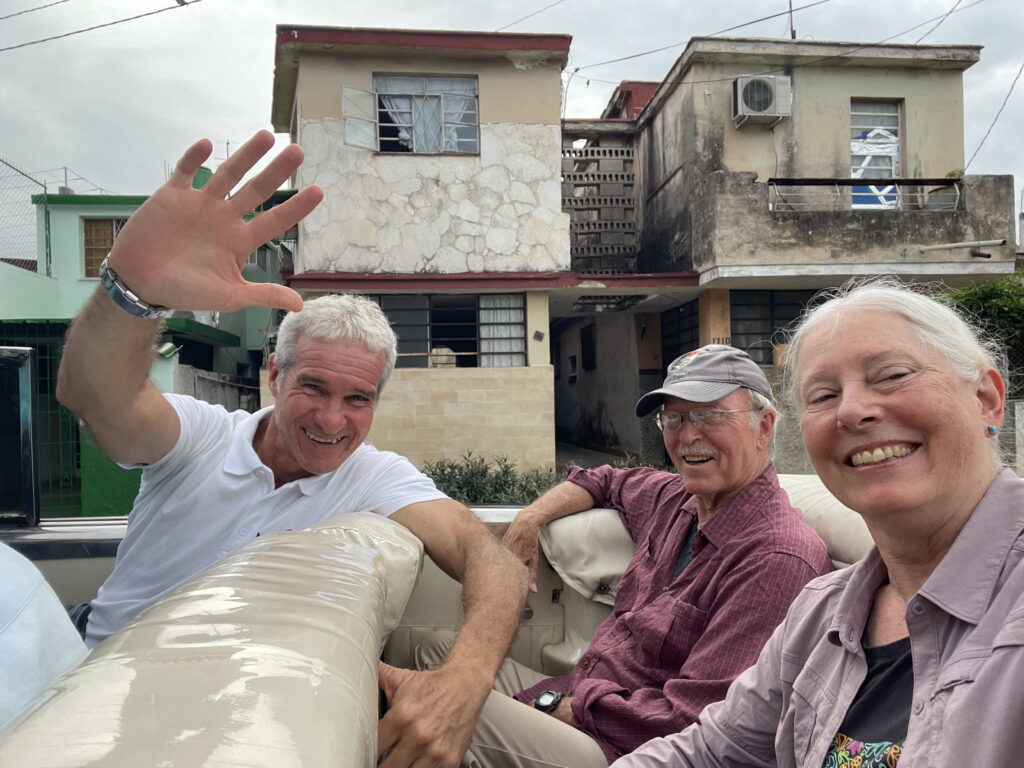
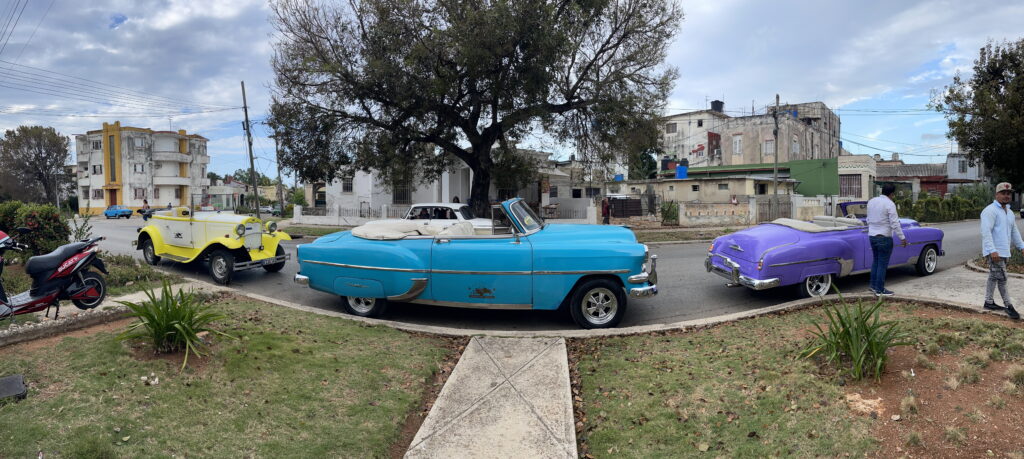
Our ride ended in Plaza de la Revolucion, a fitting place to wrap up our tour of this interesting country.
